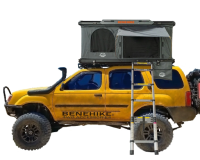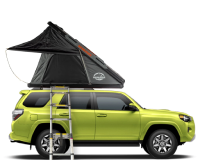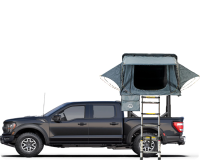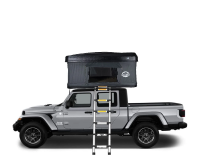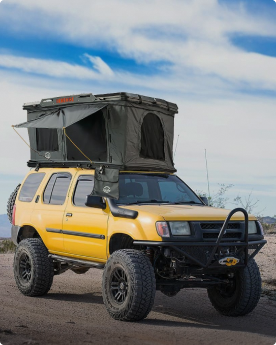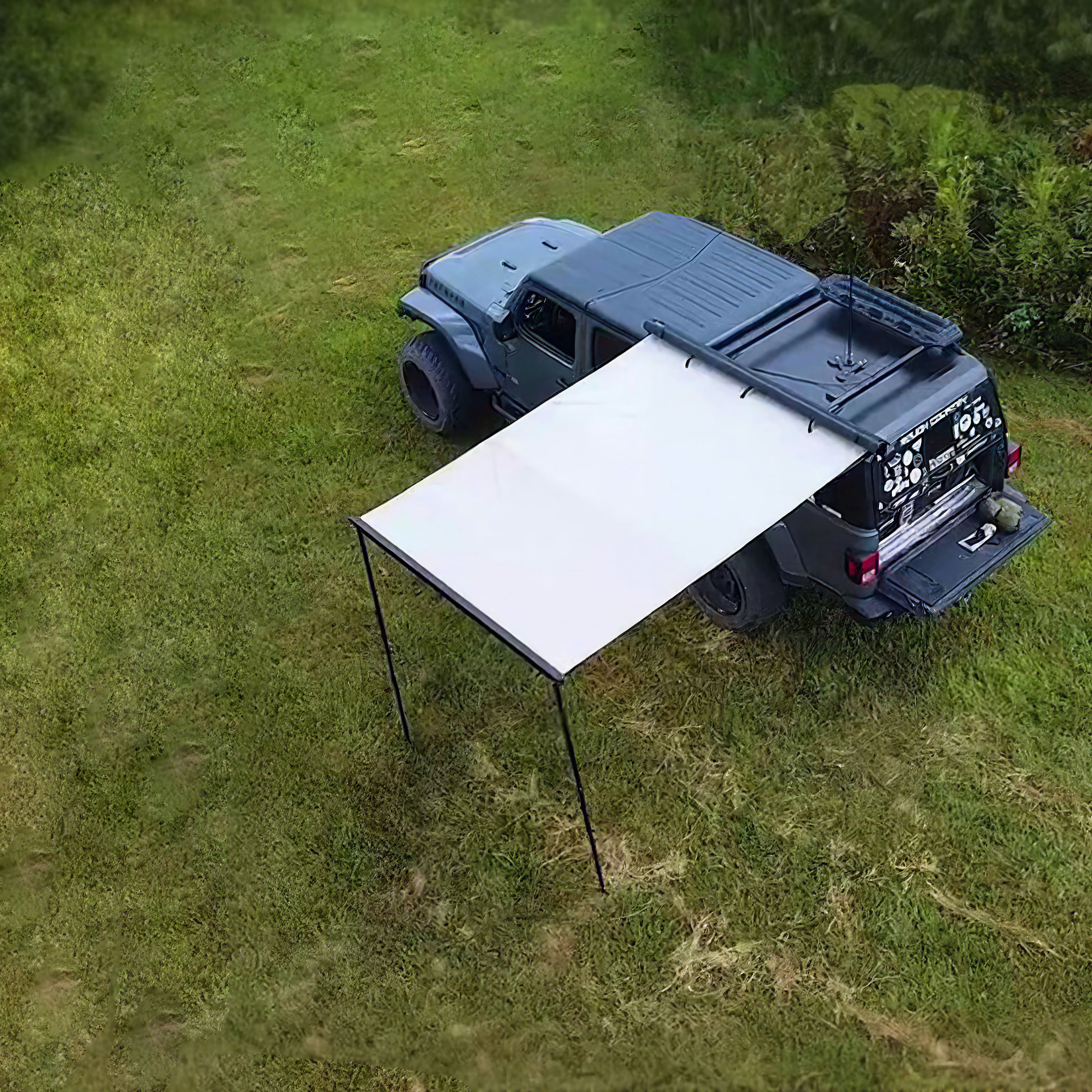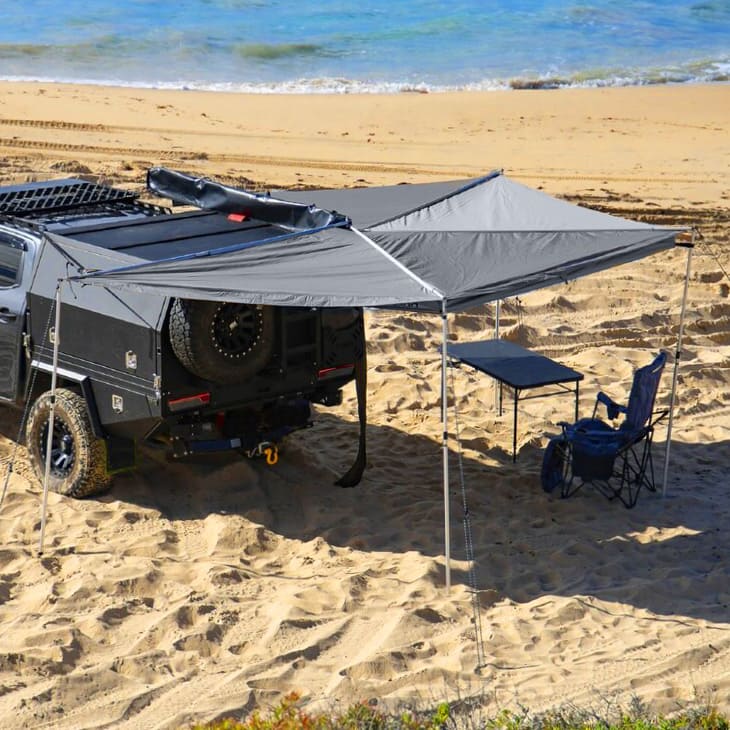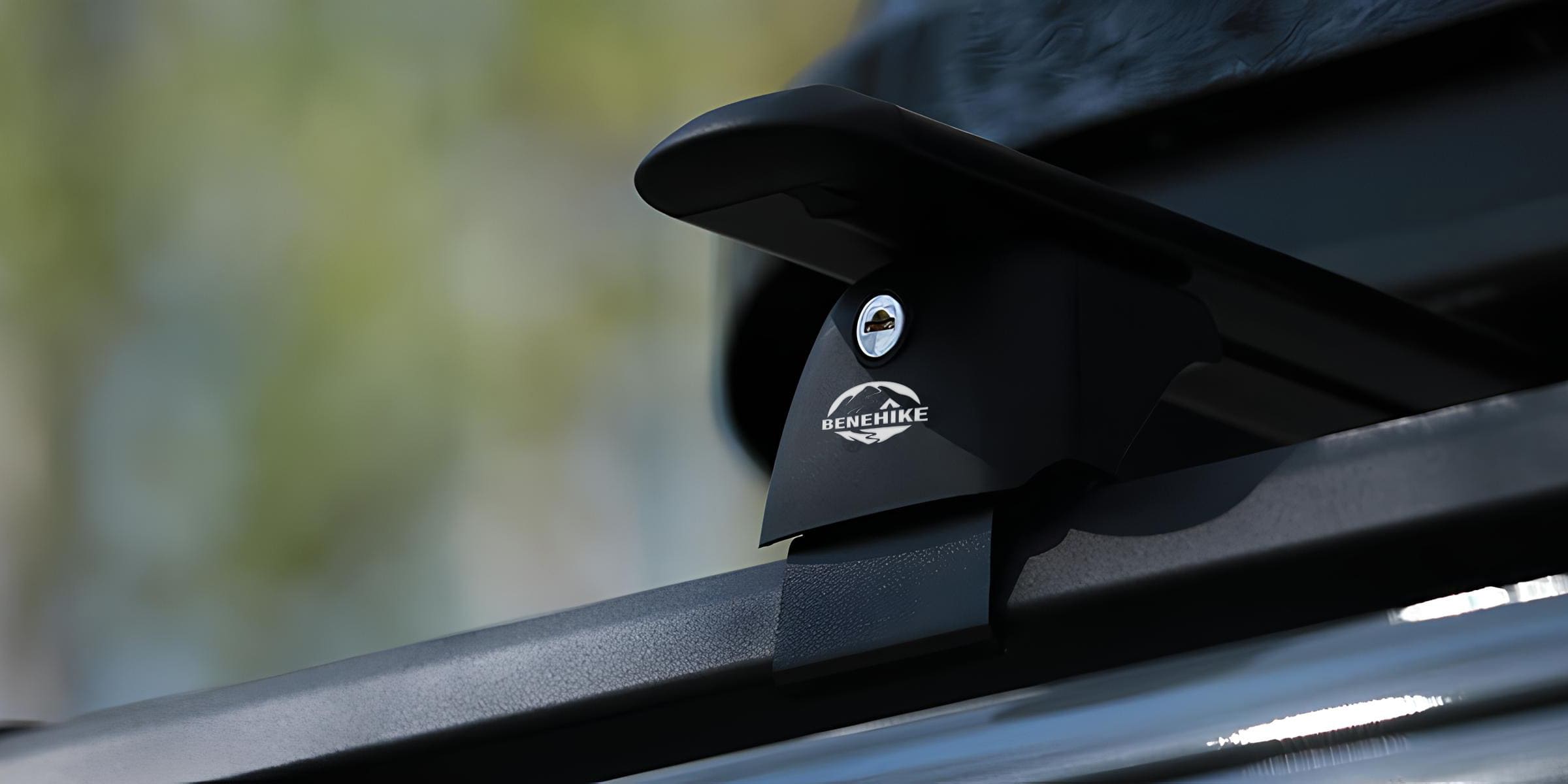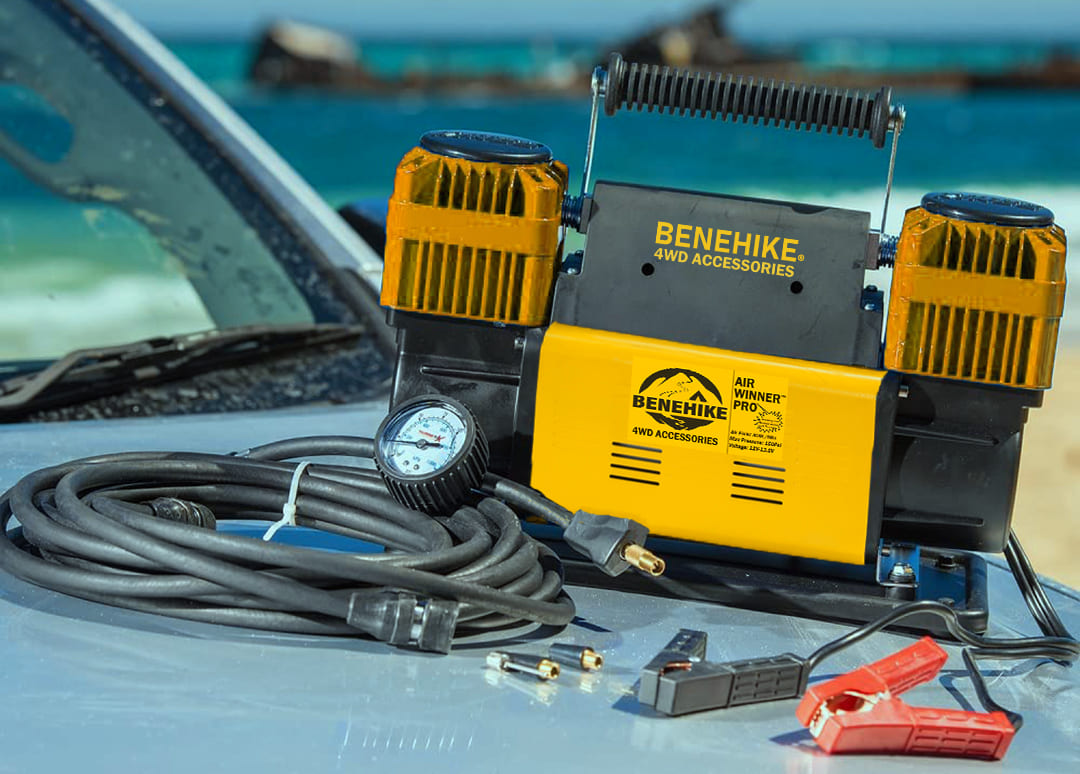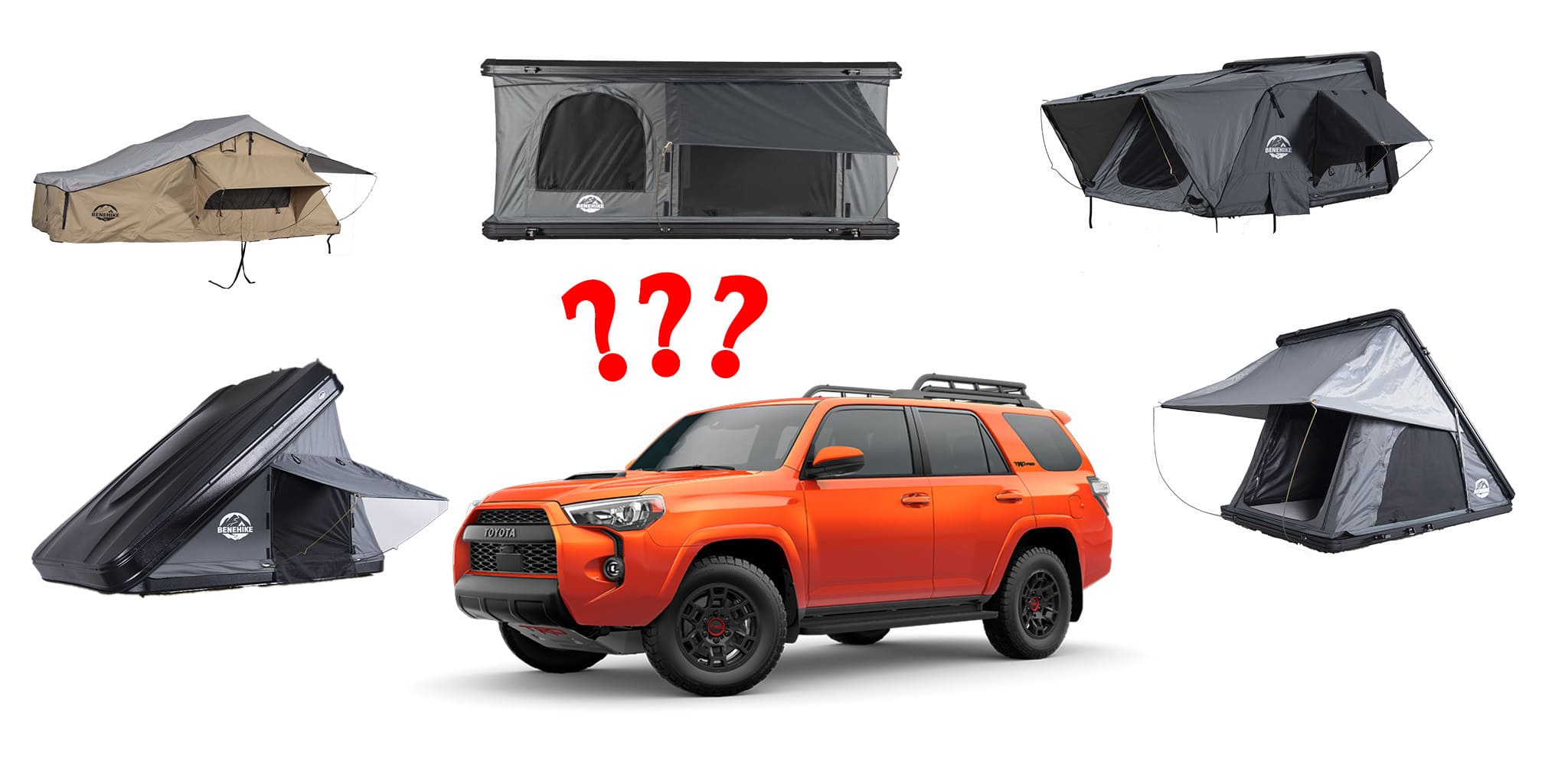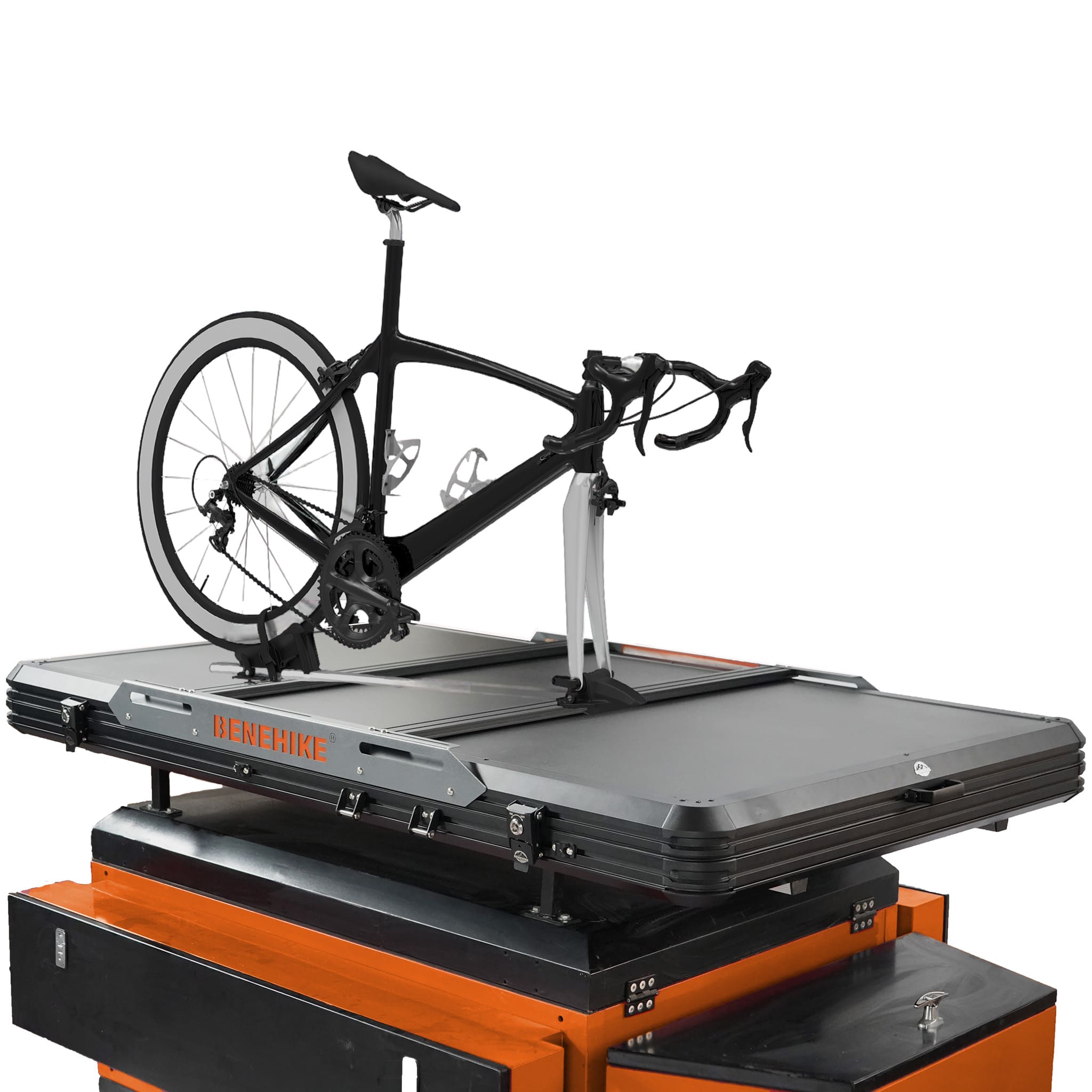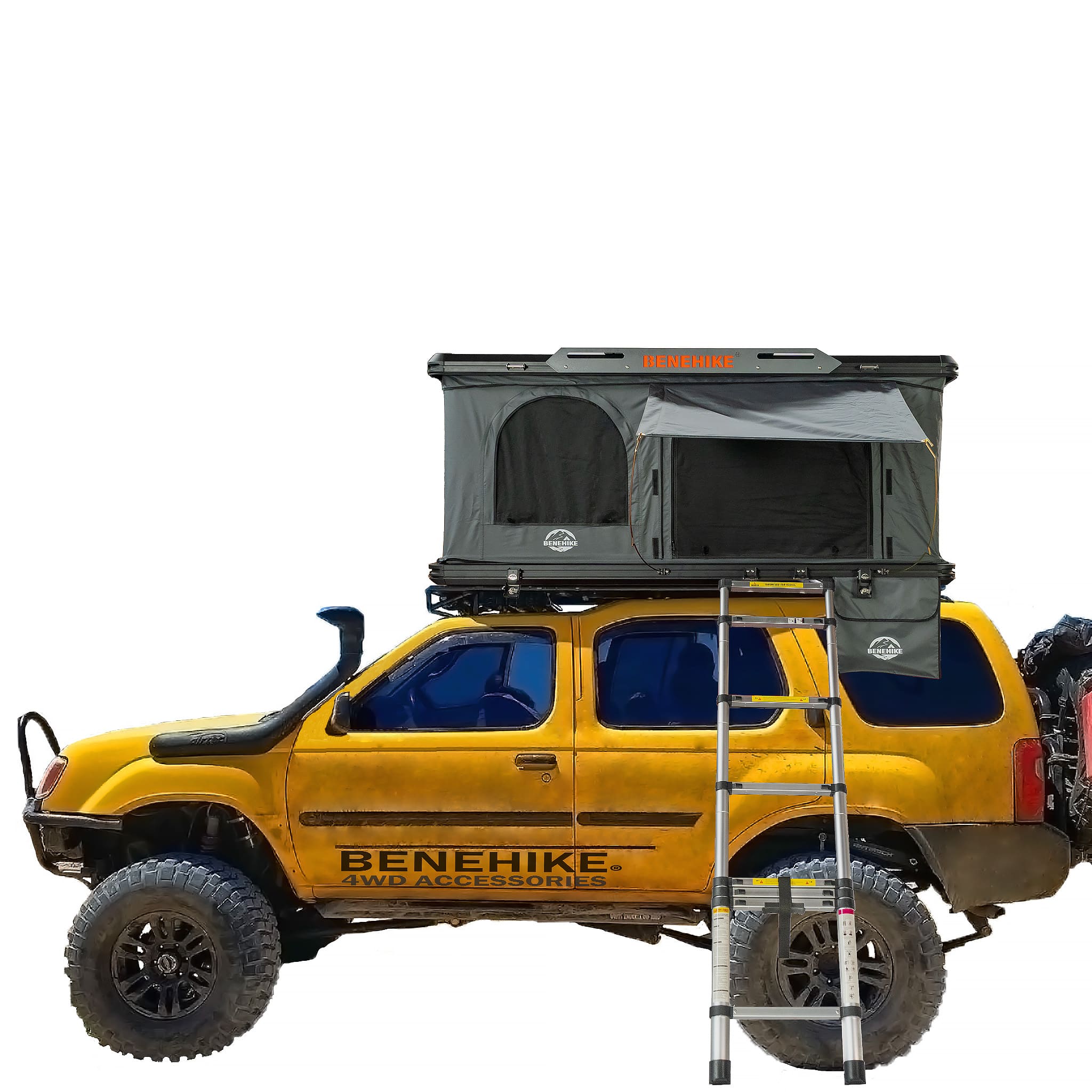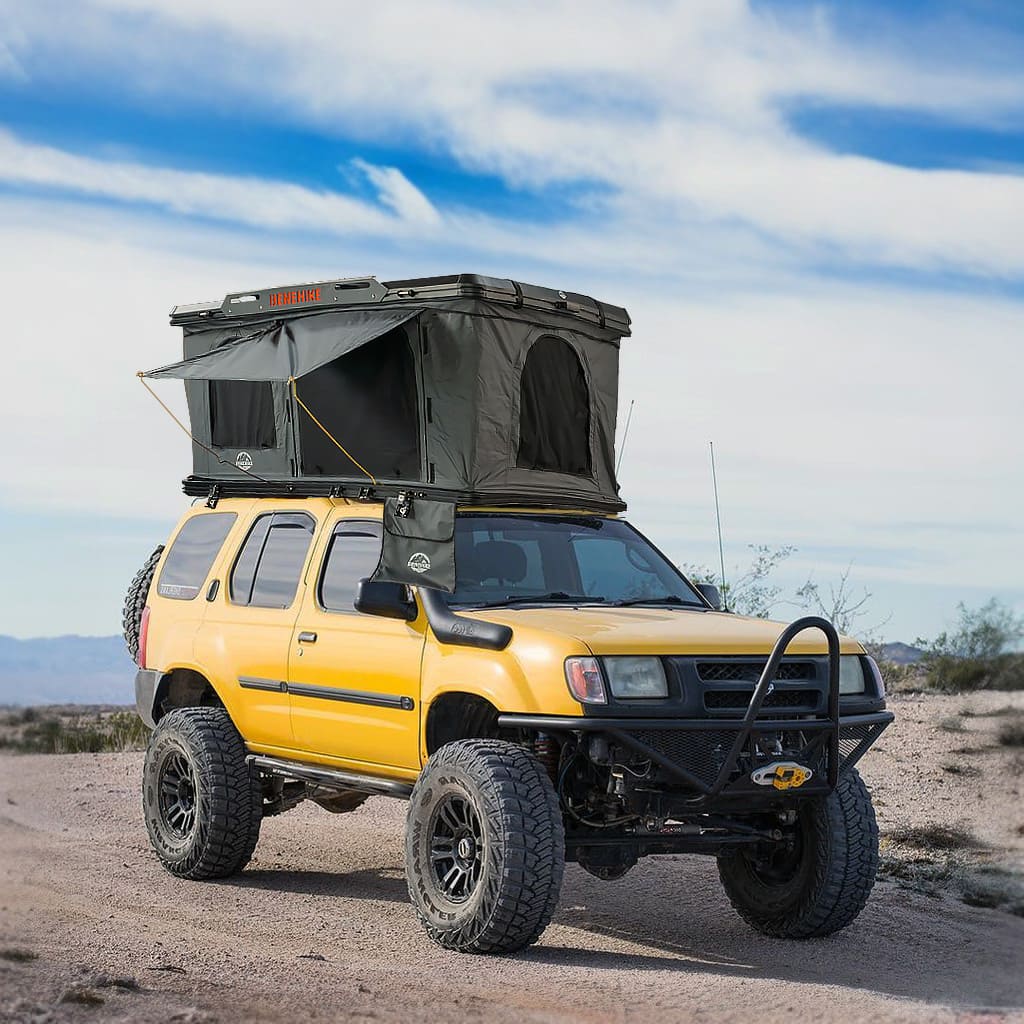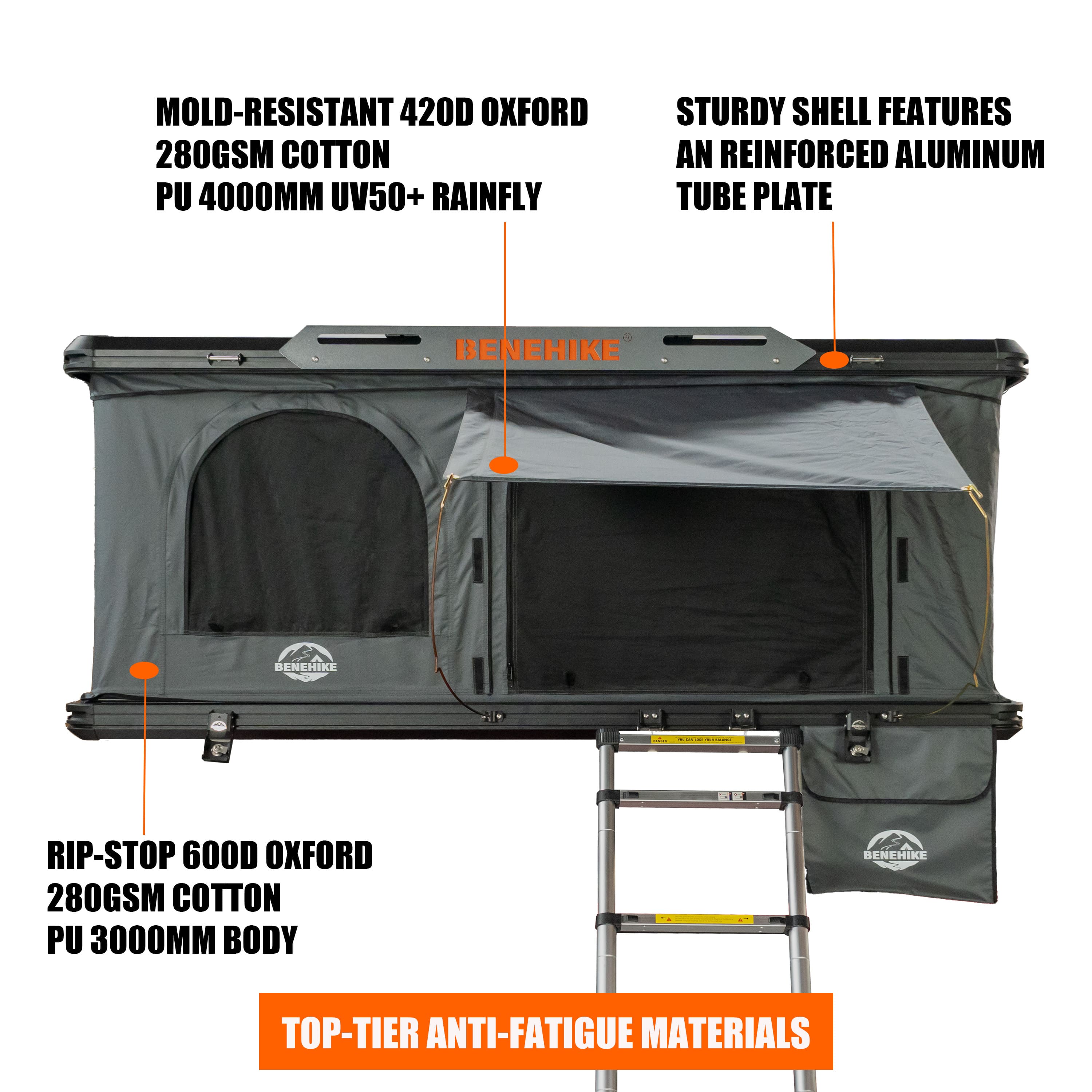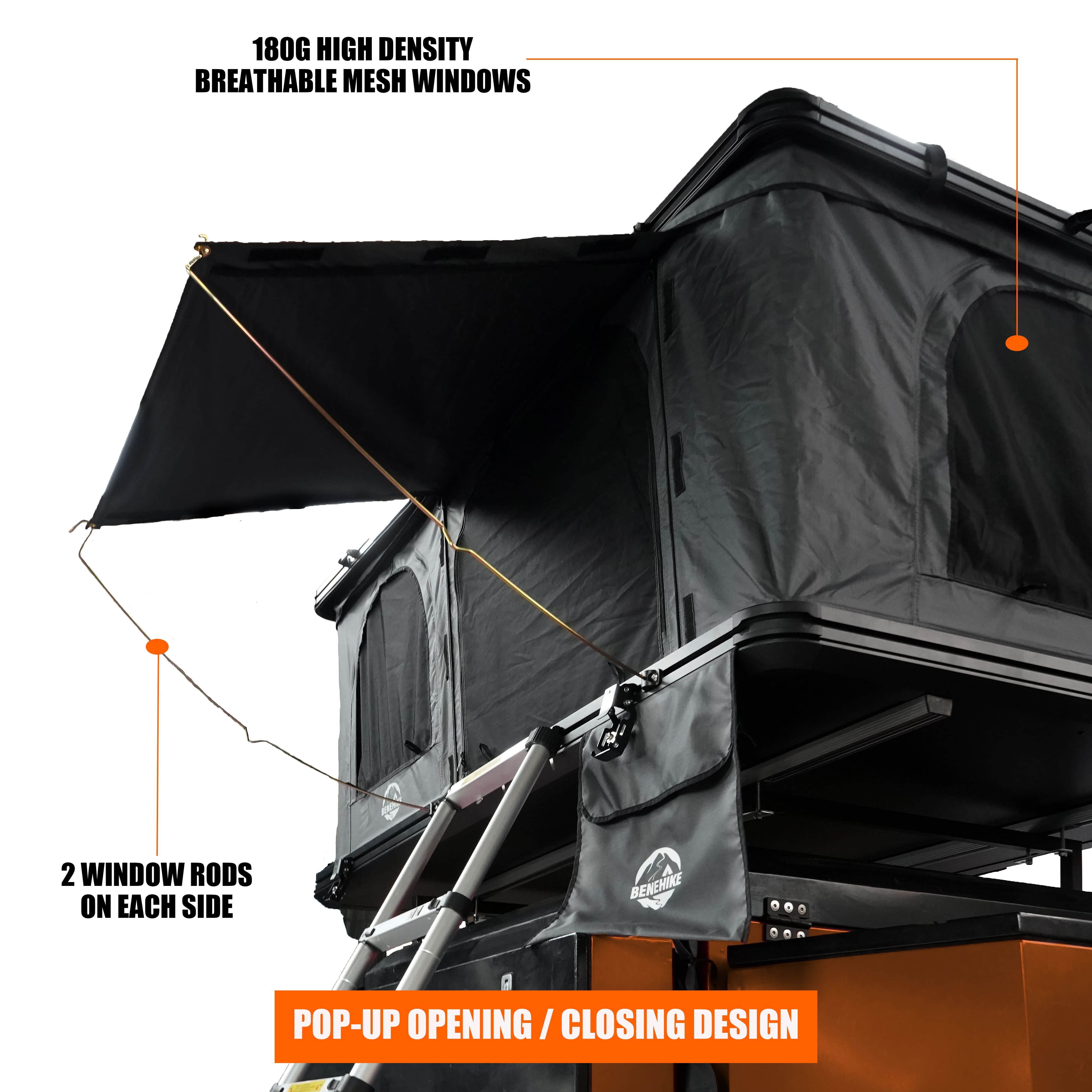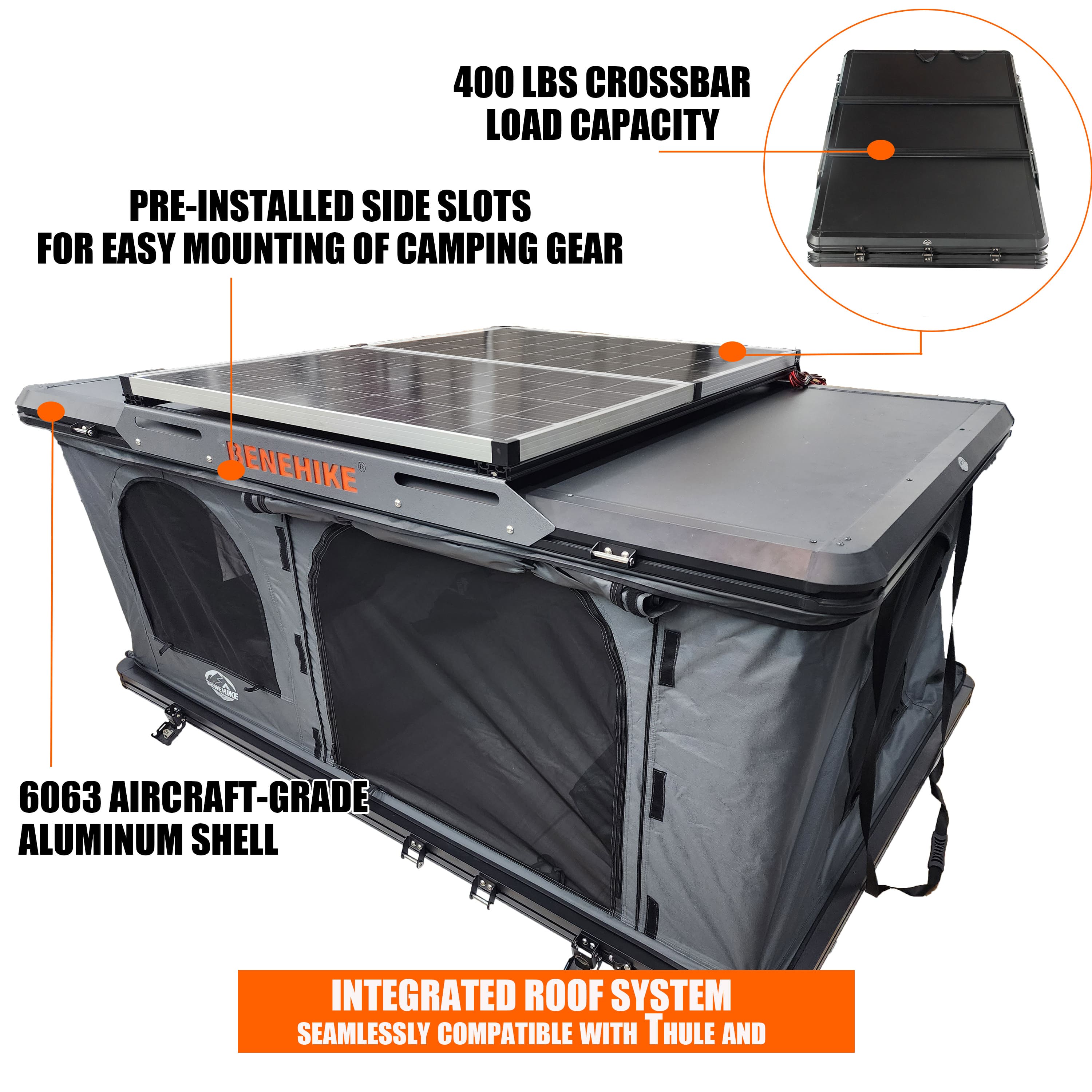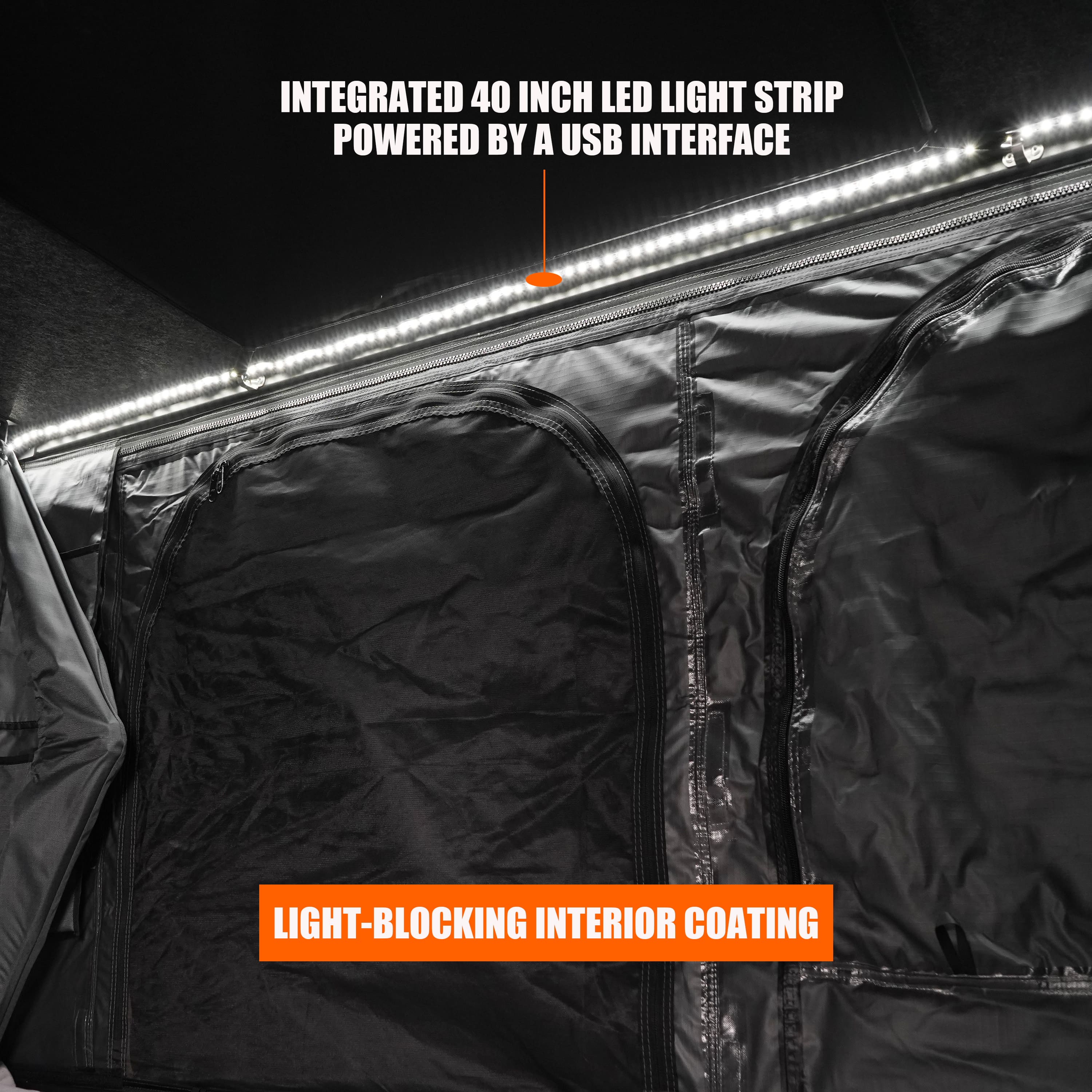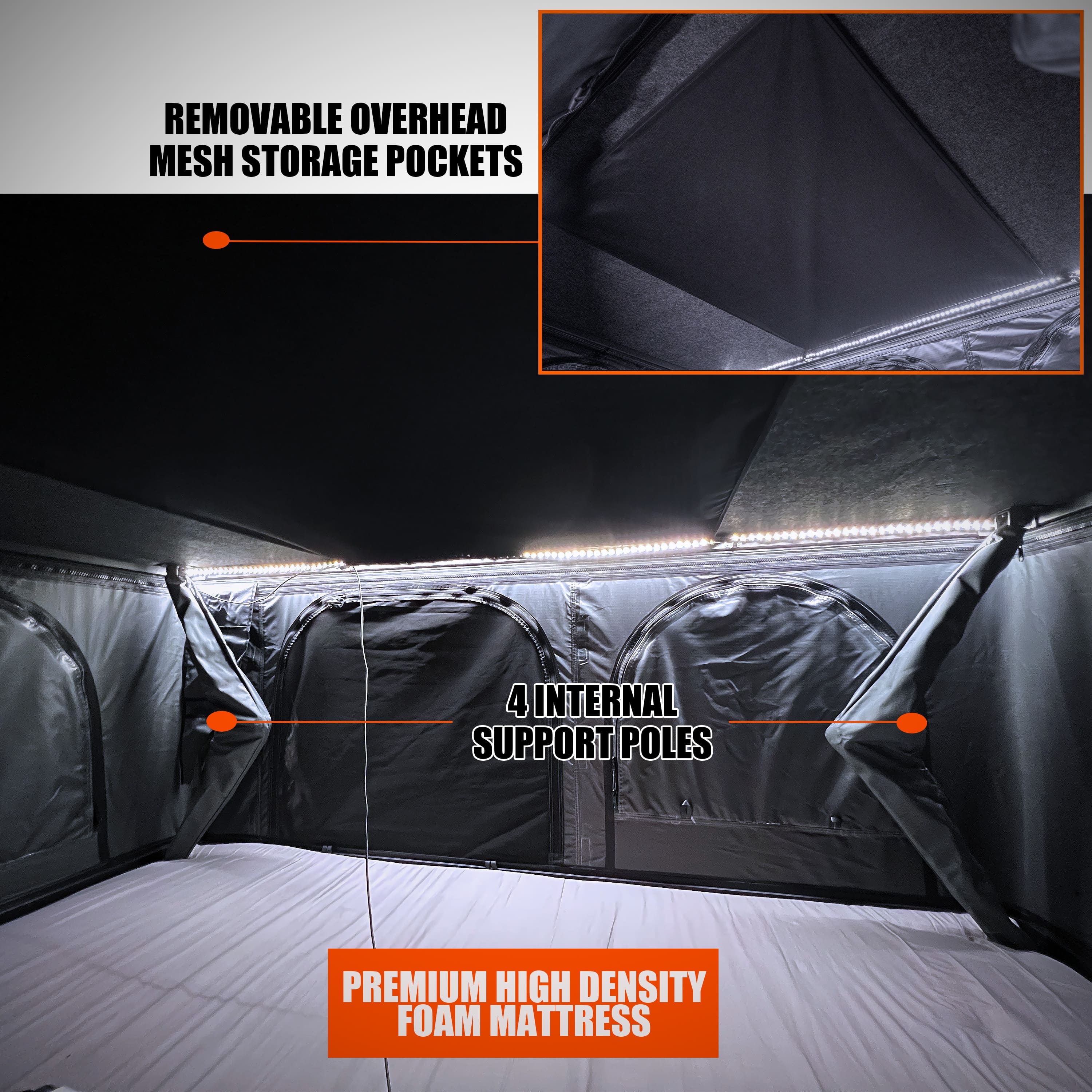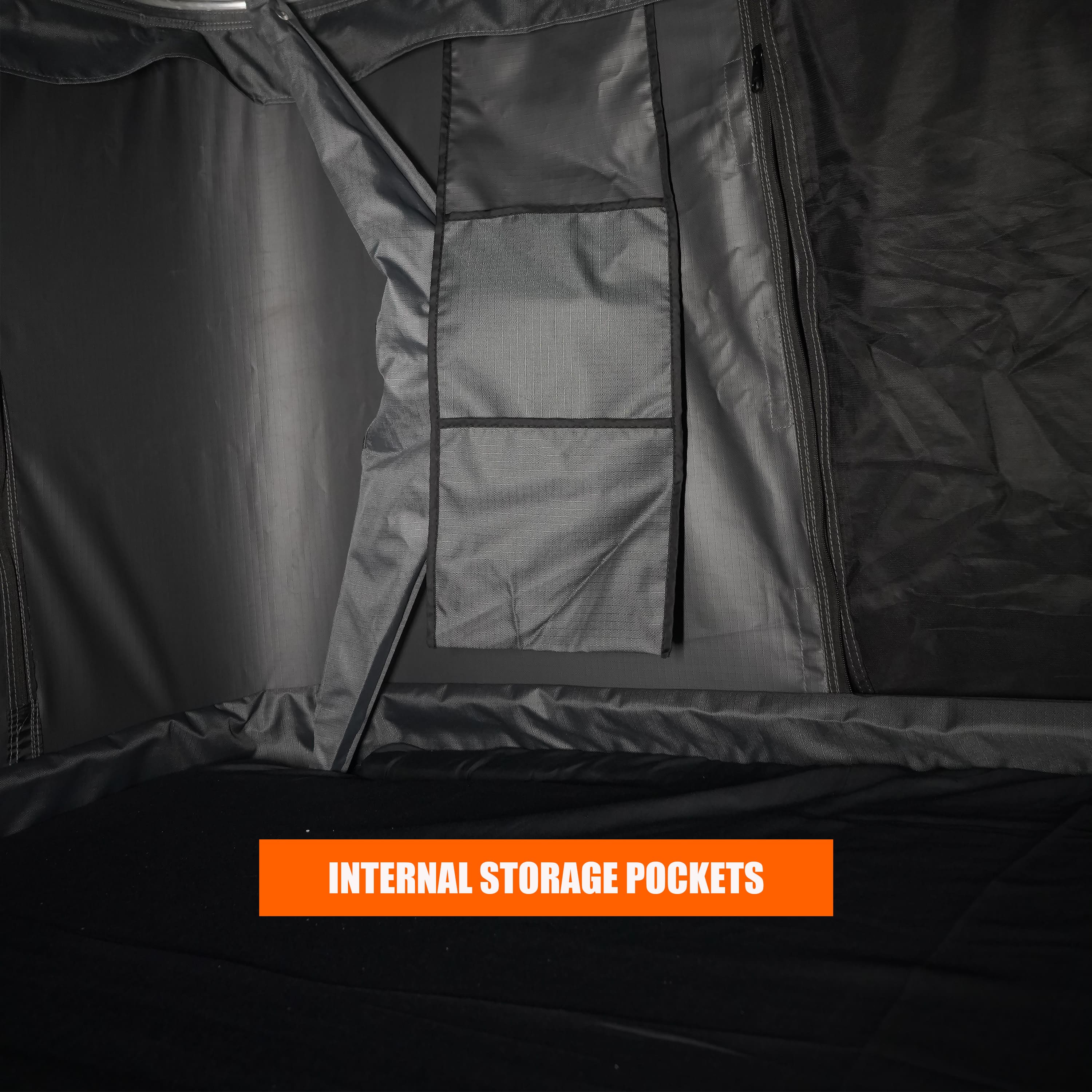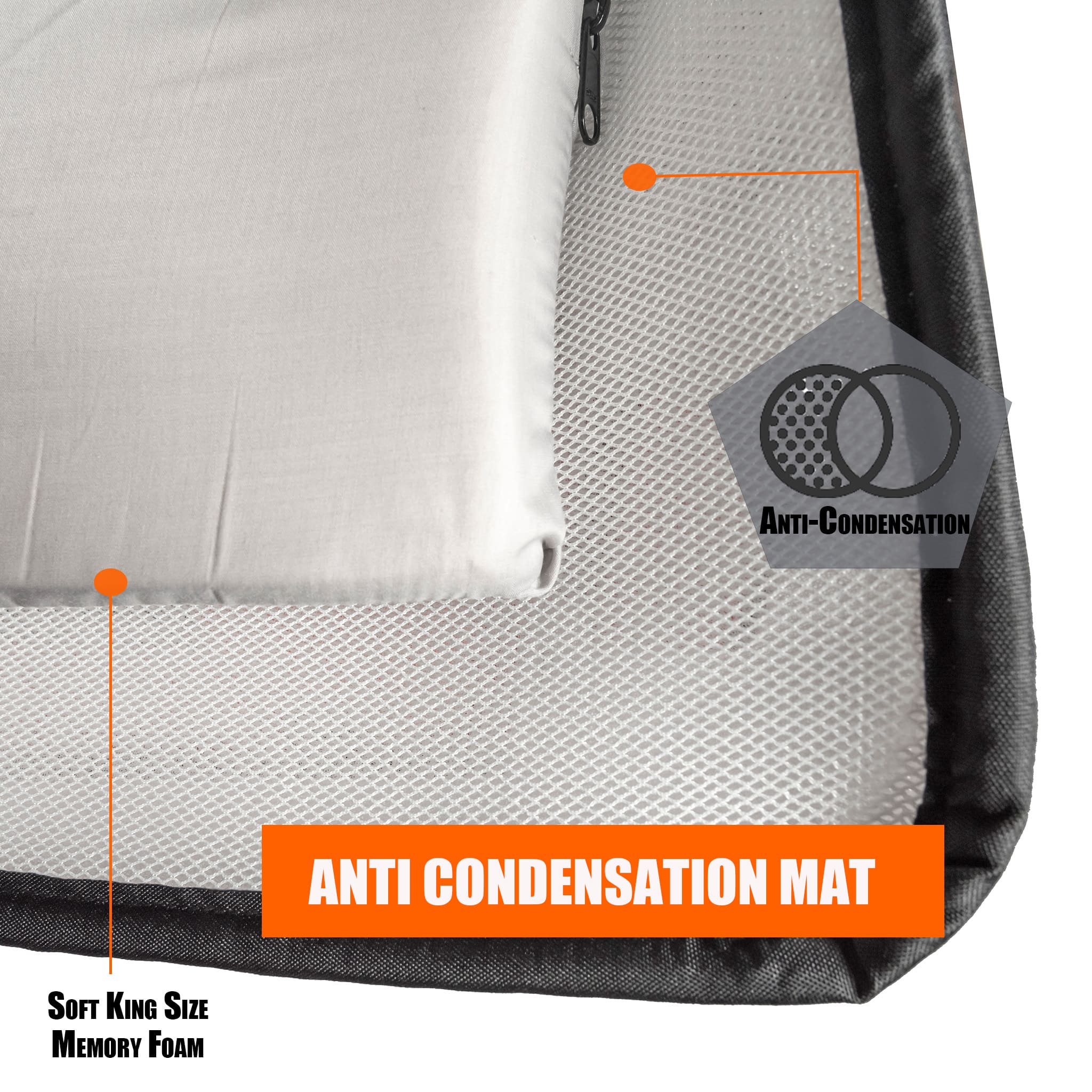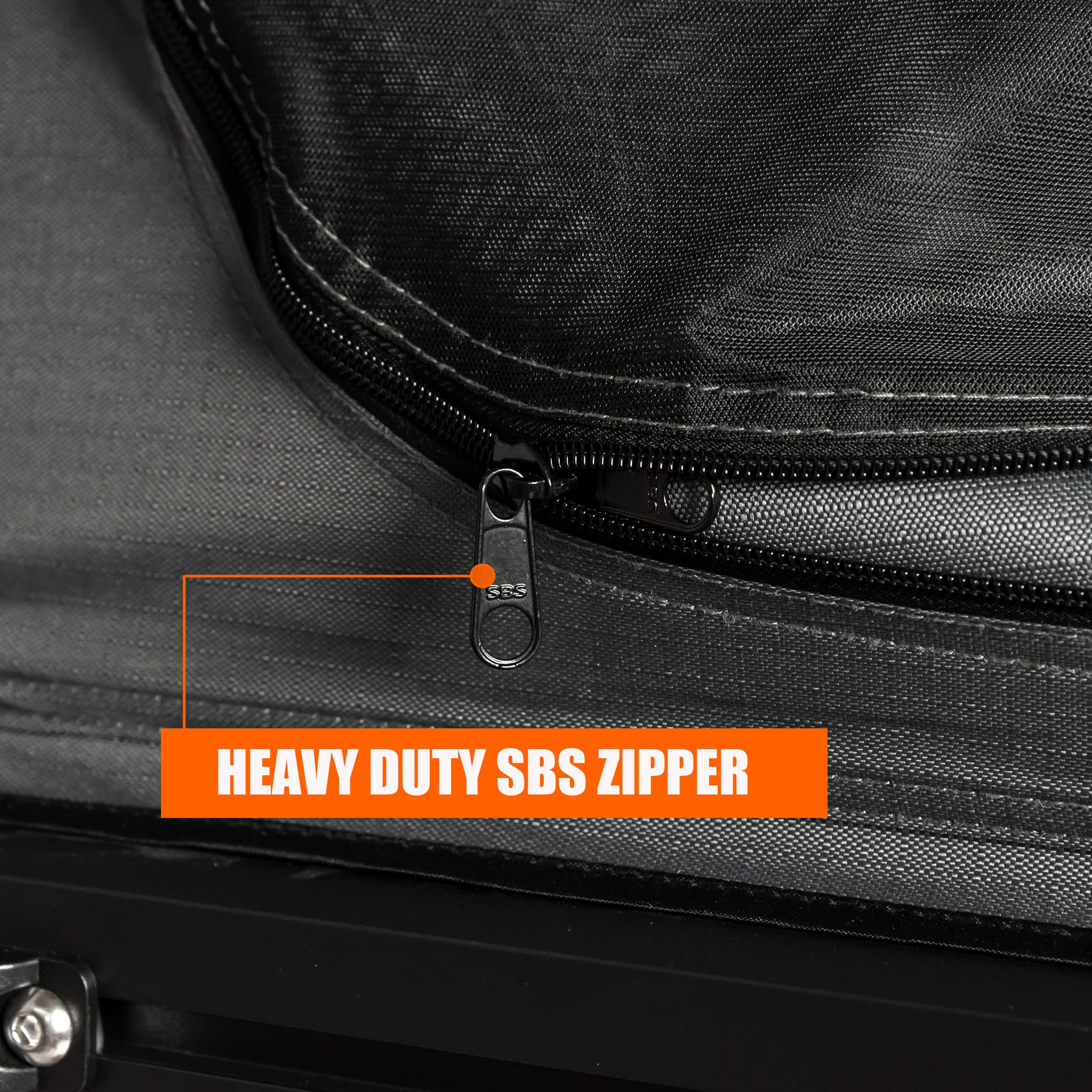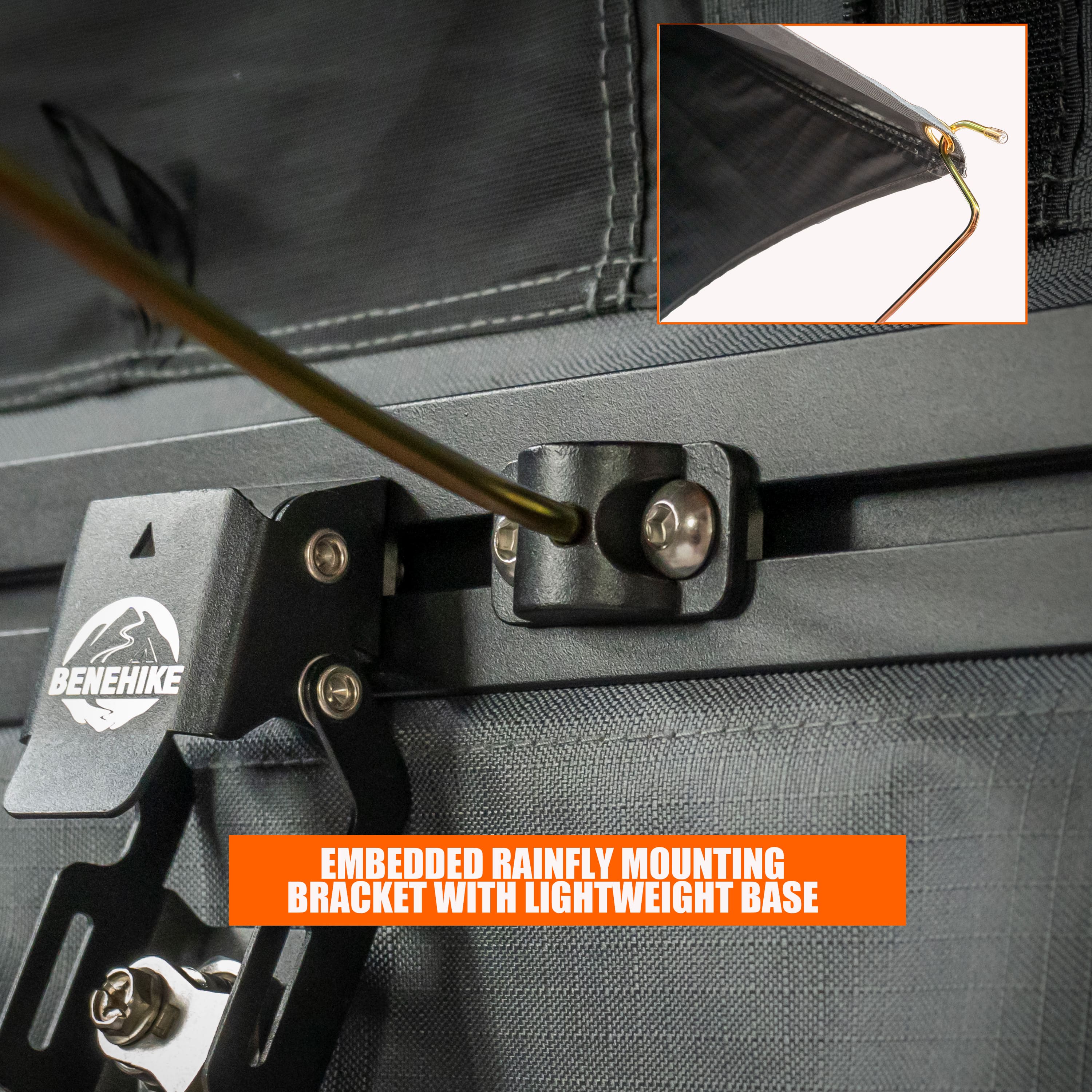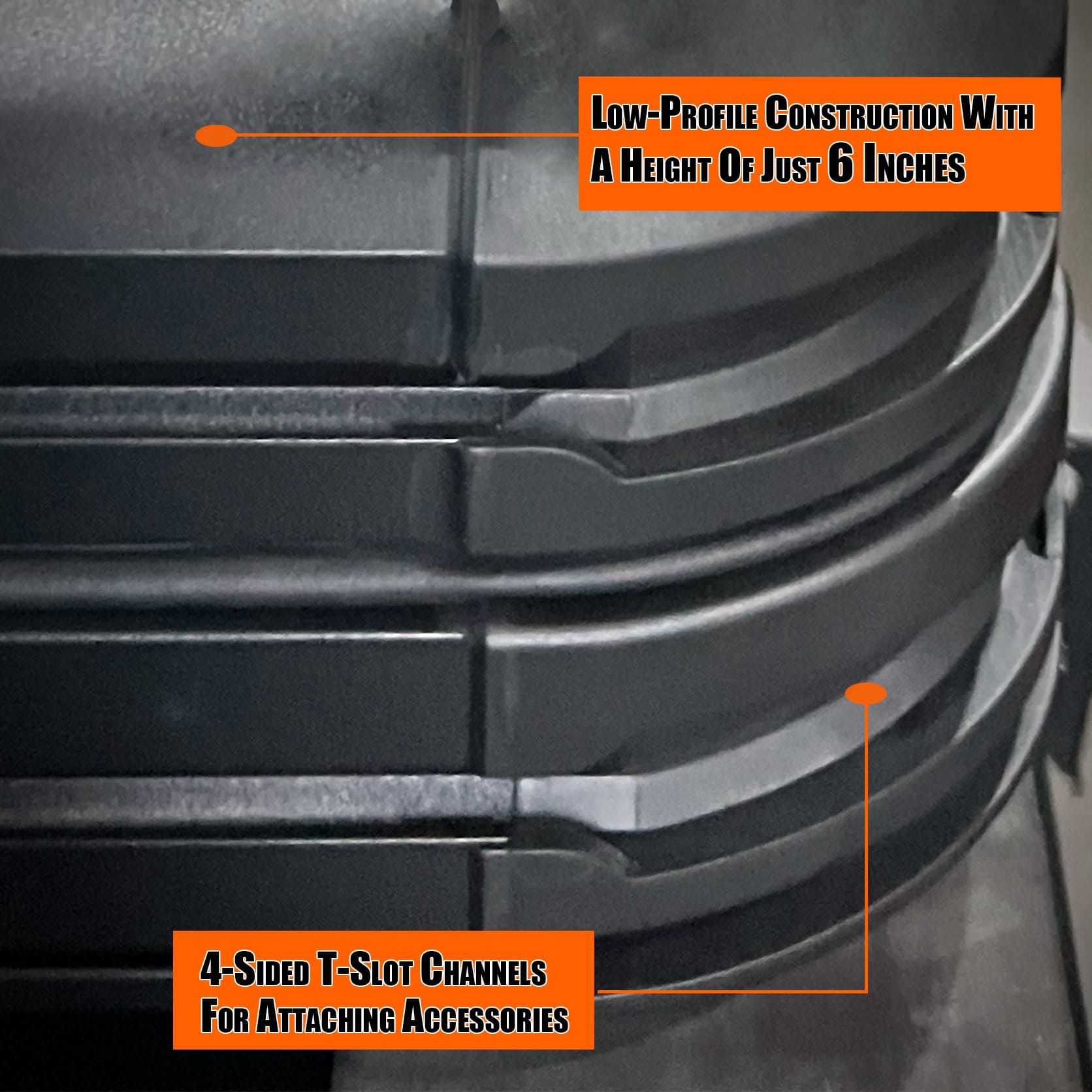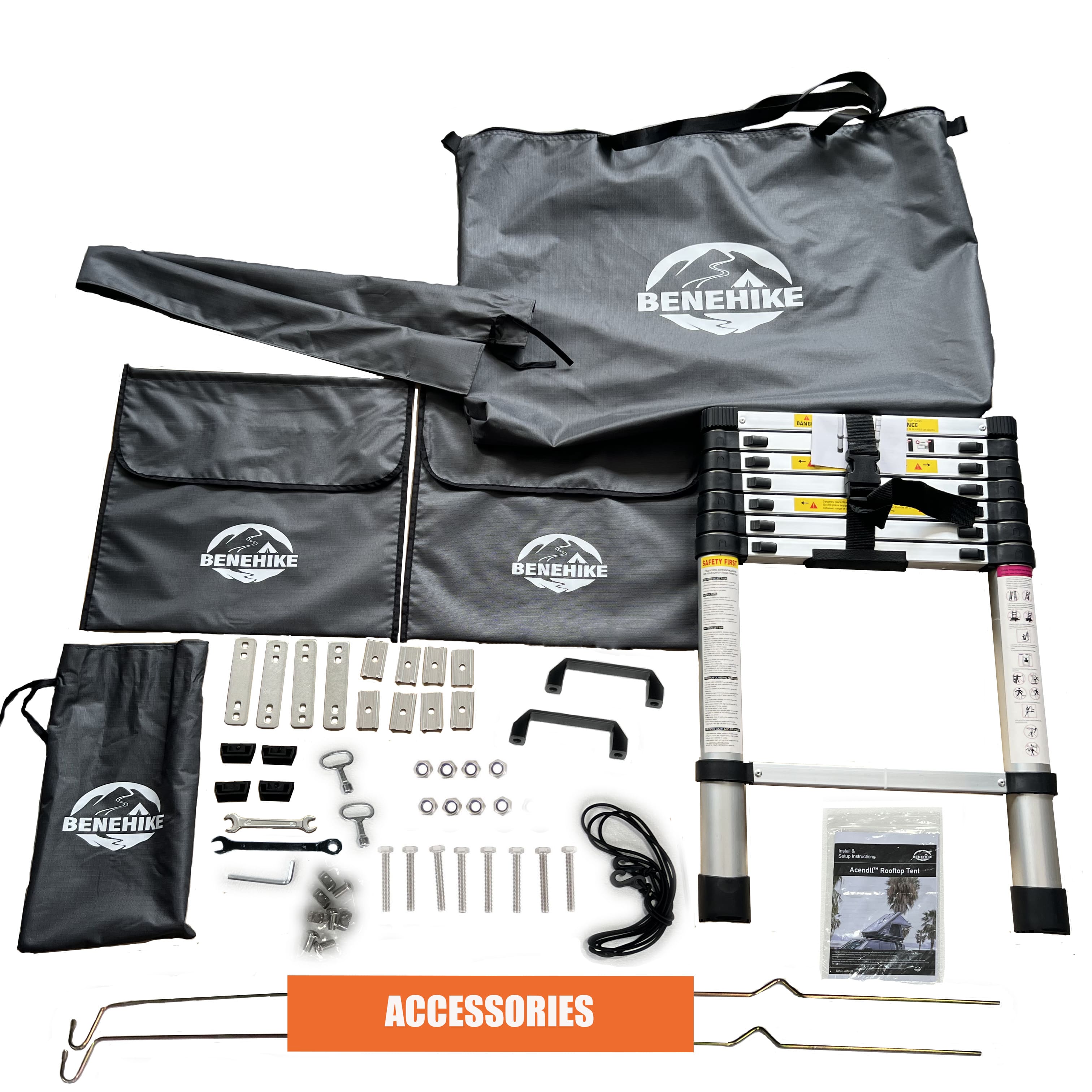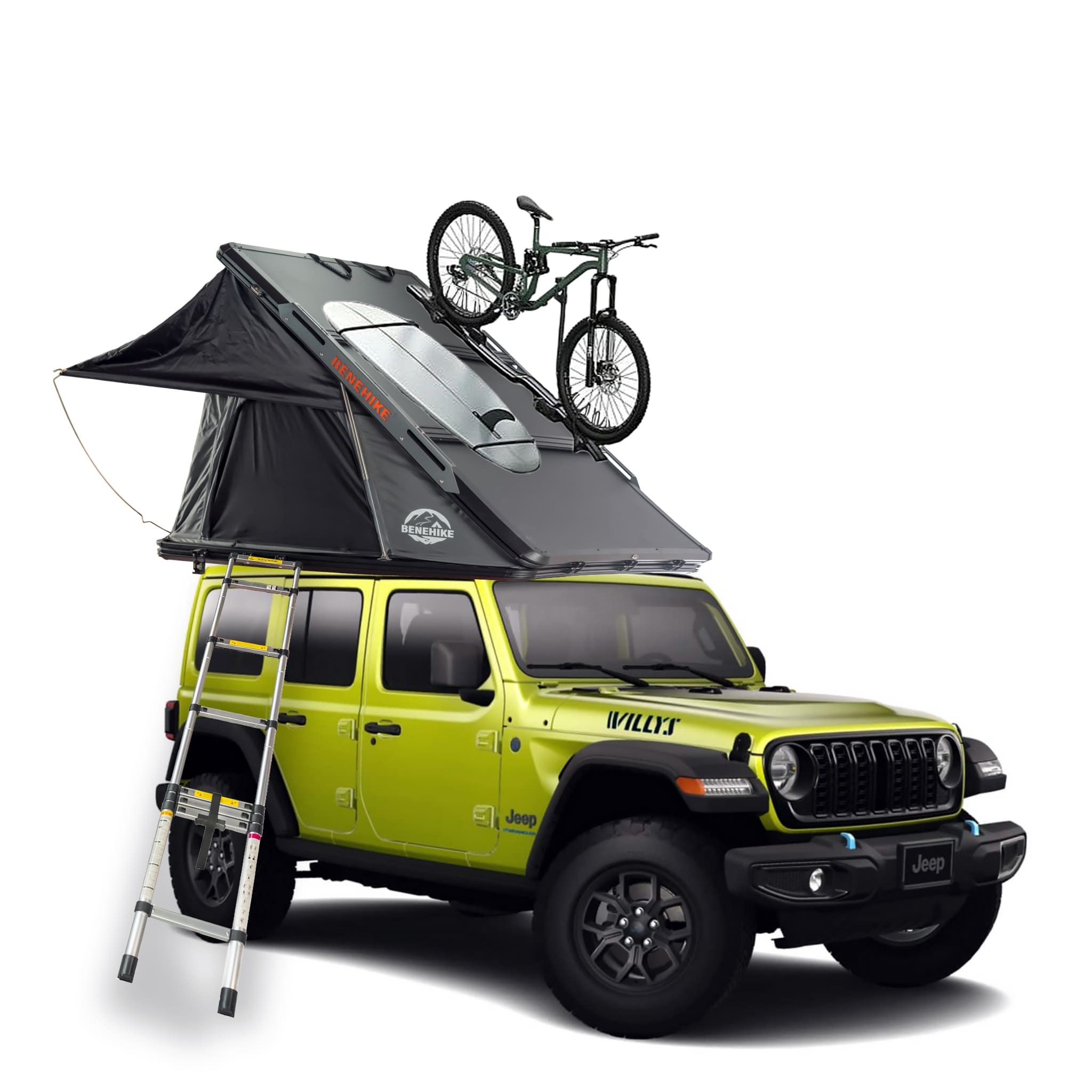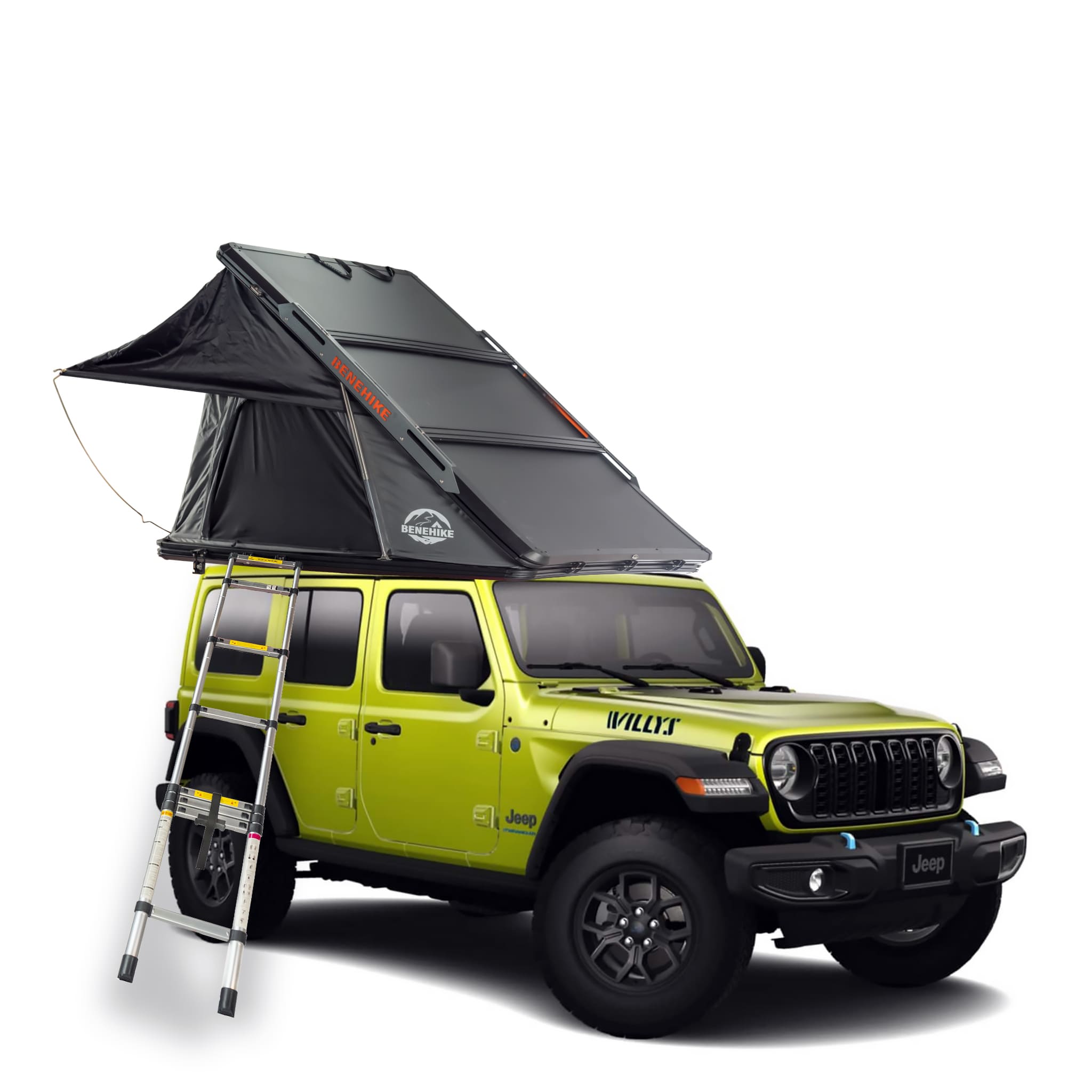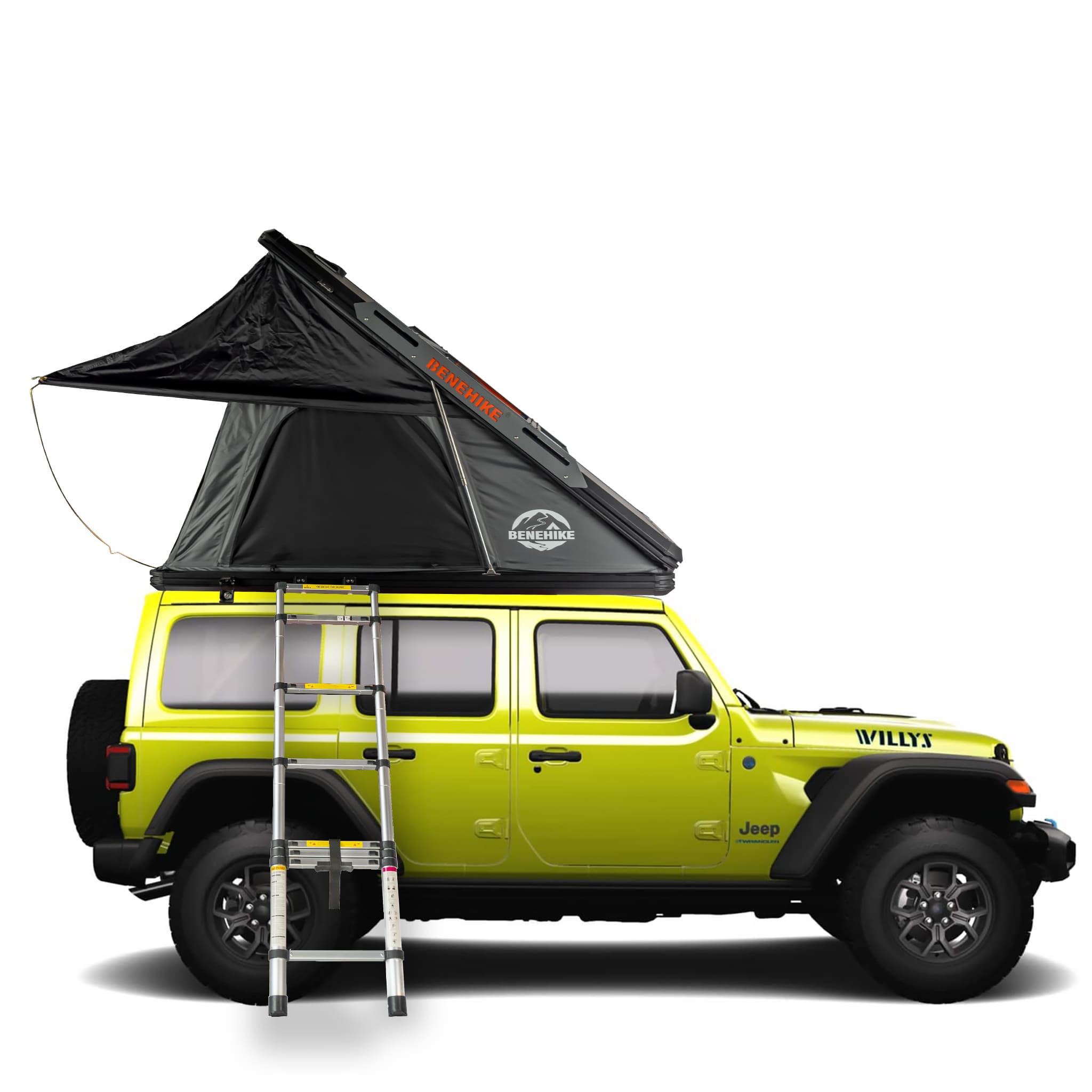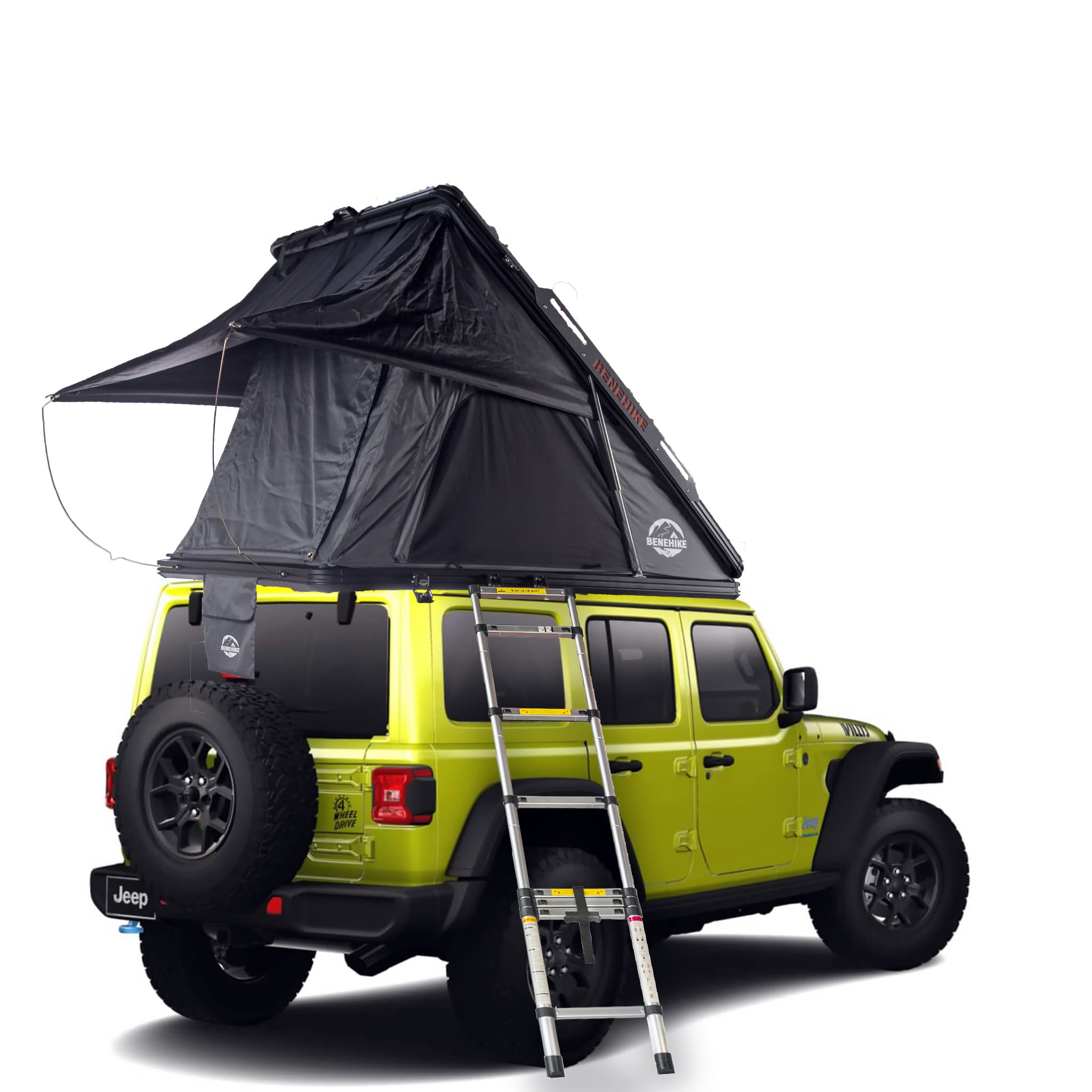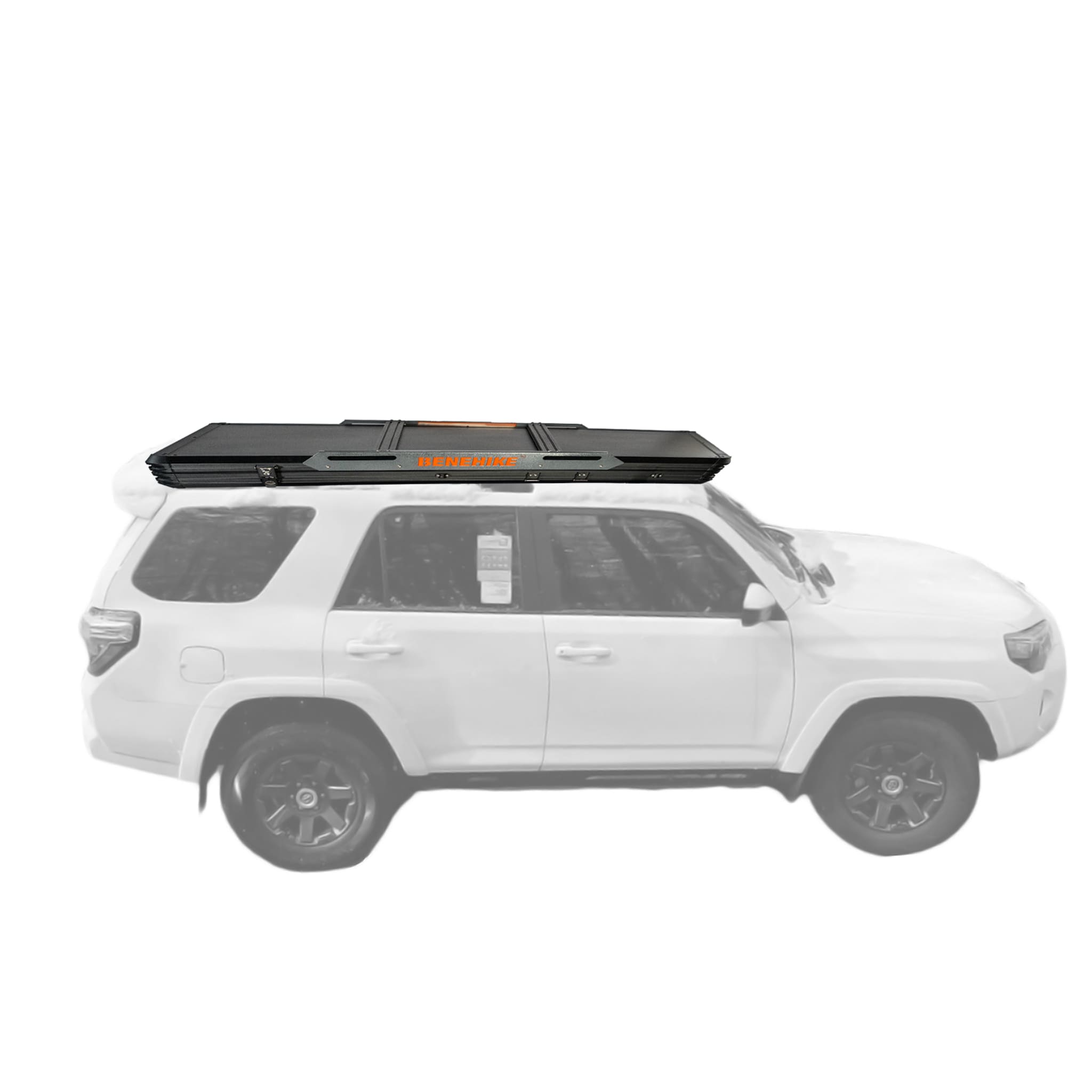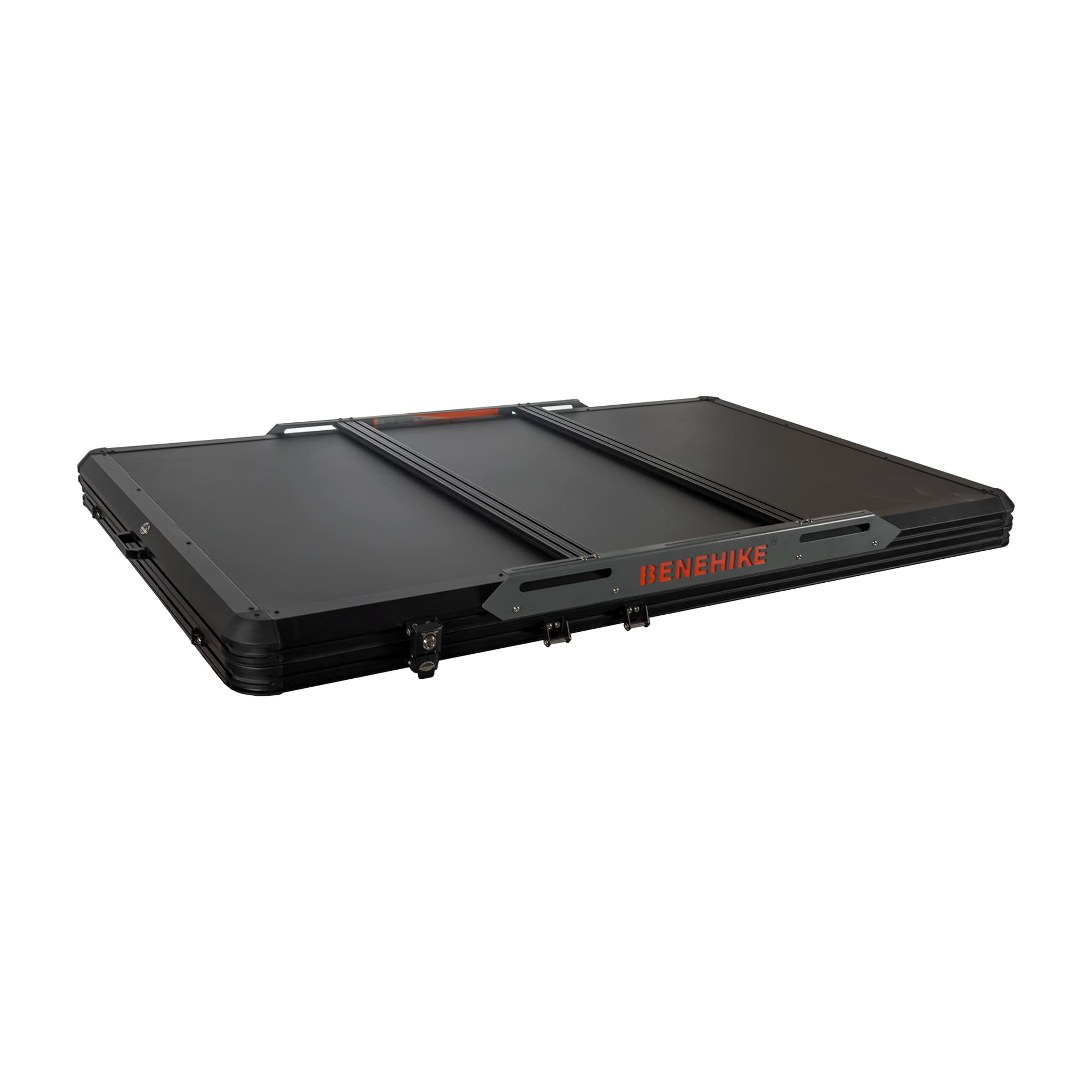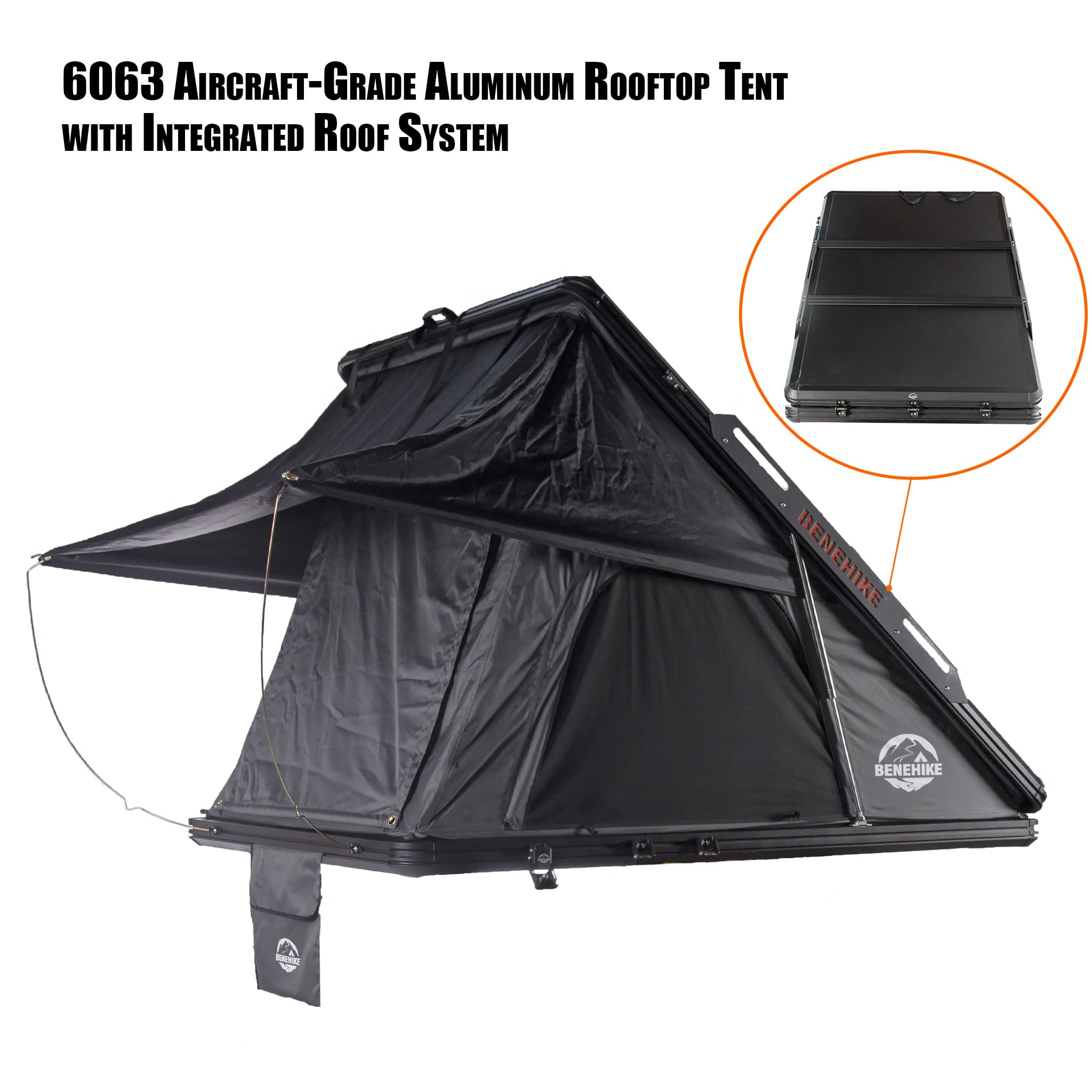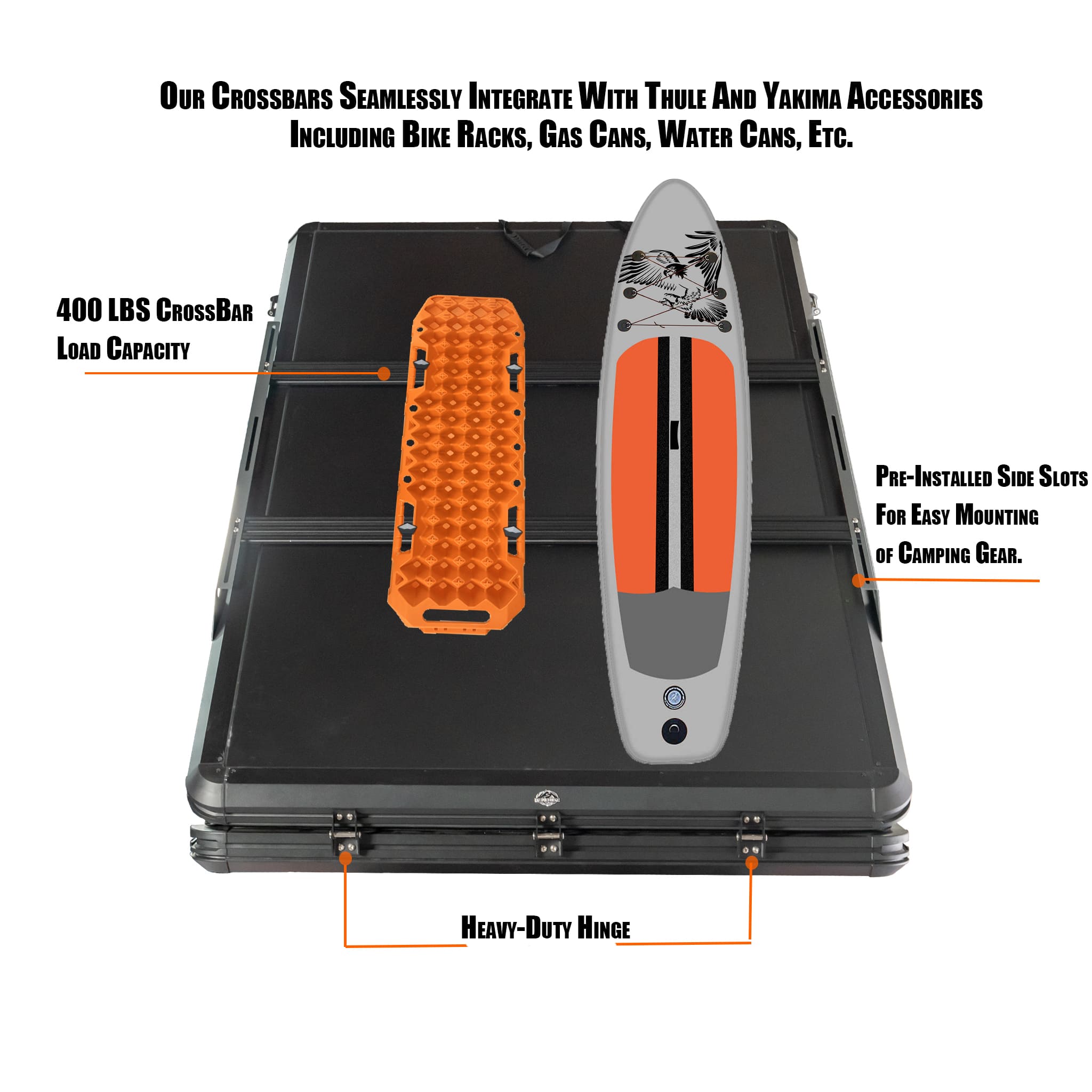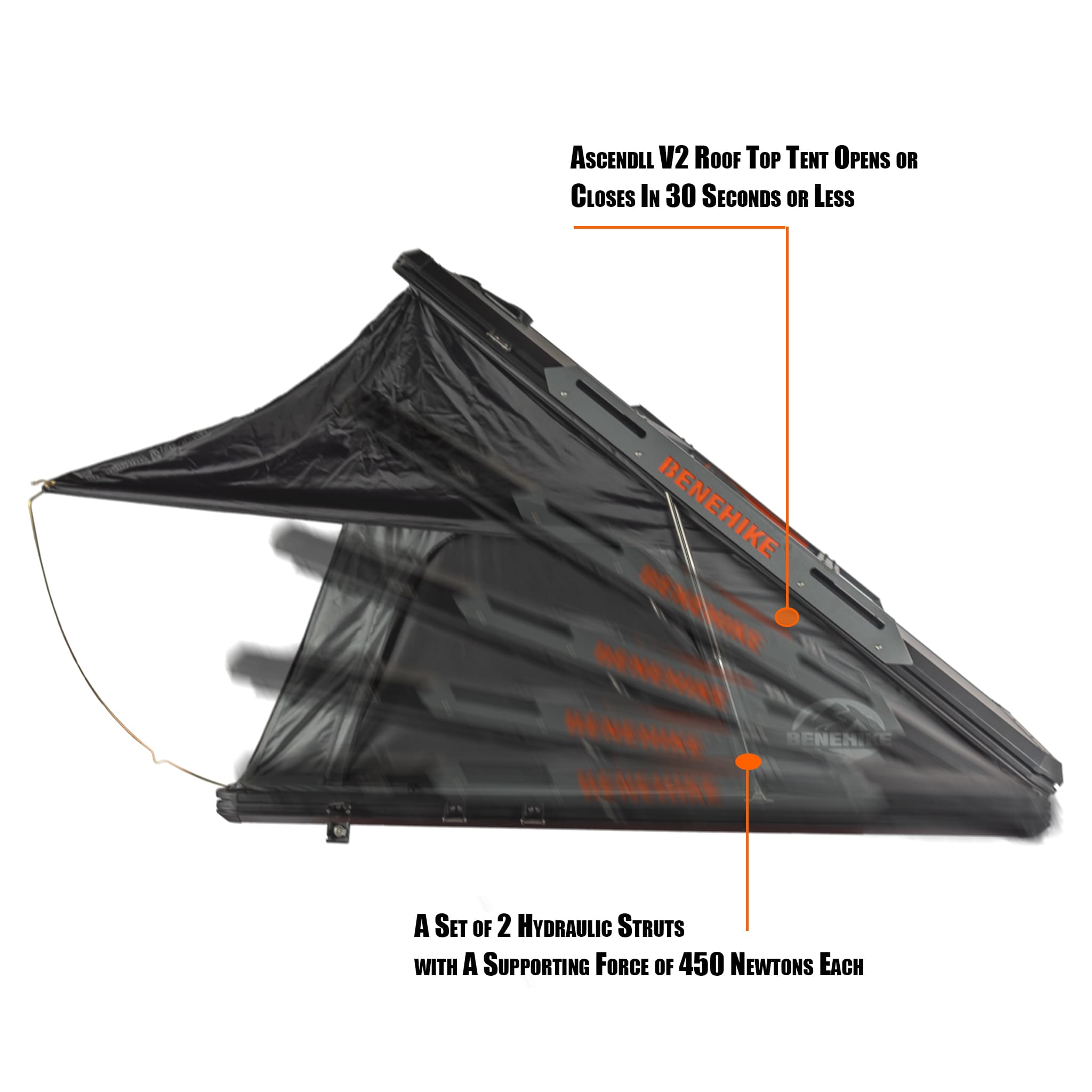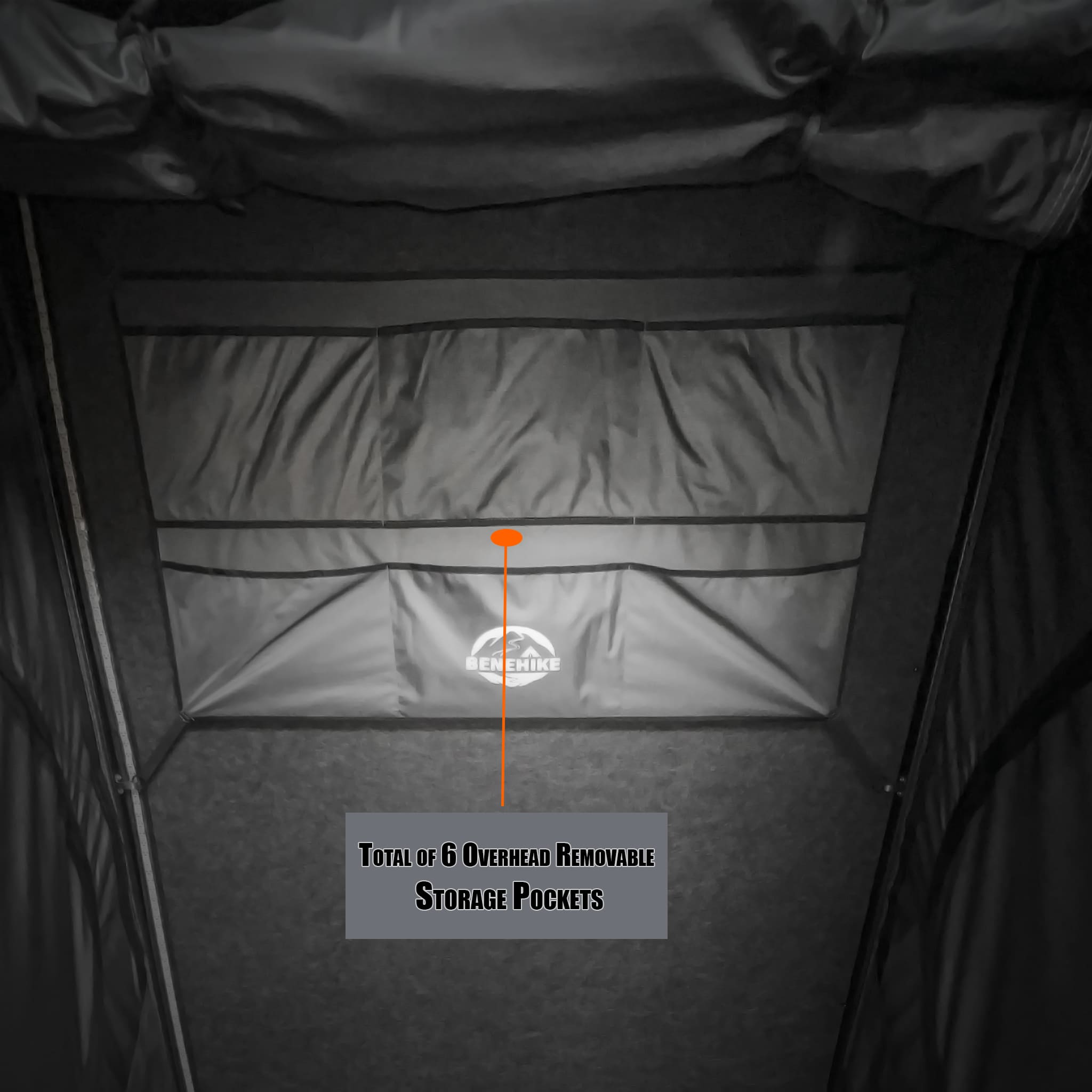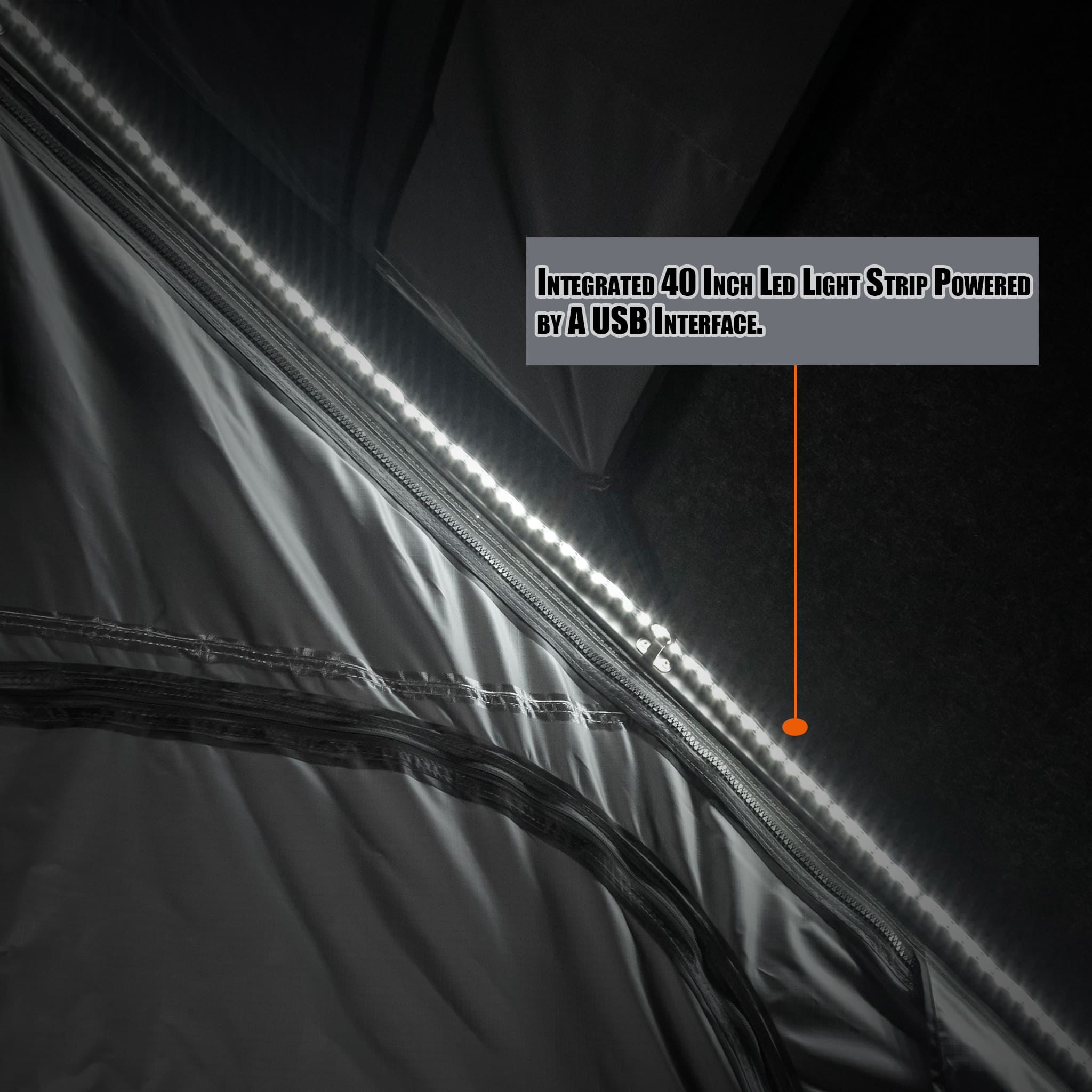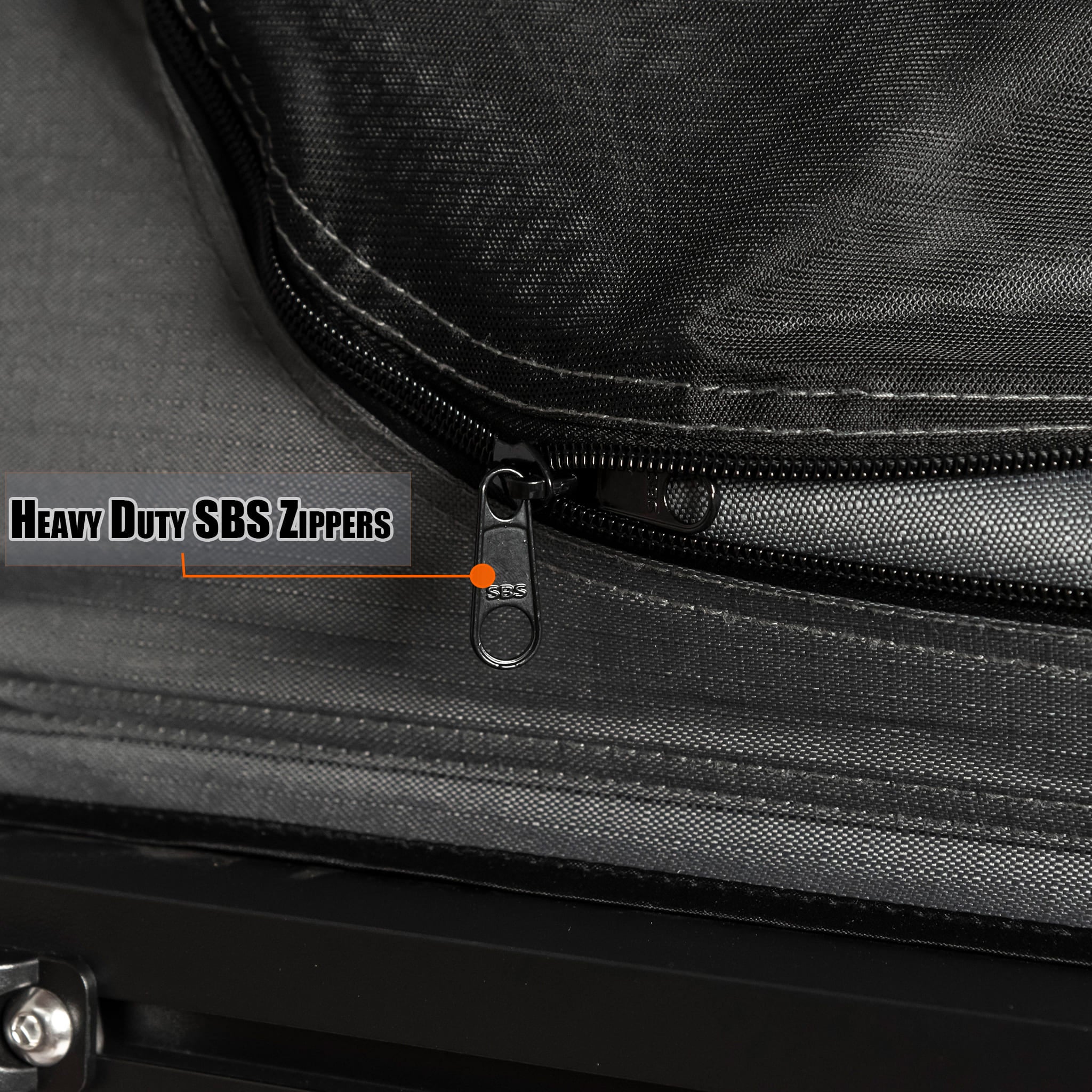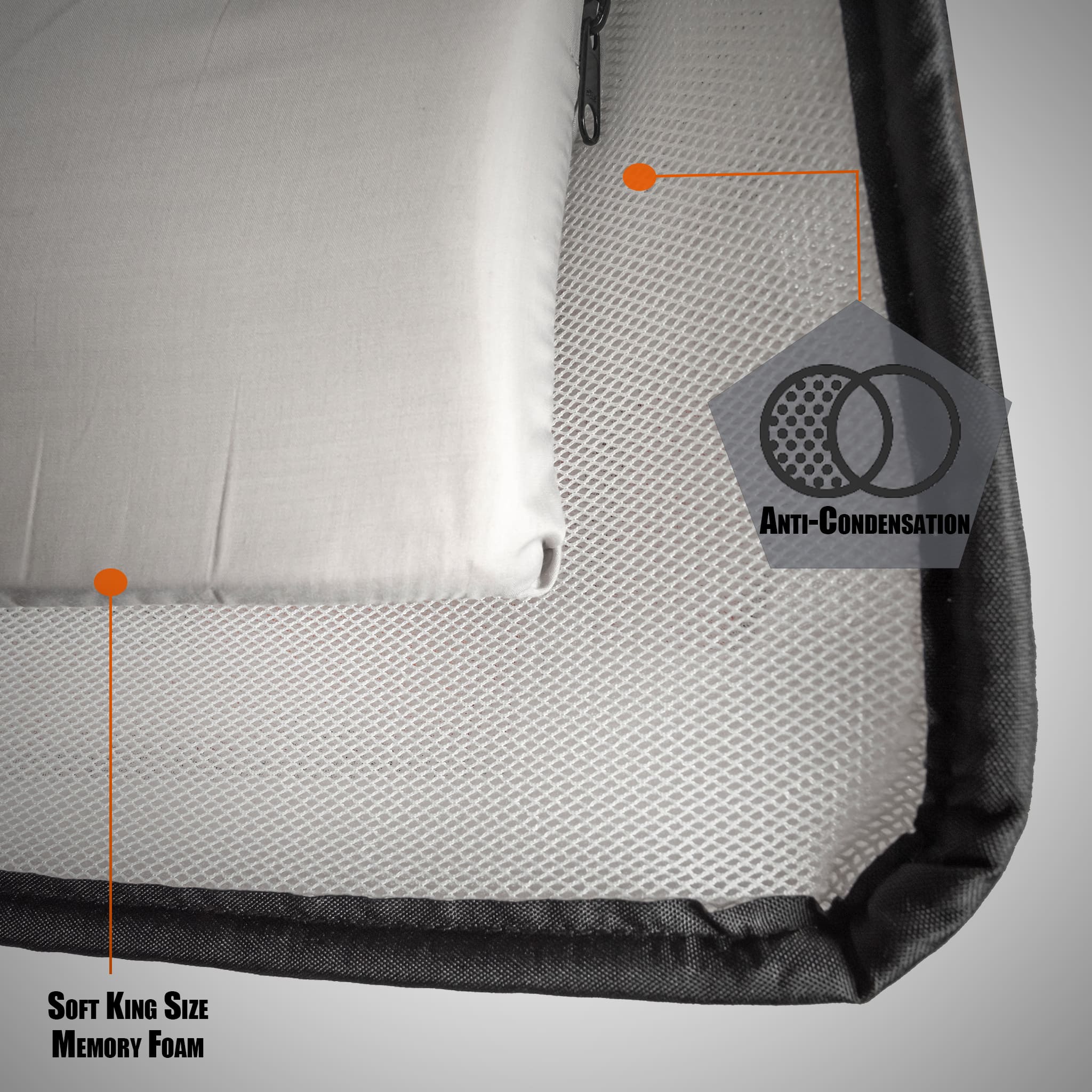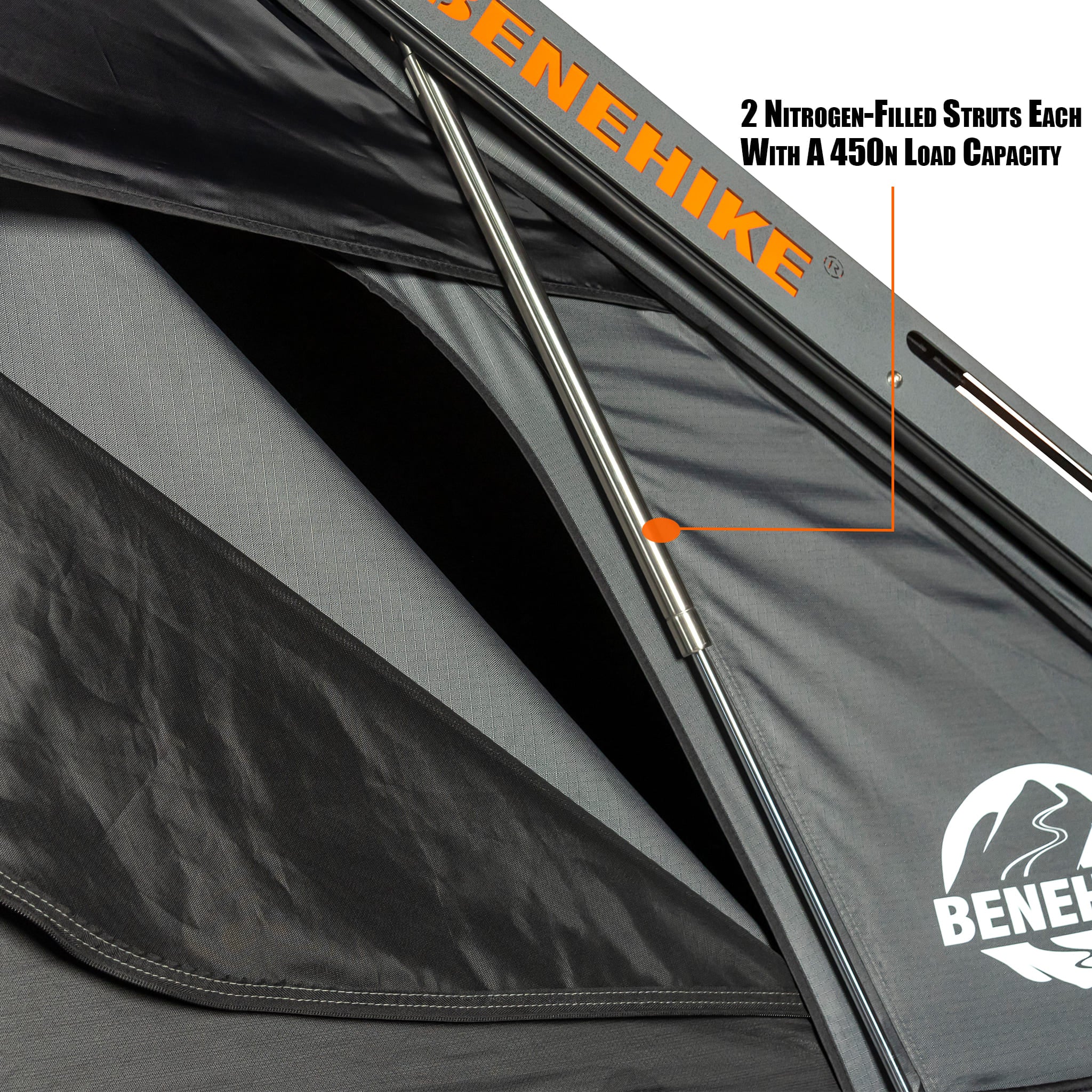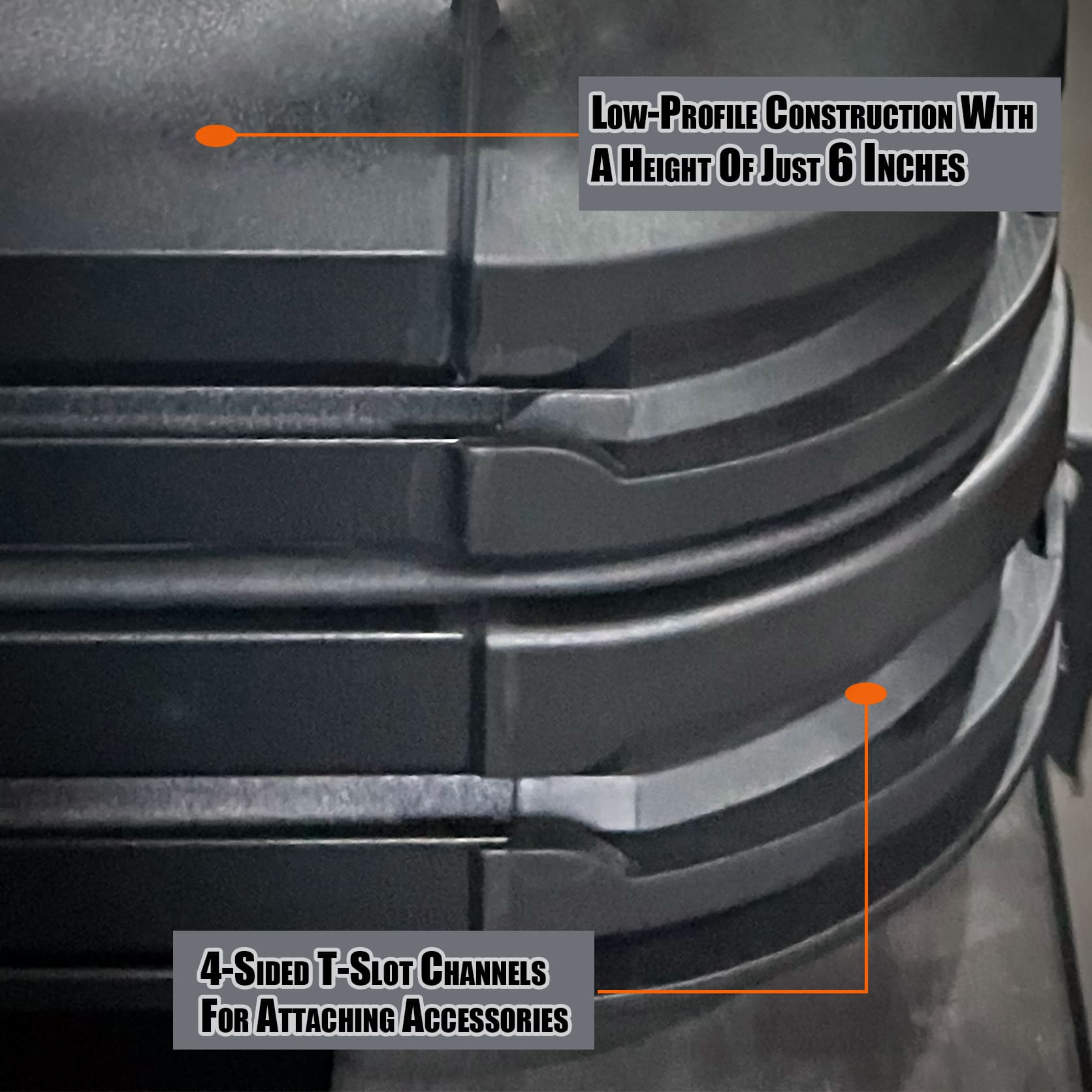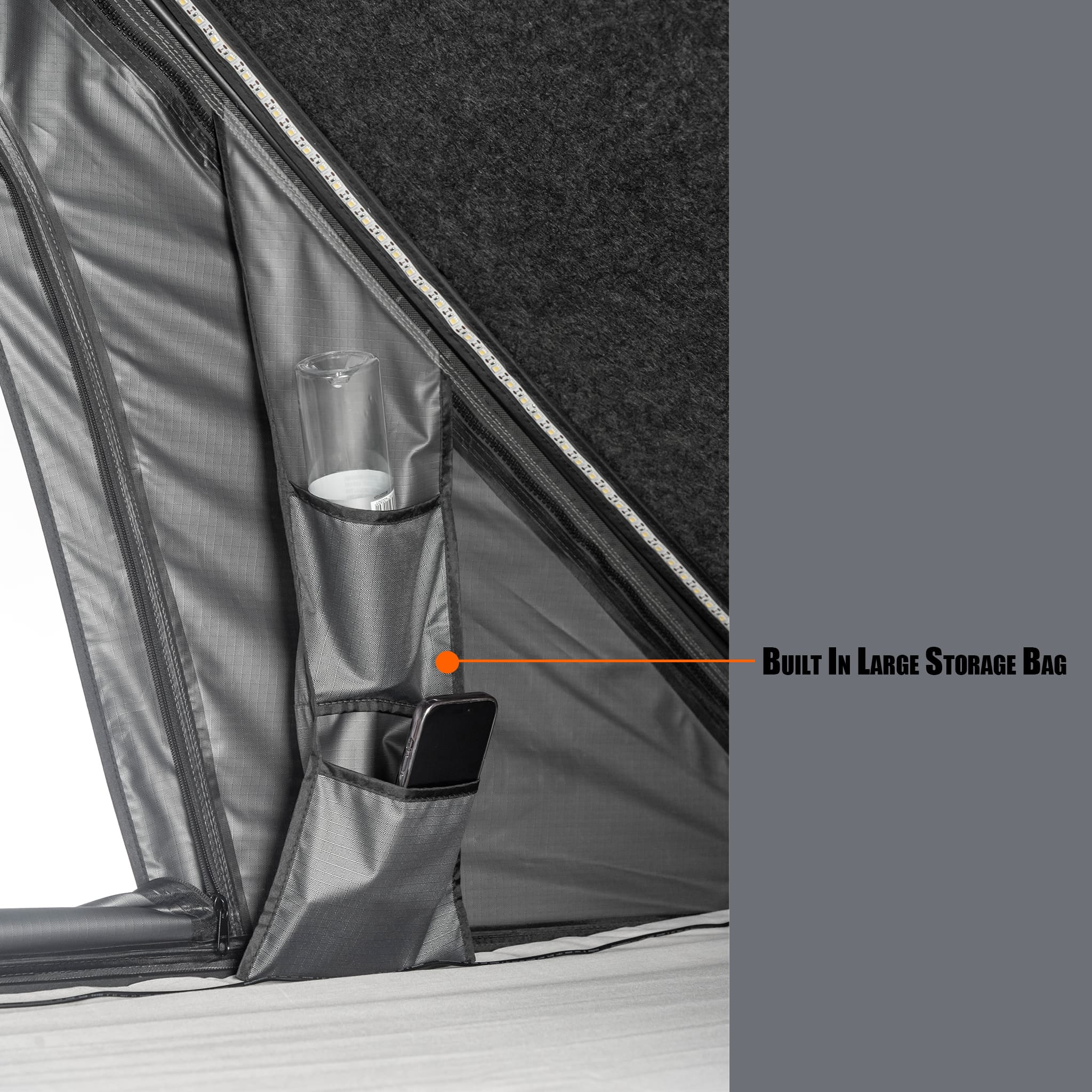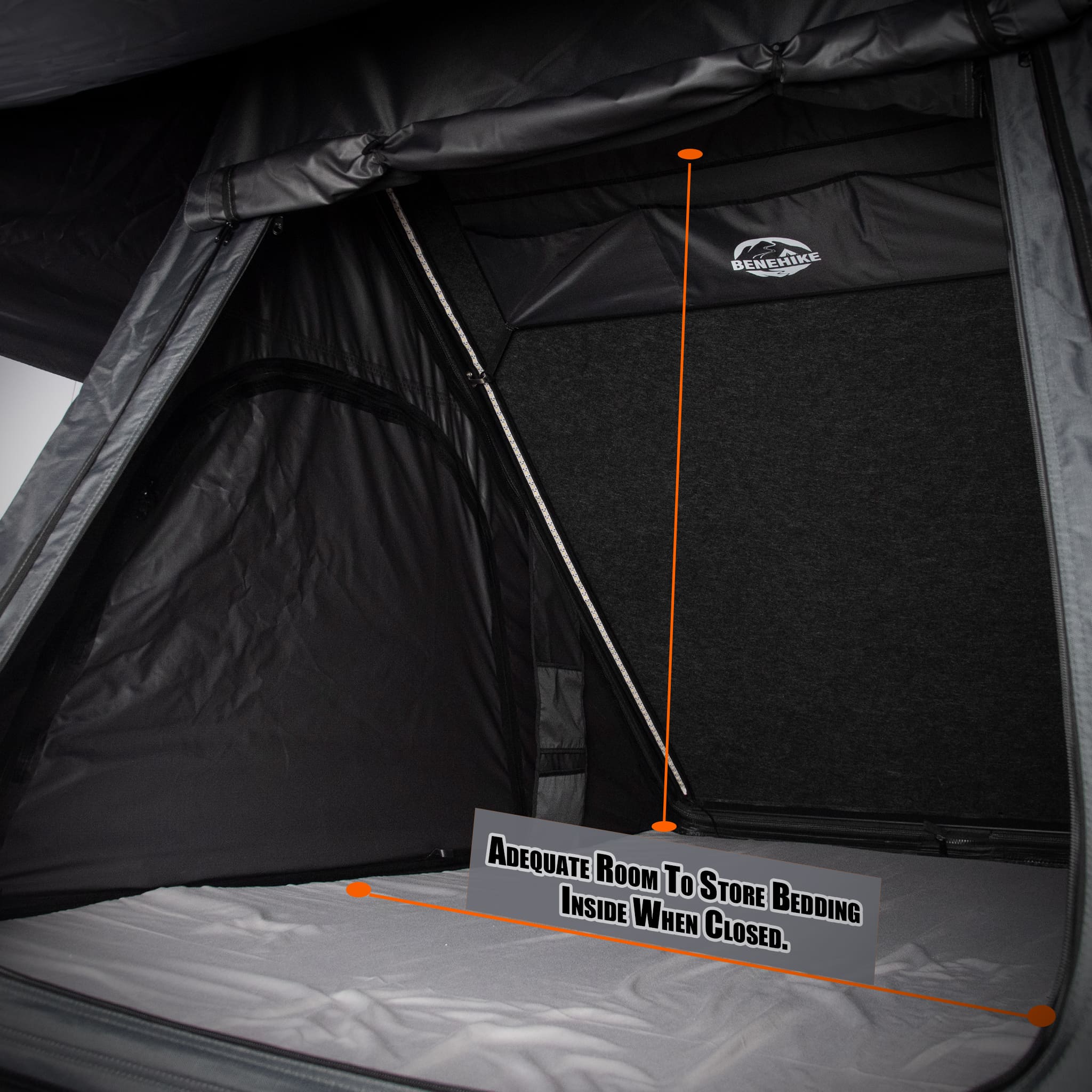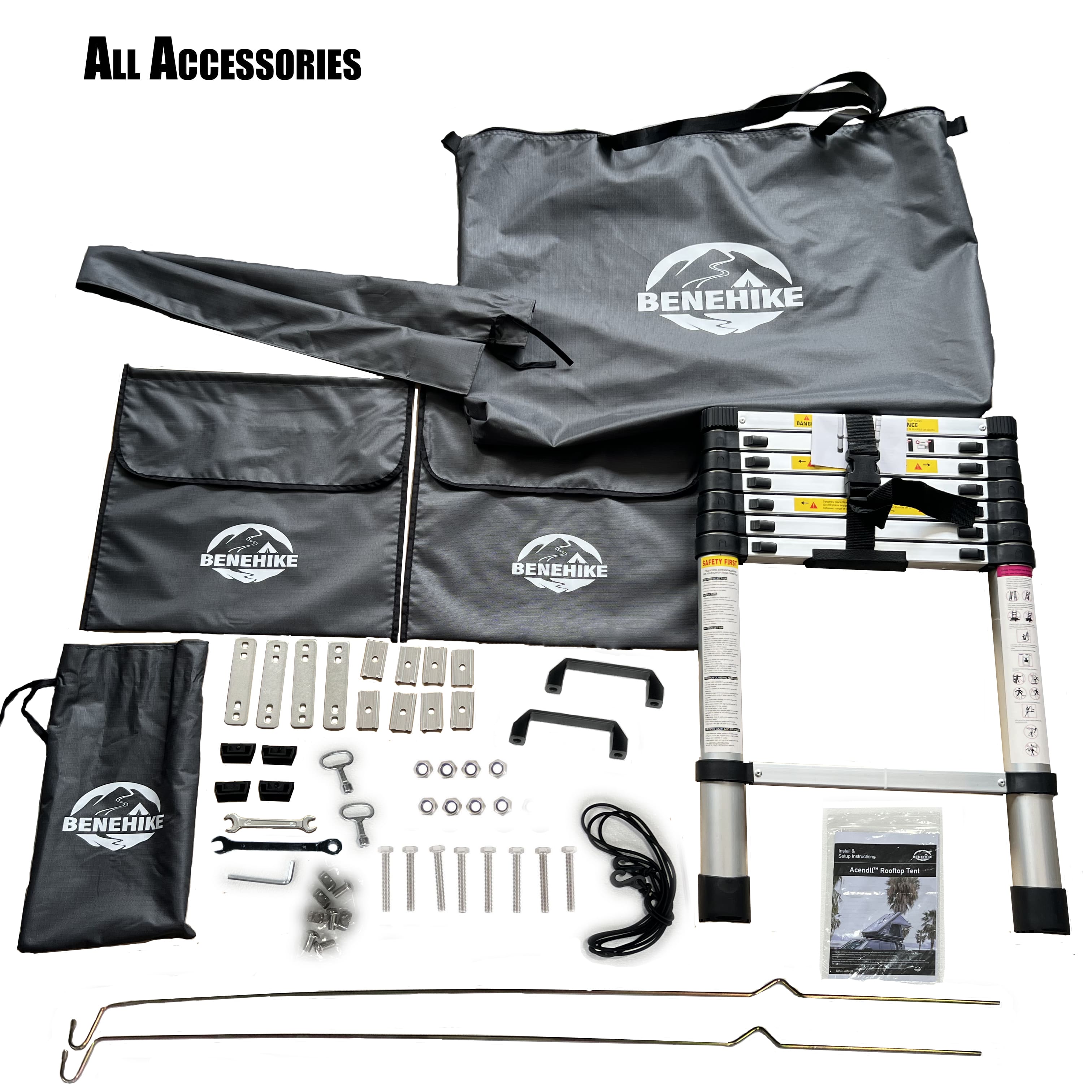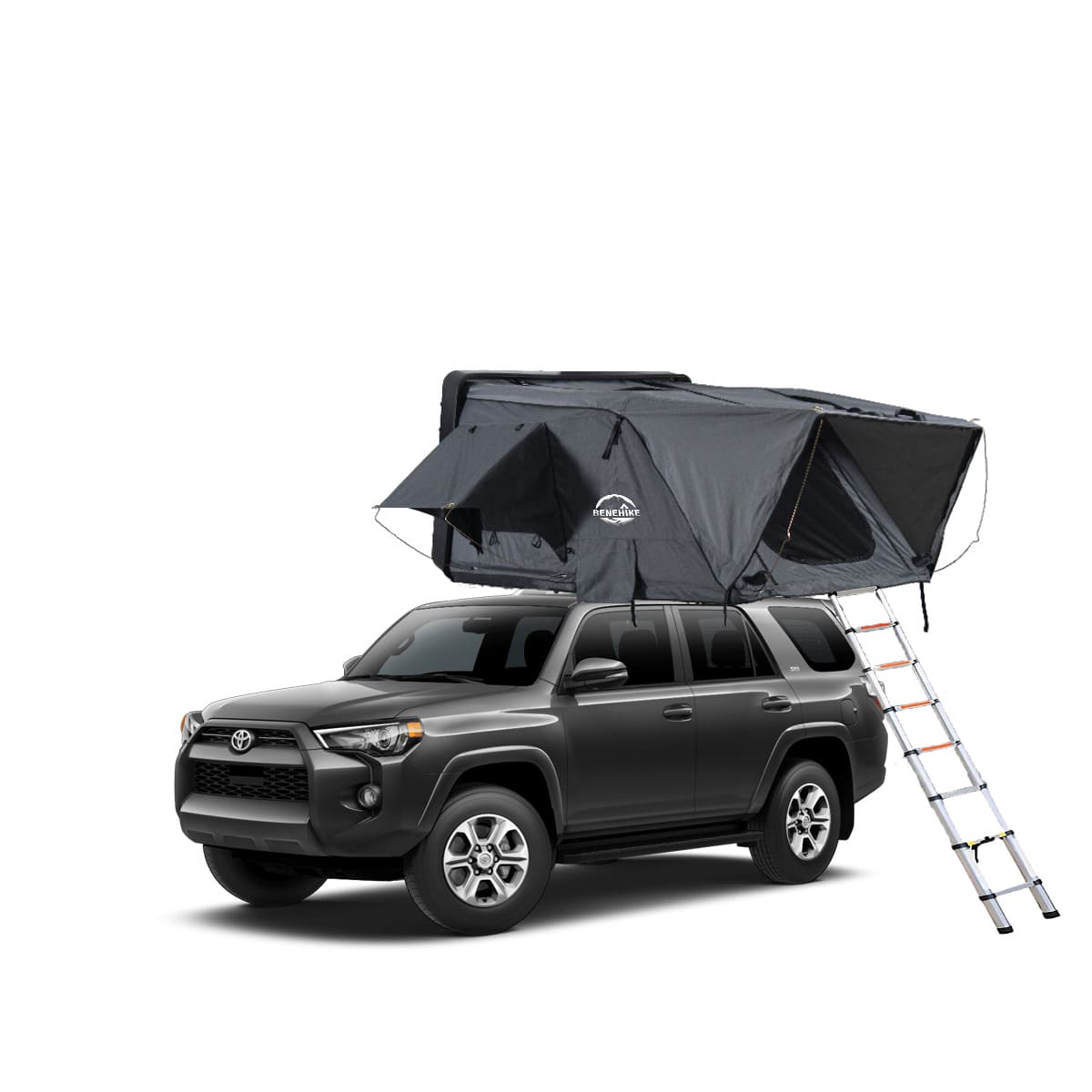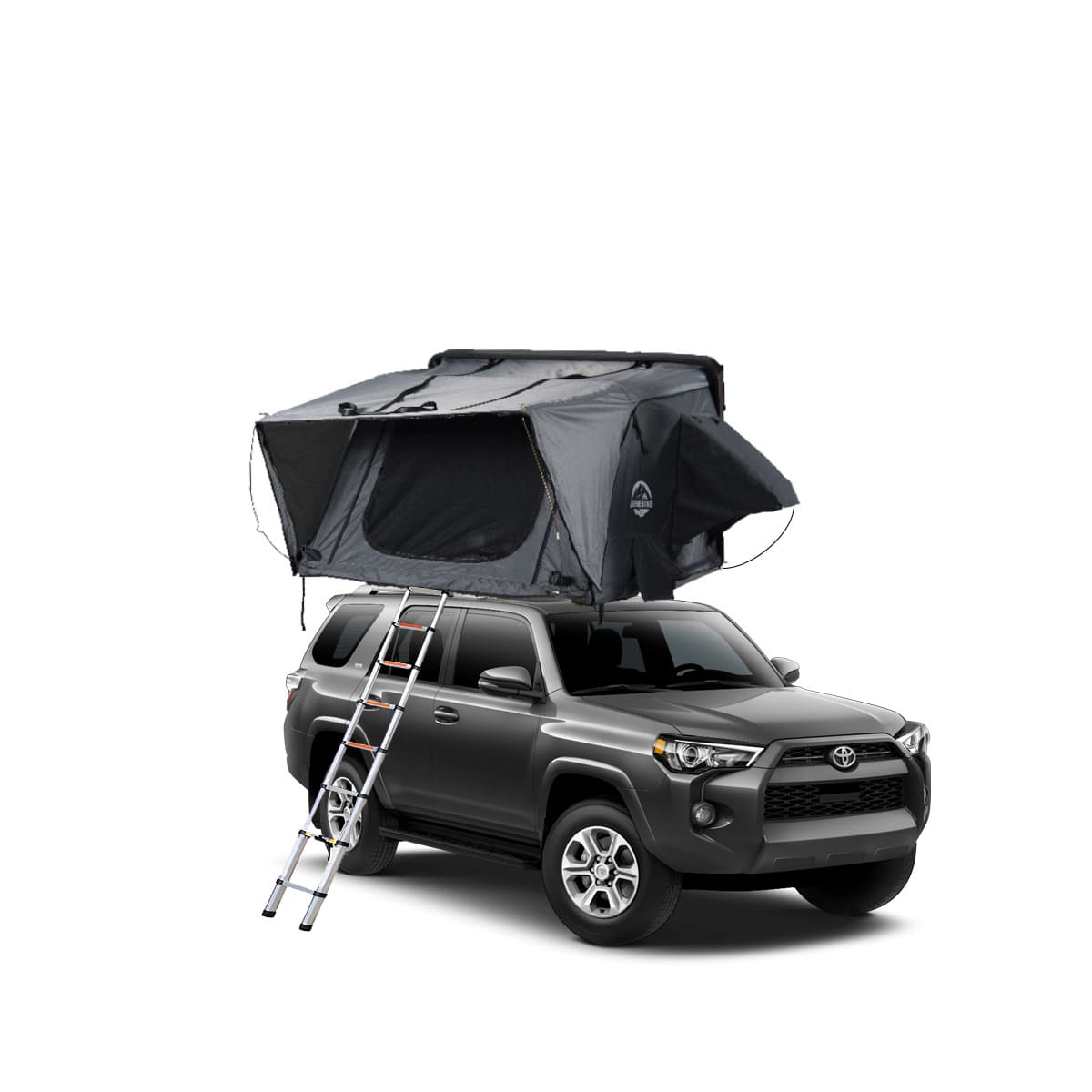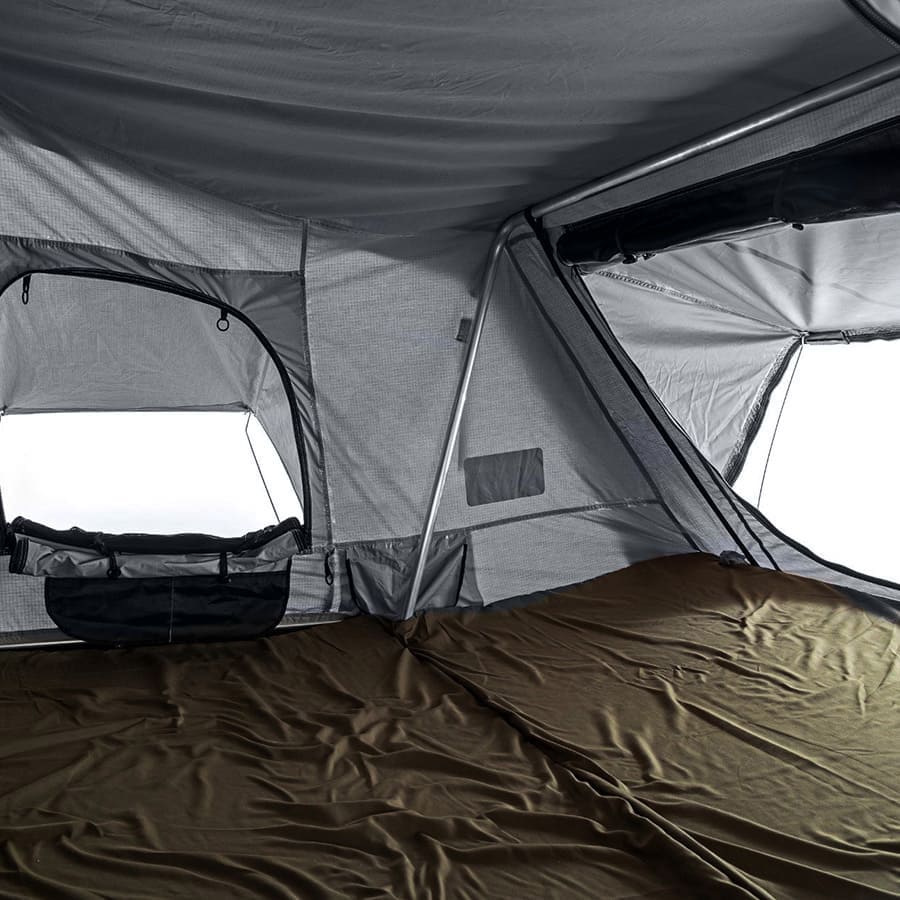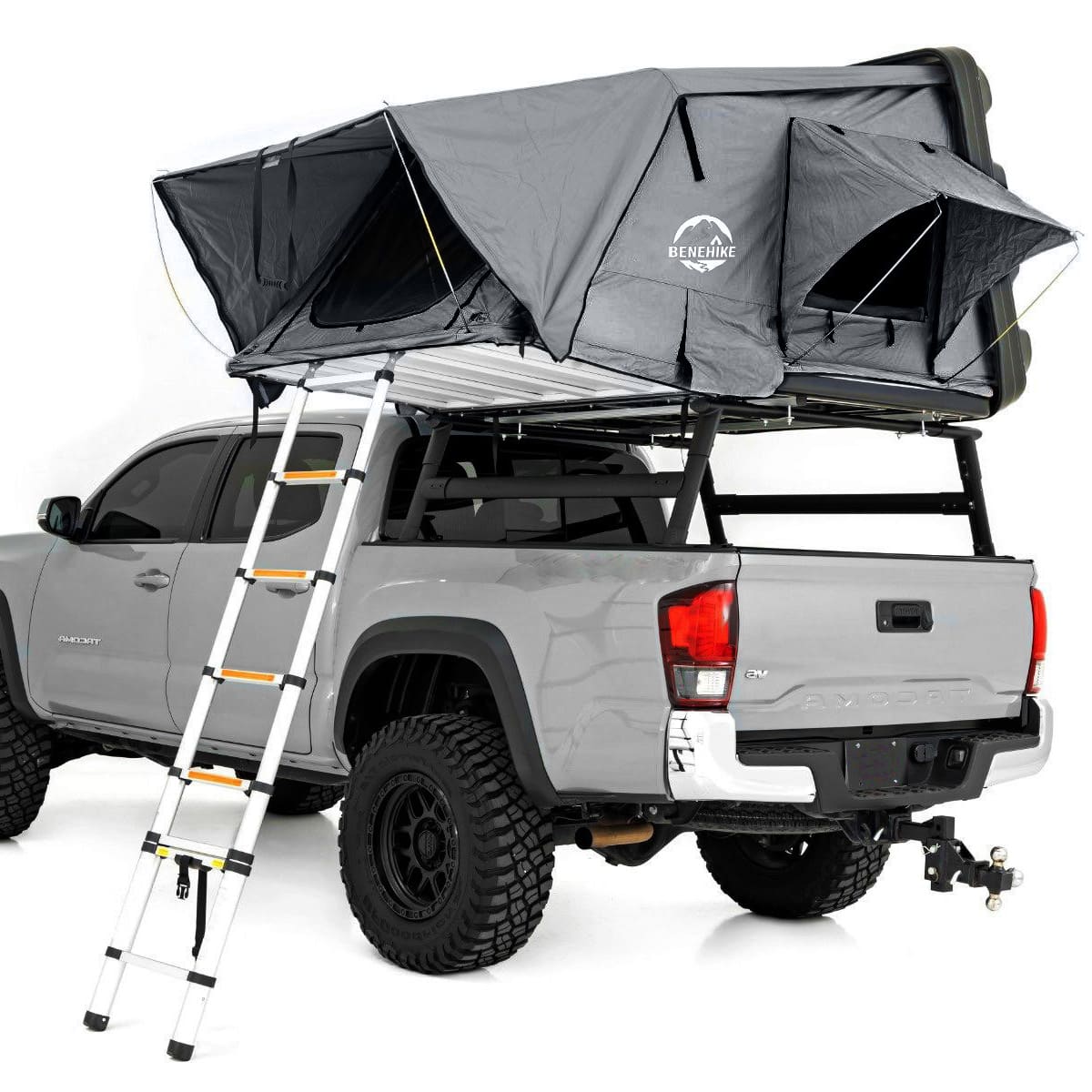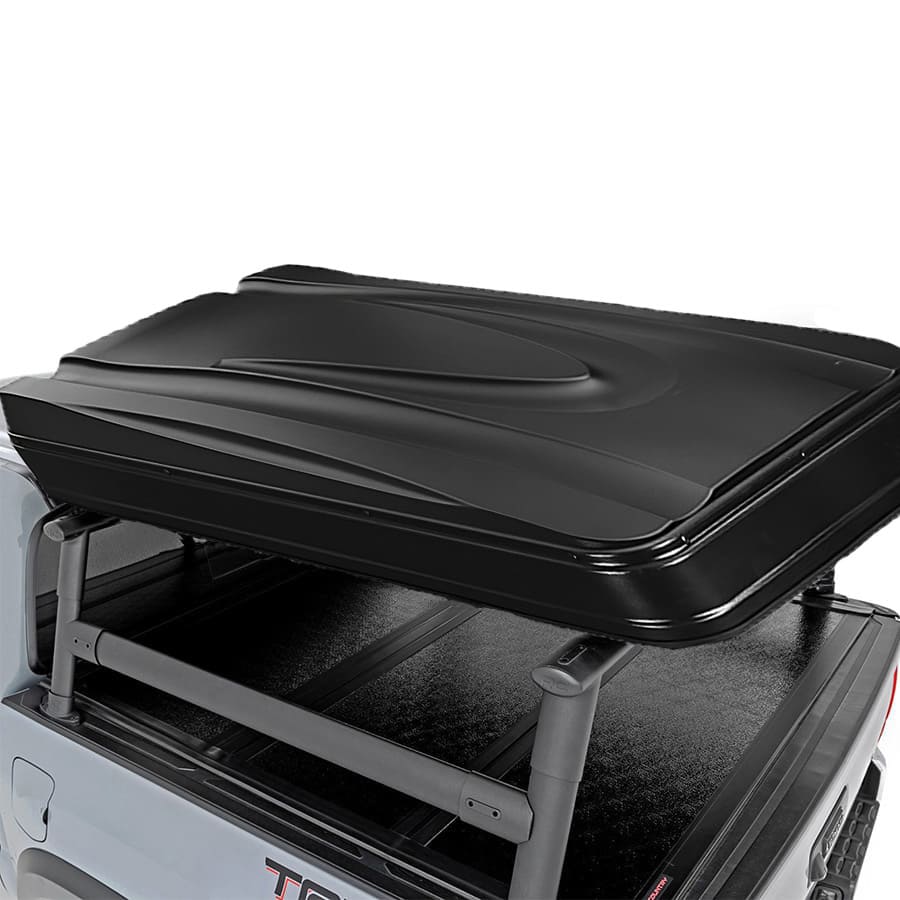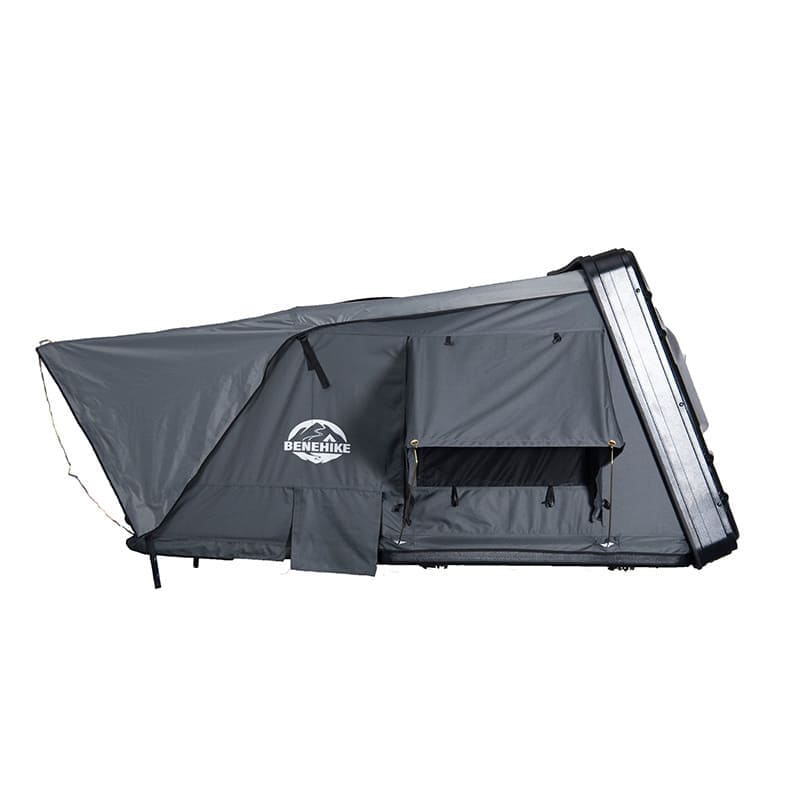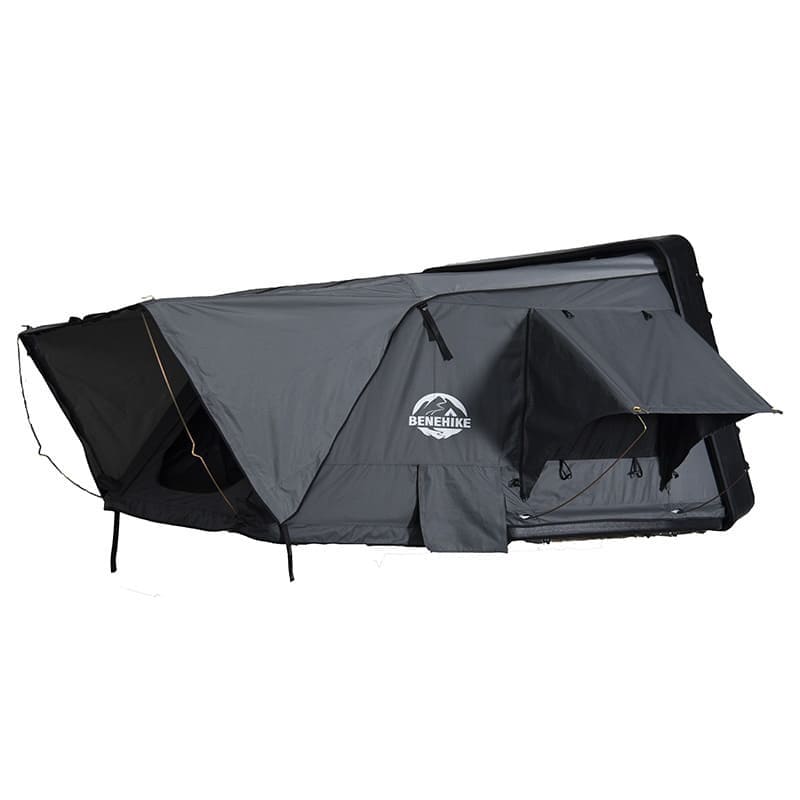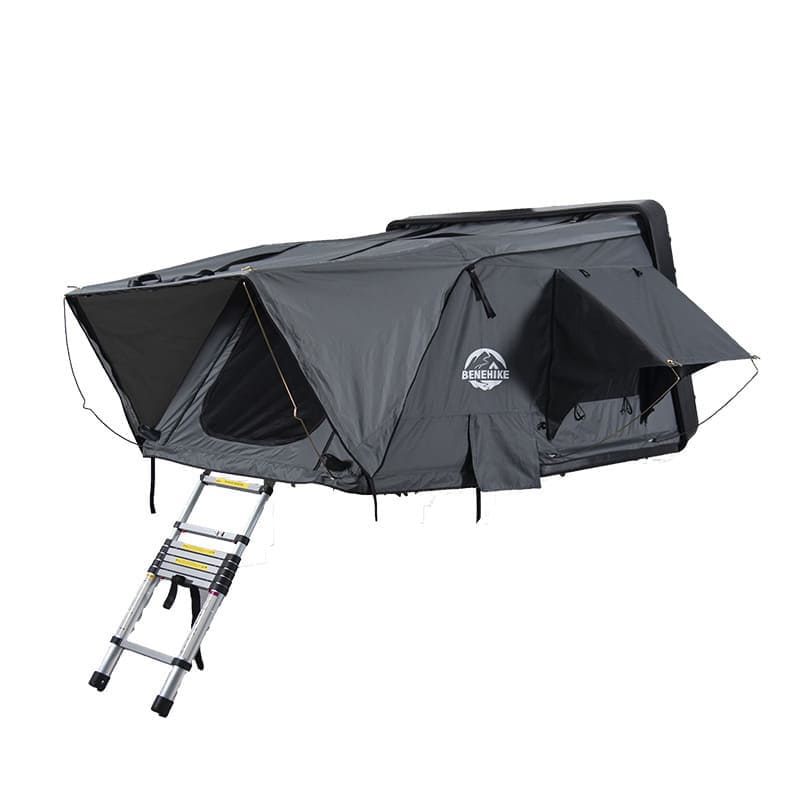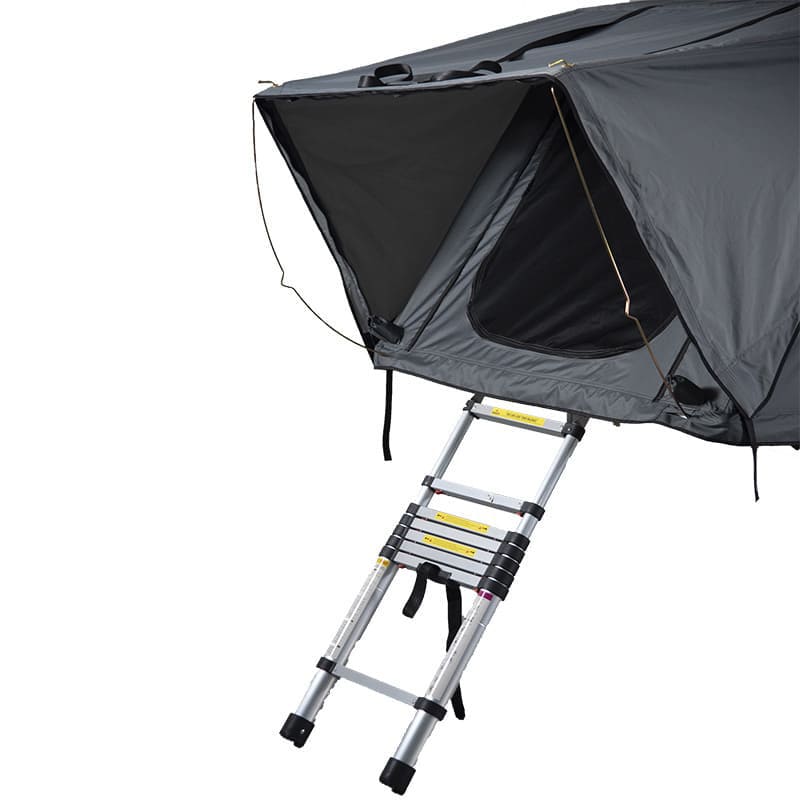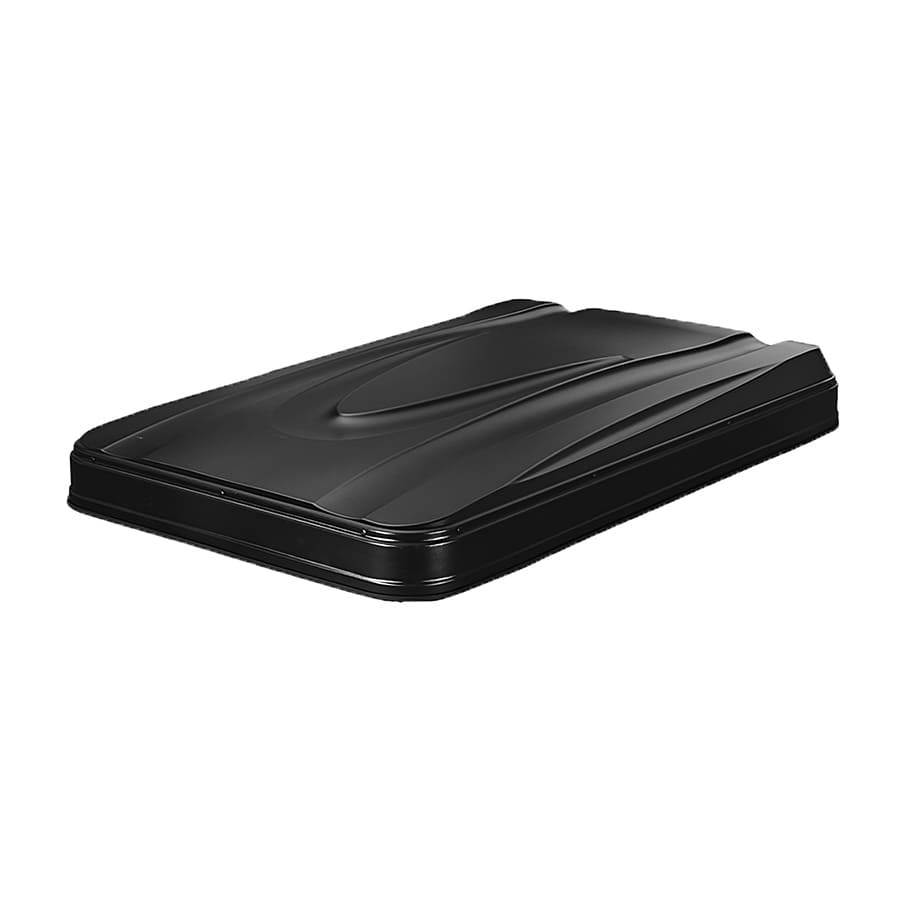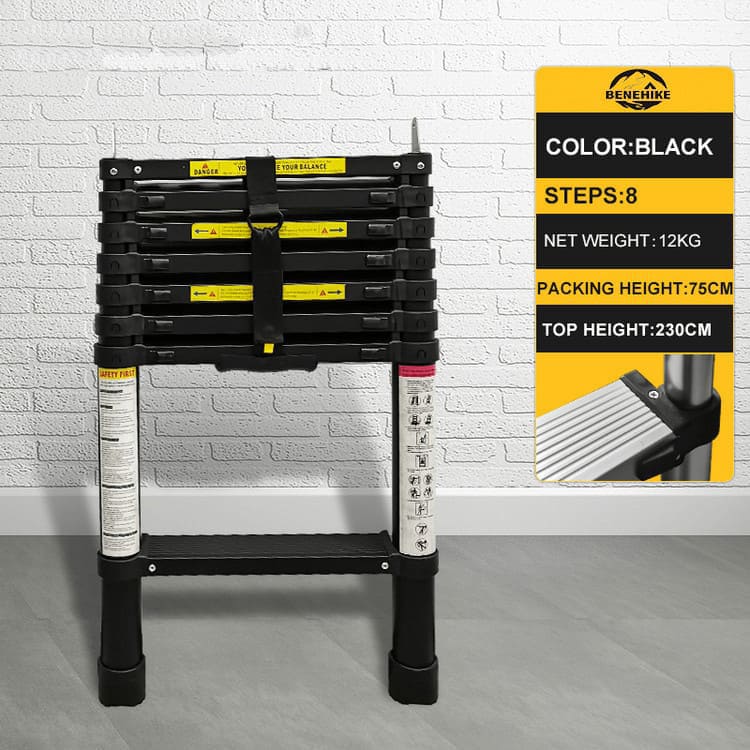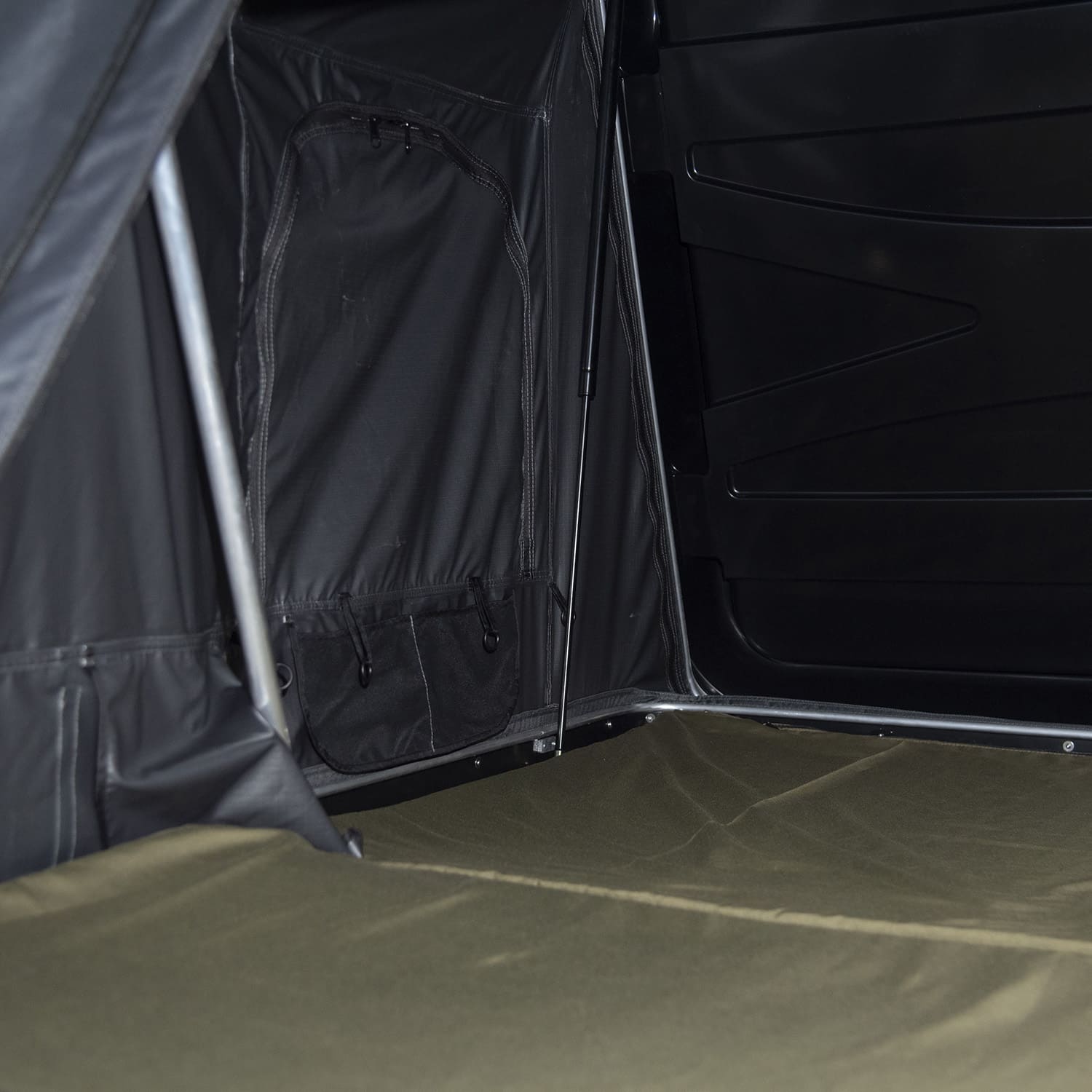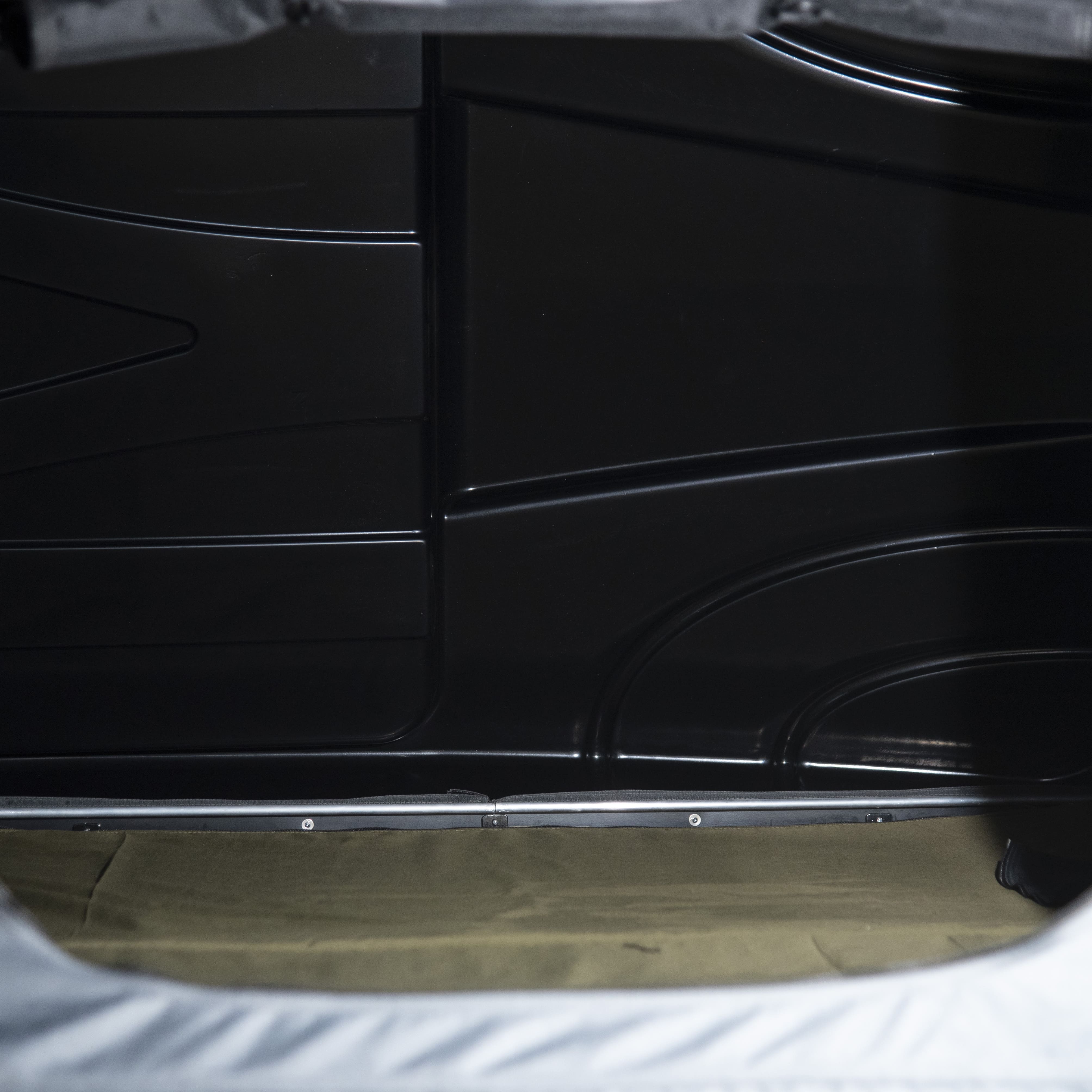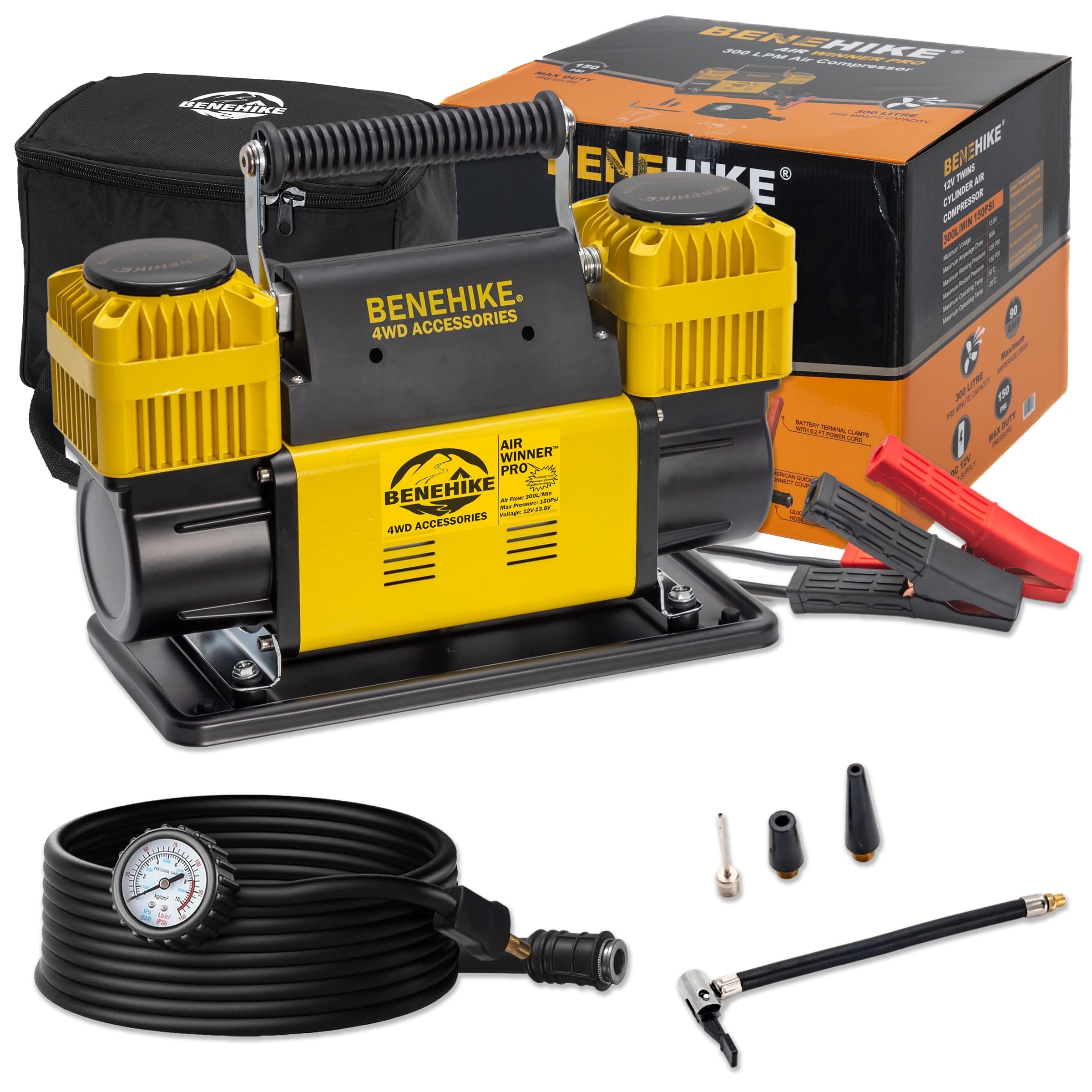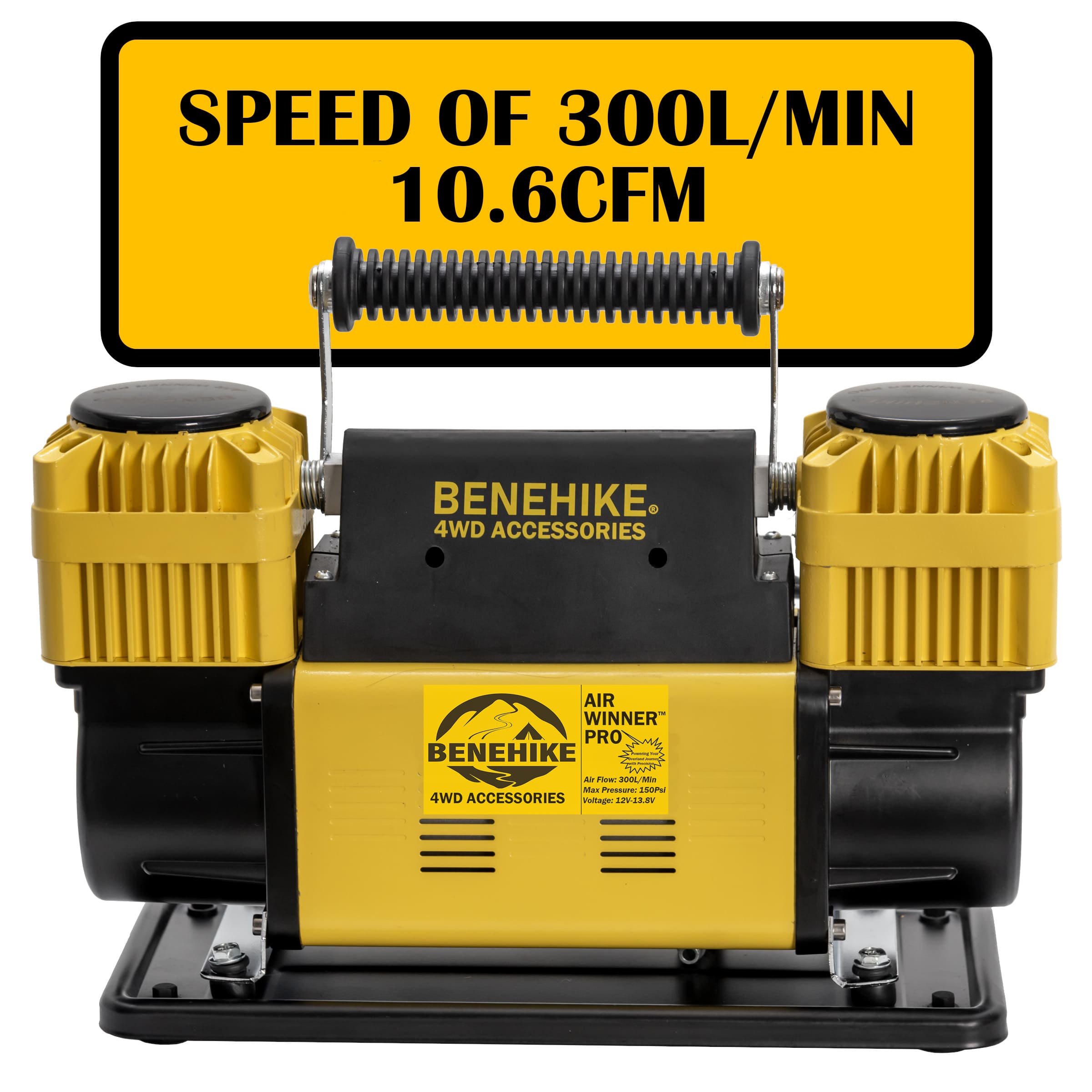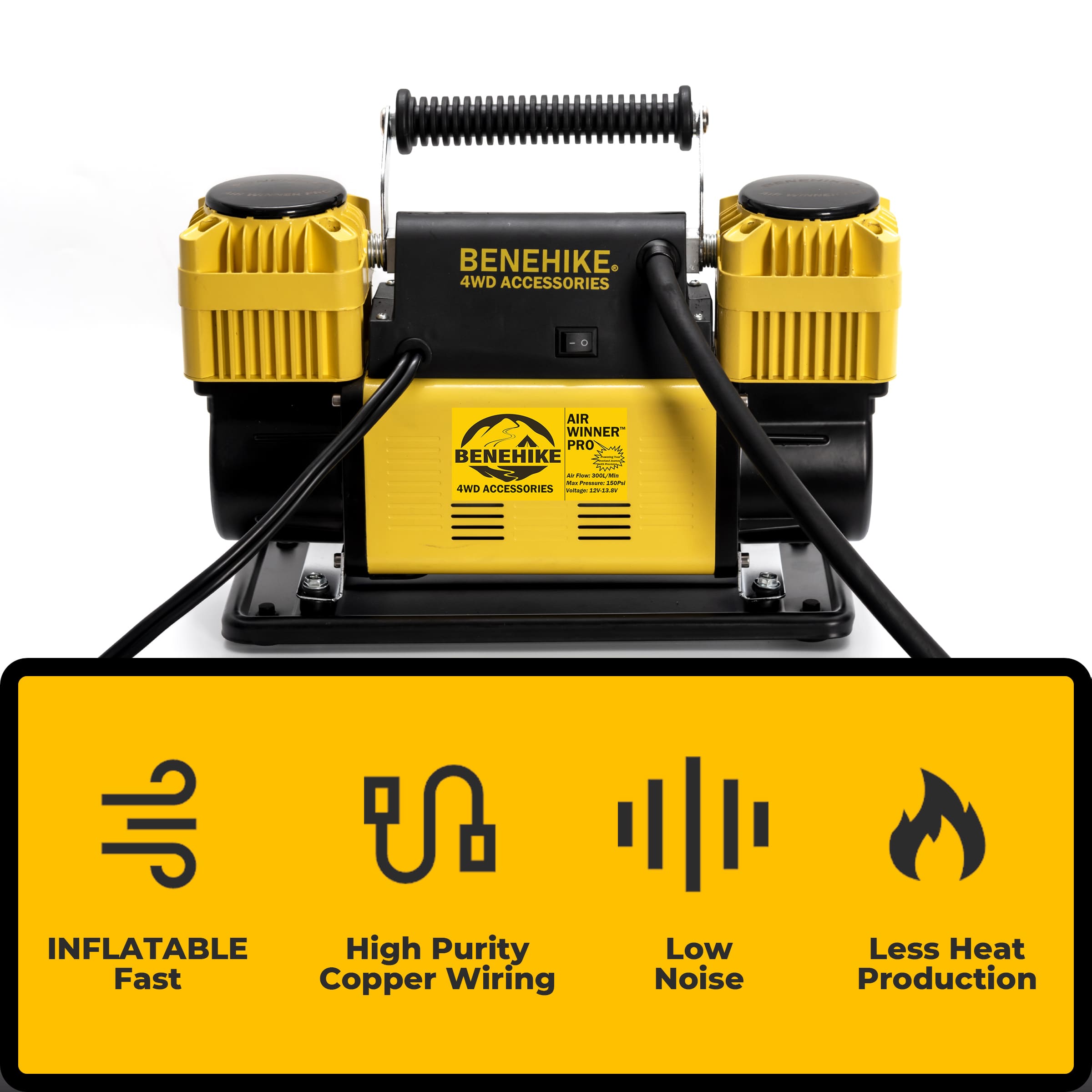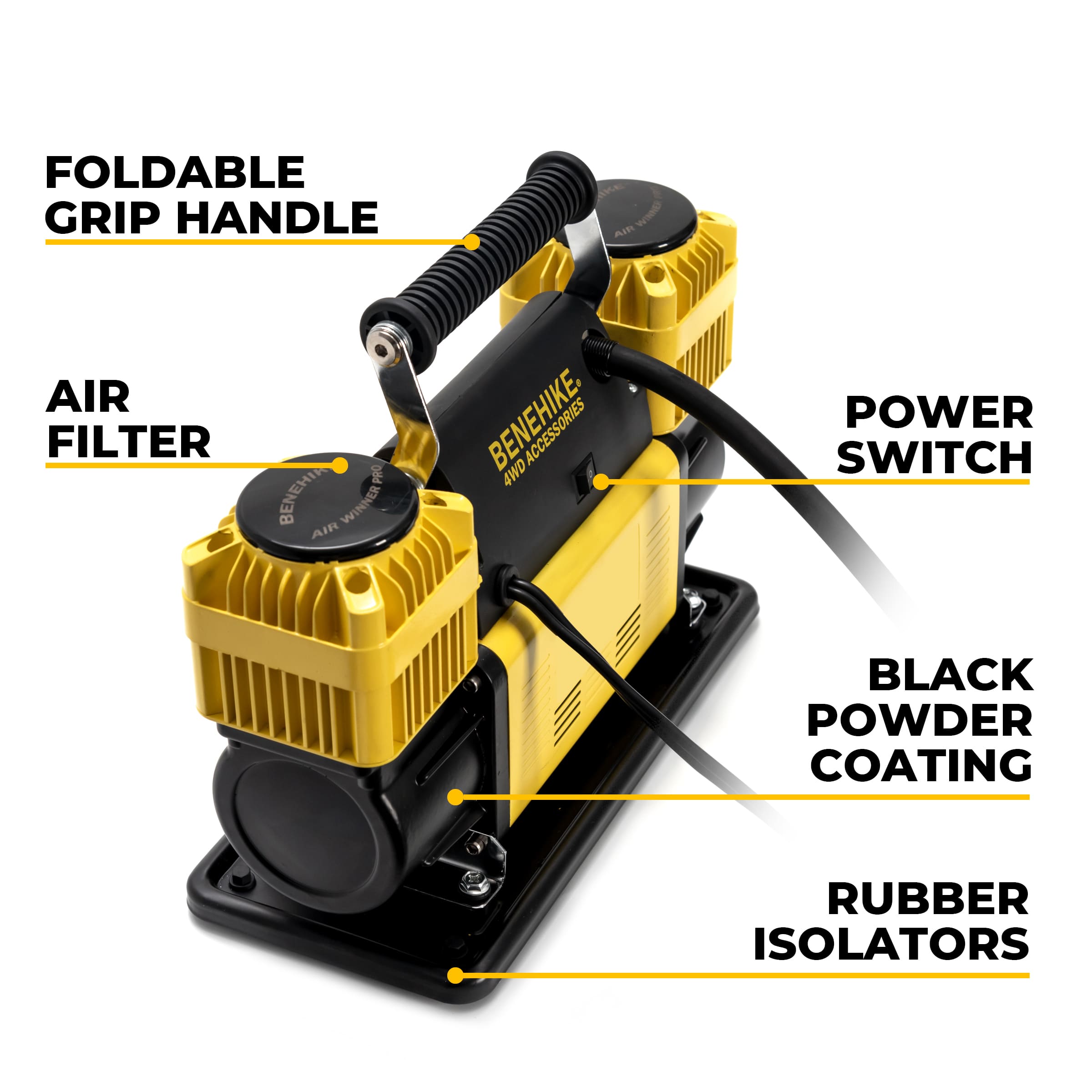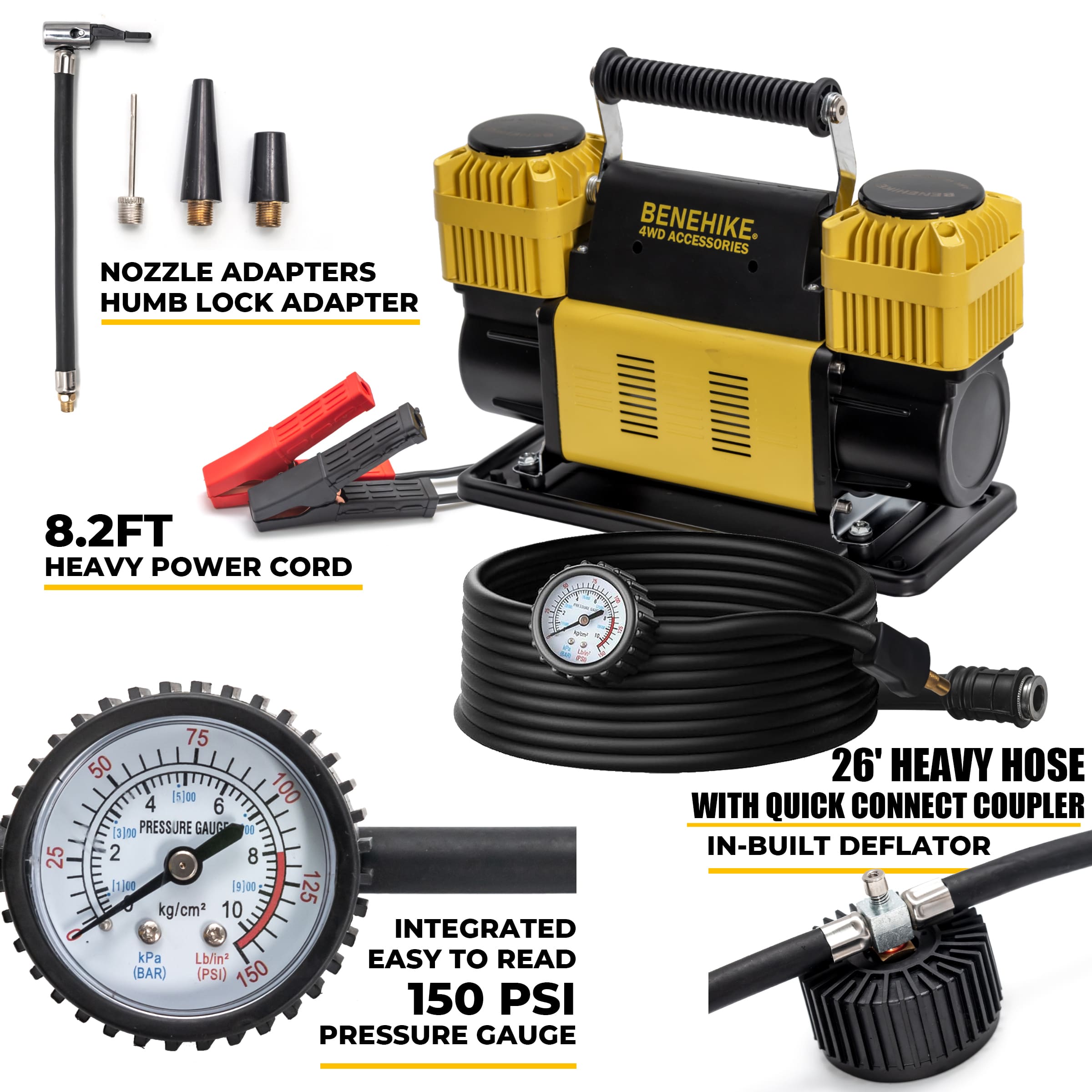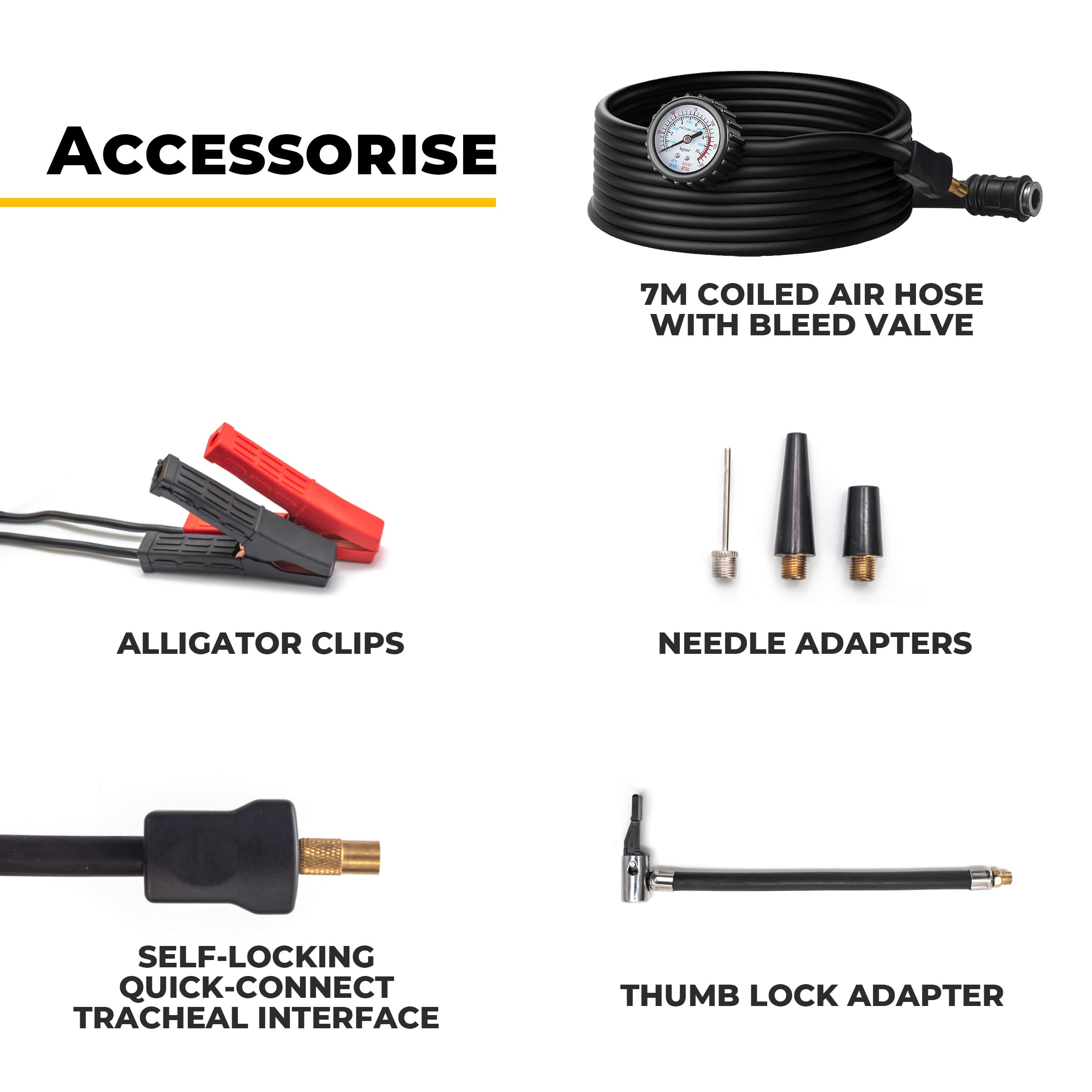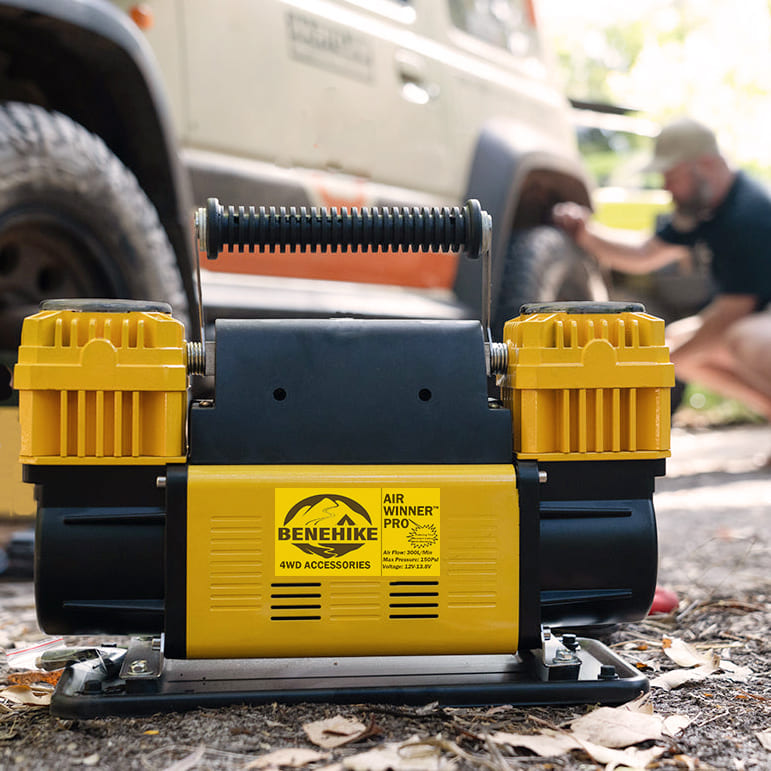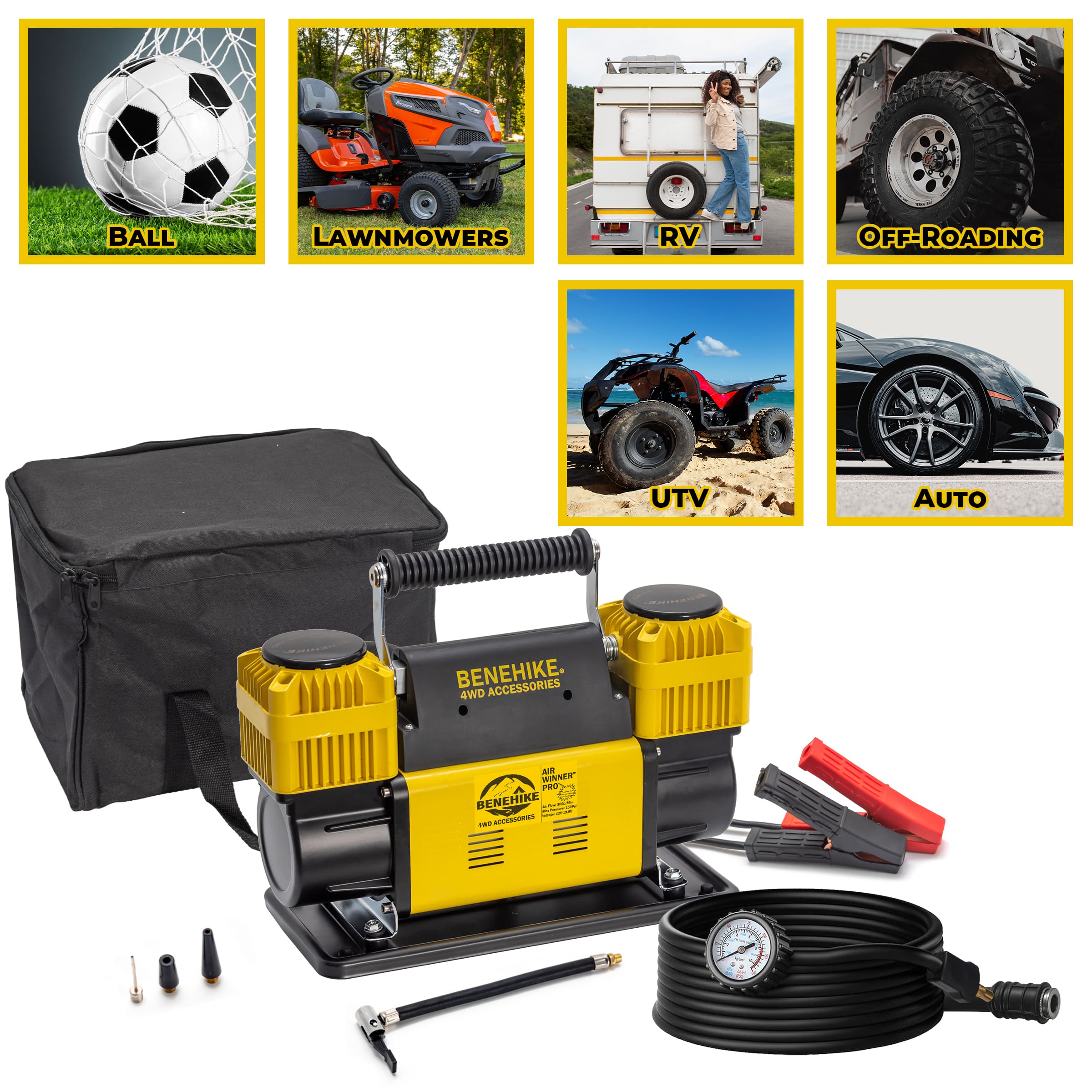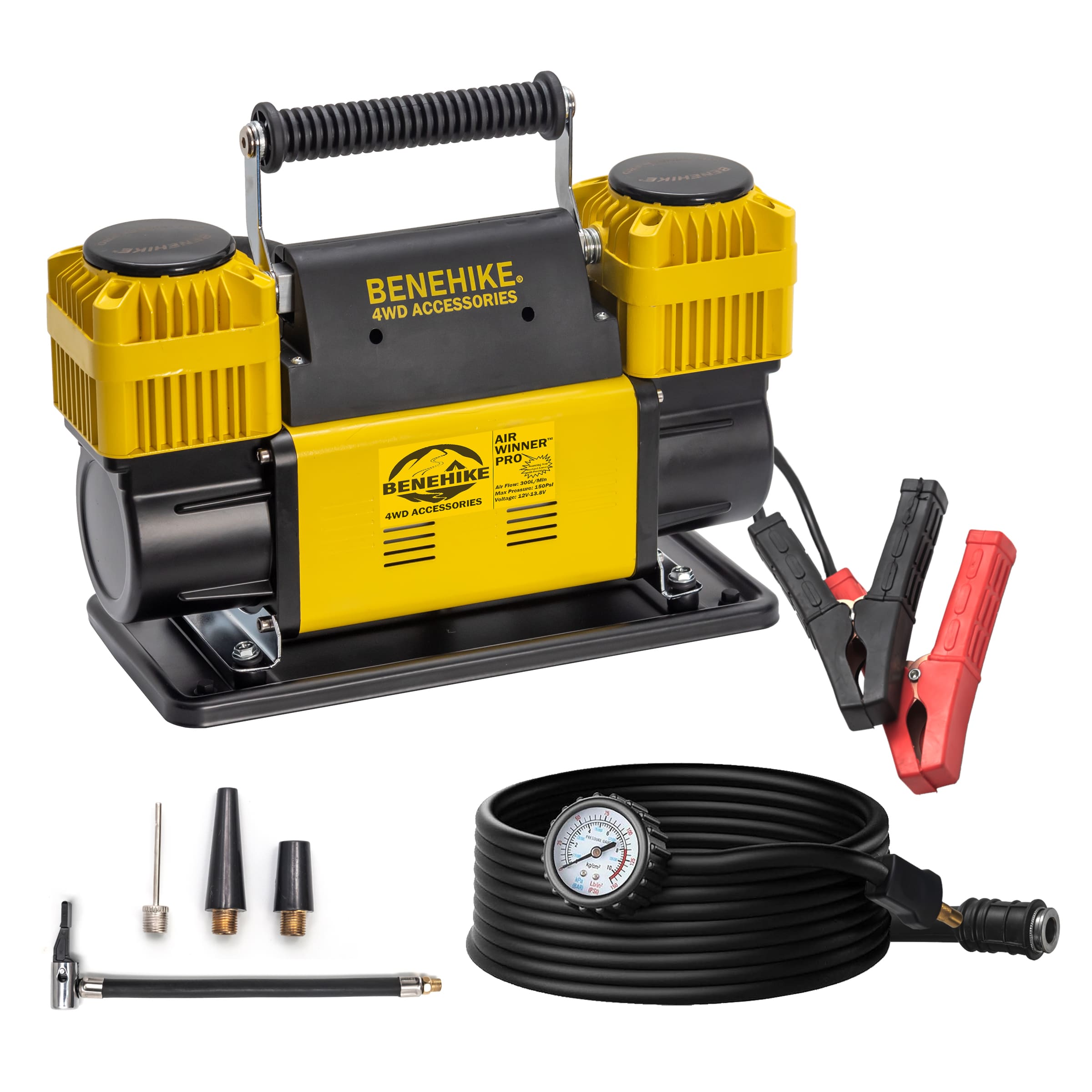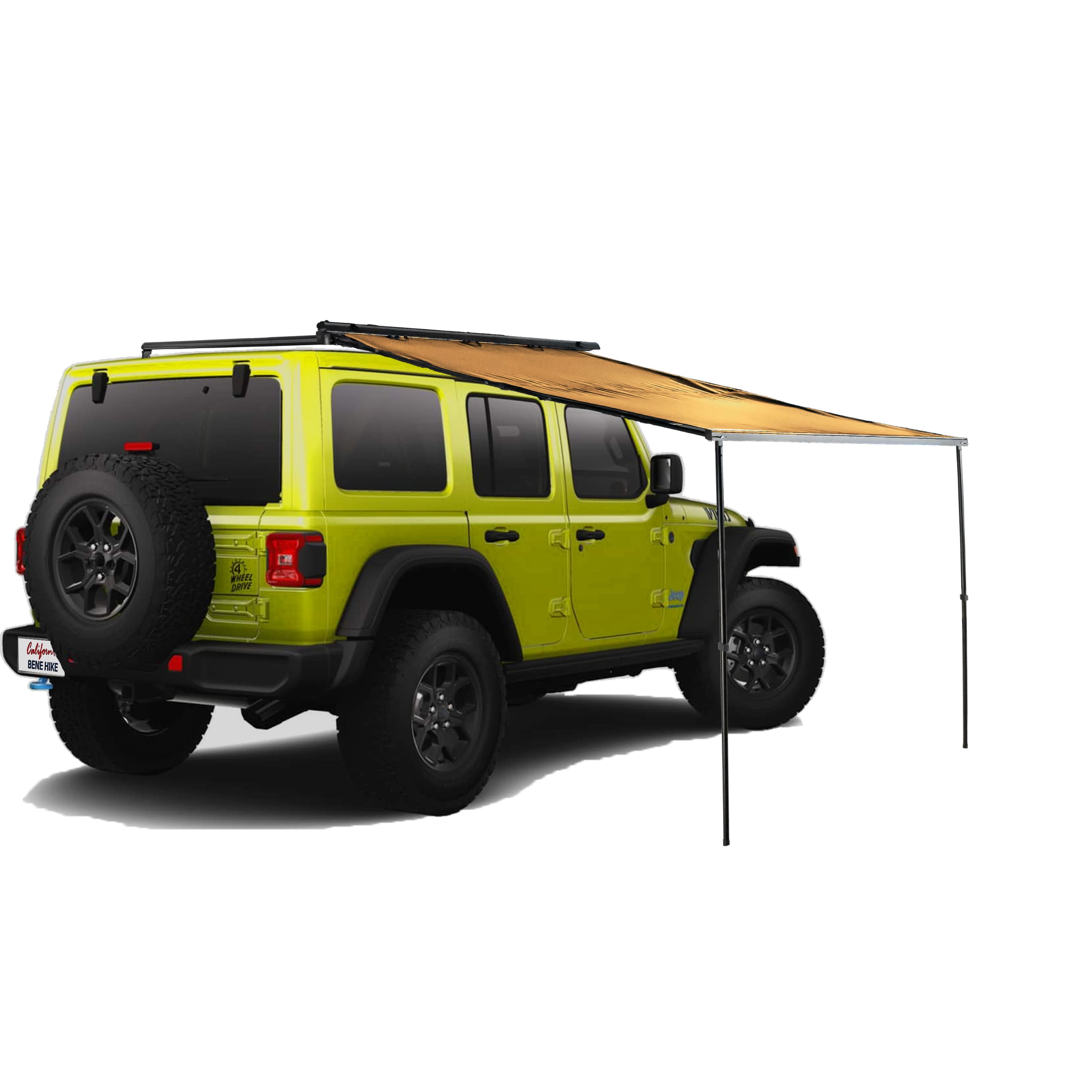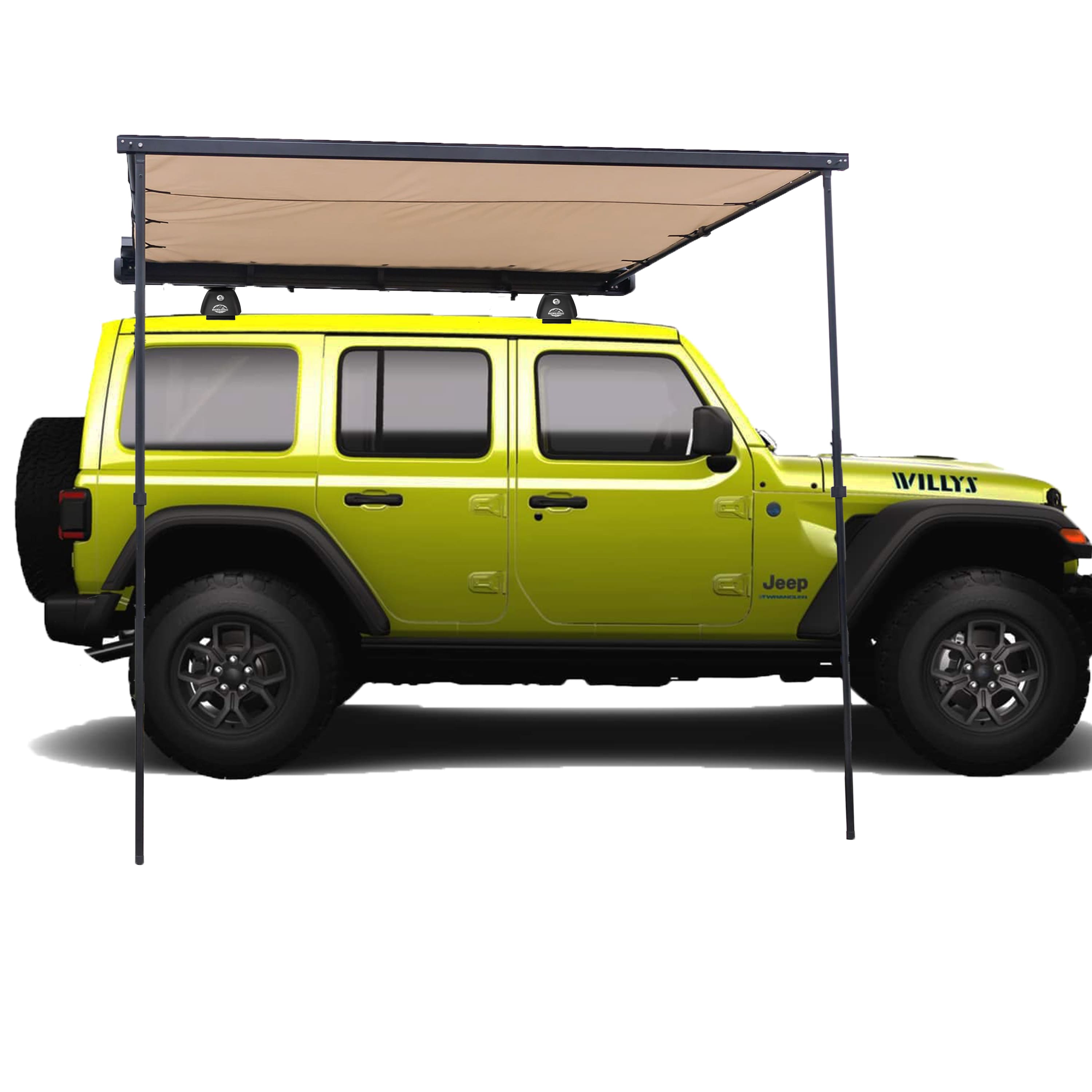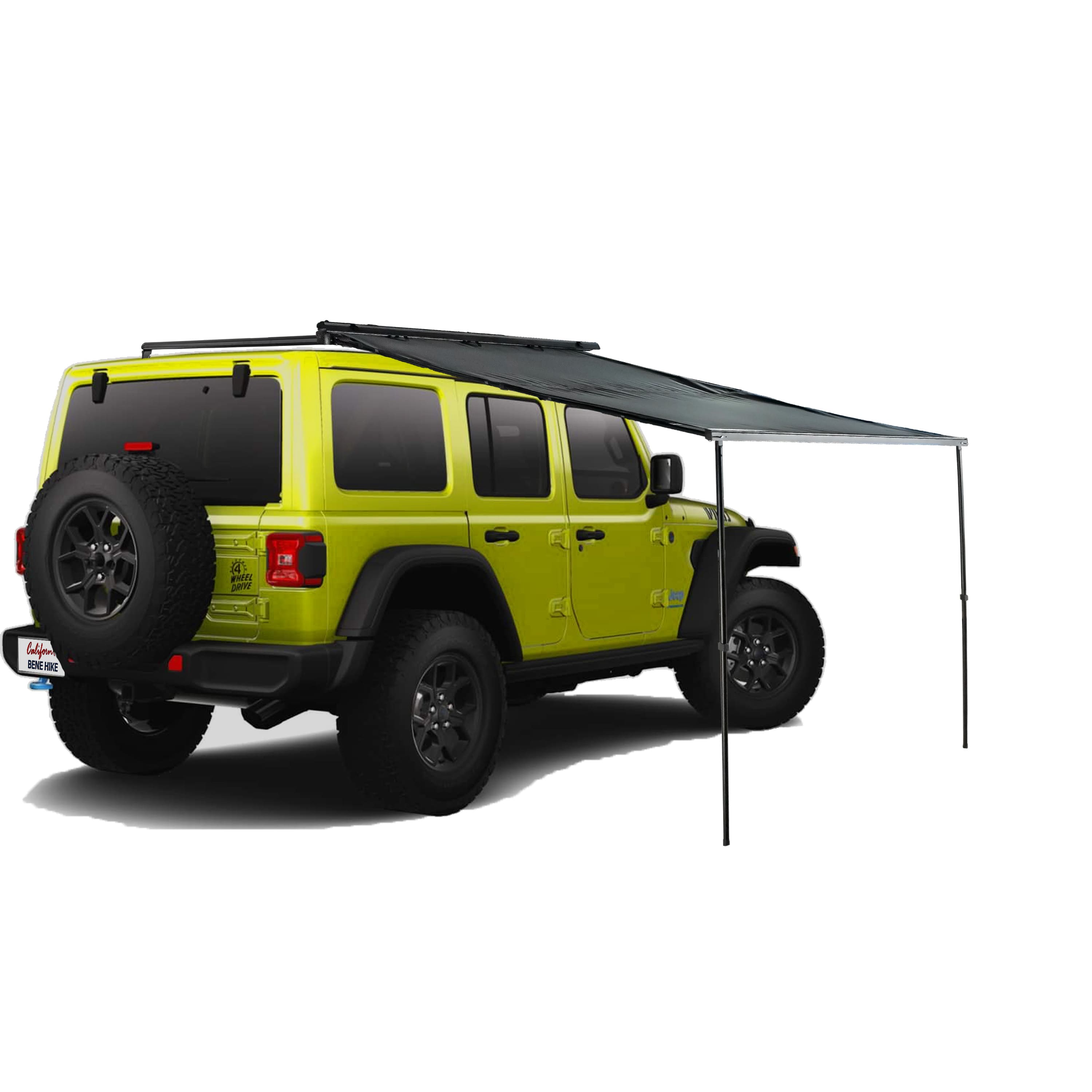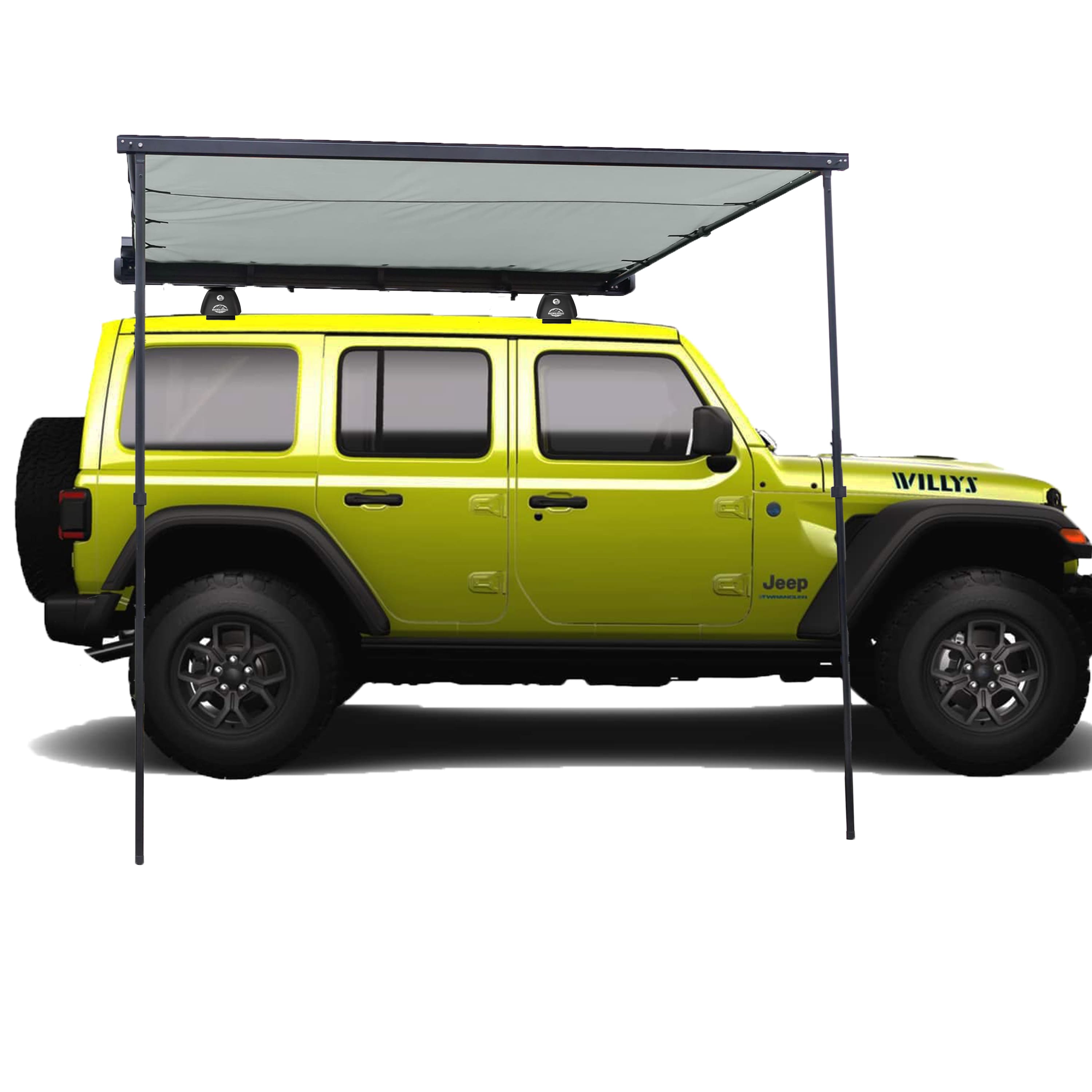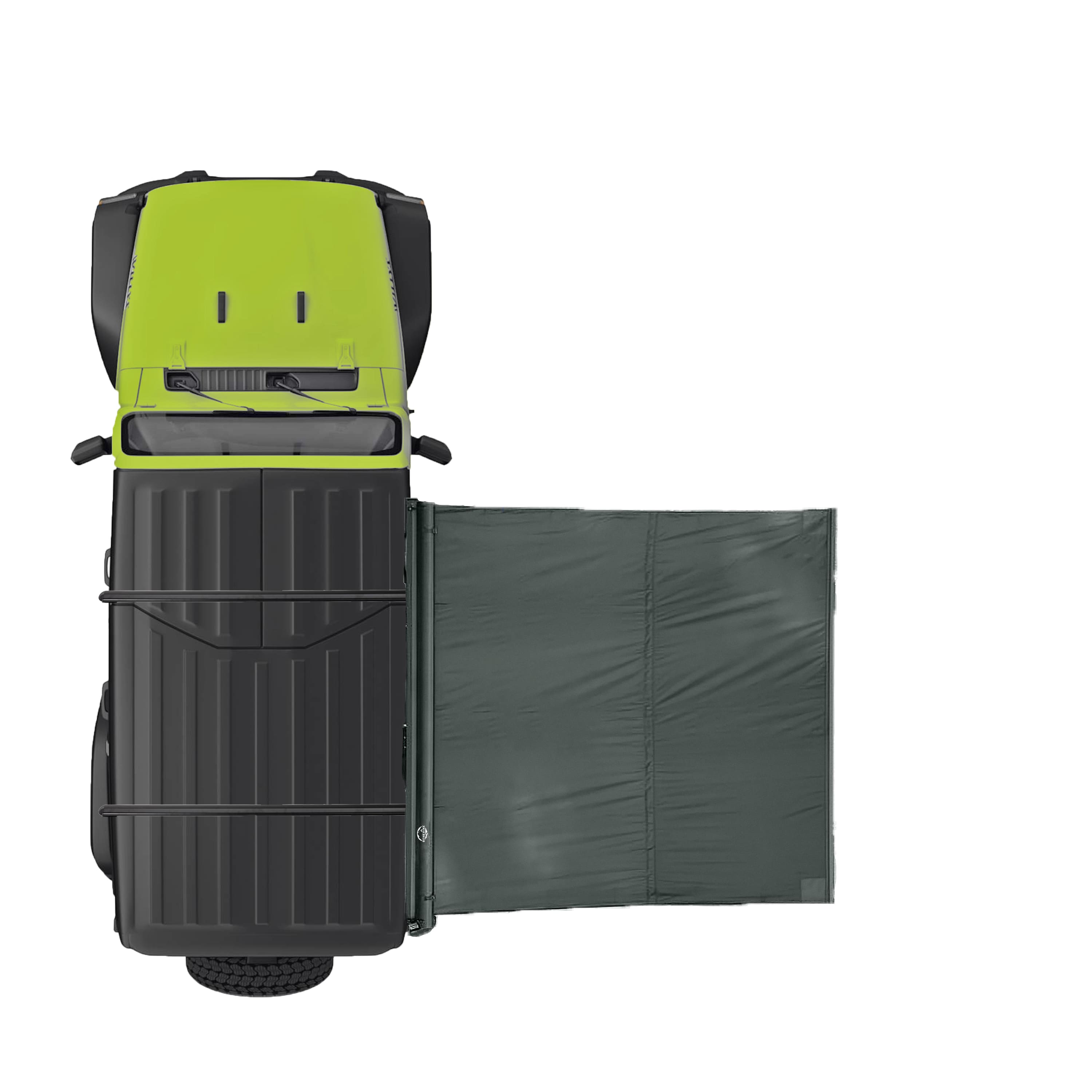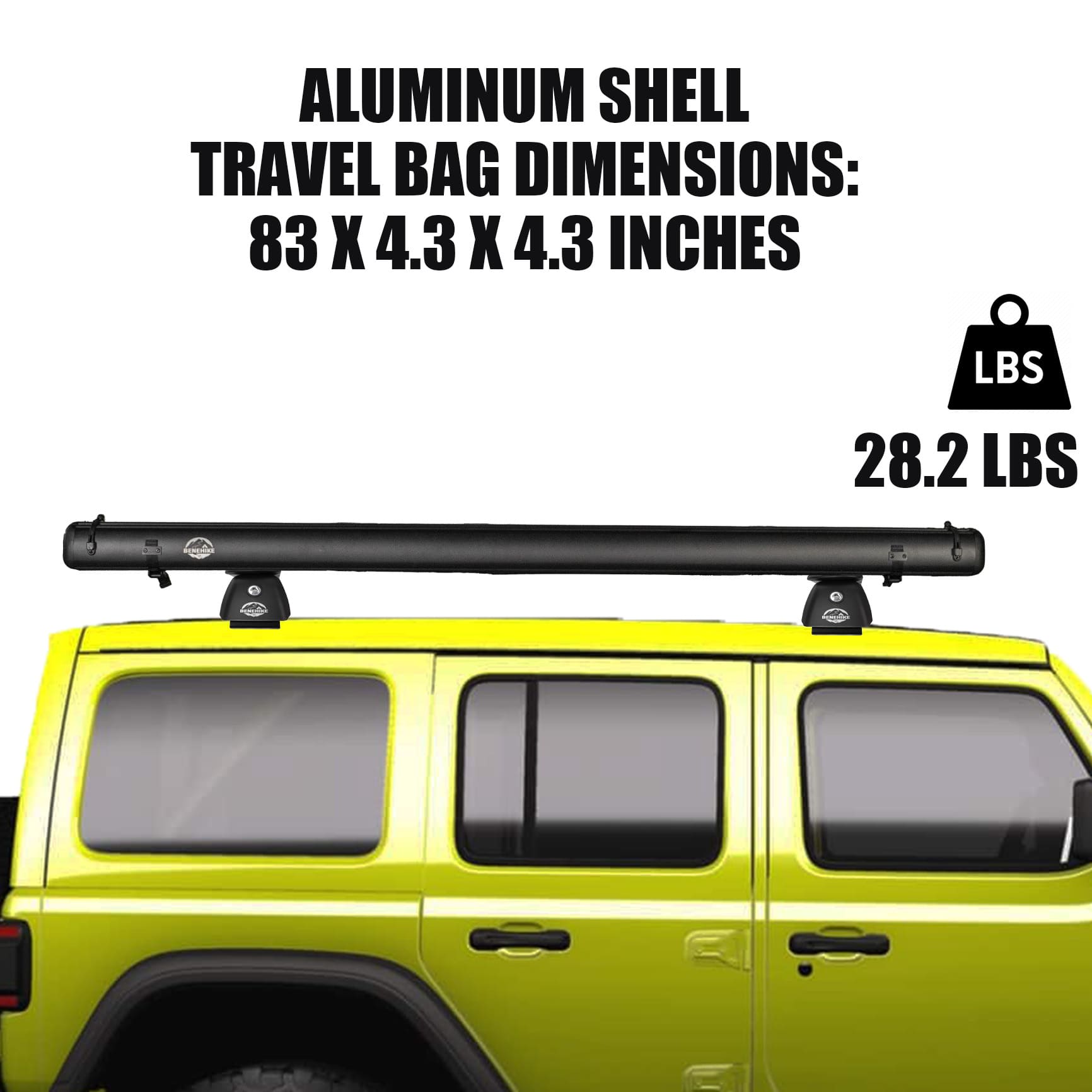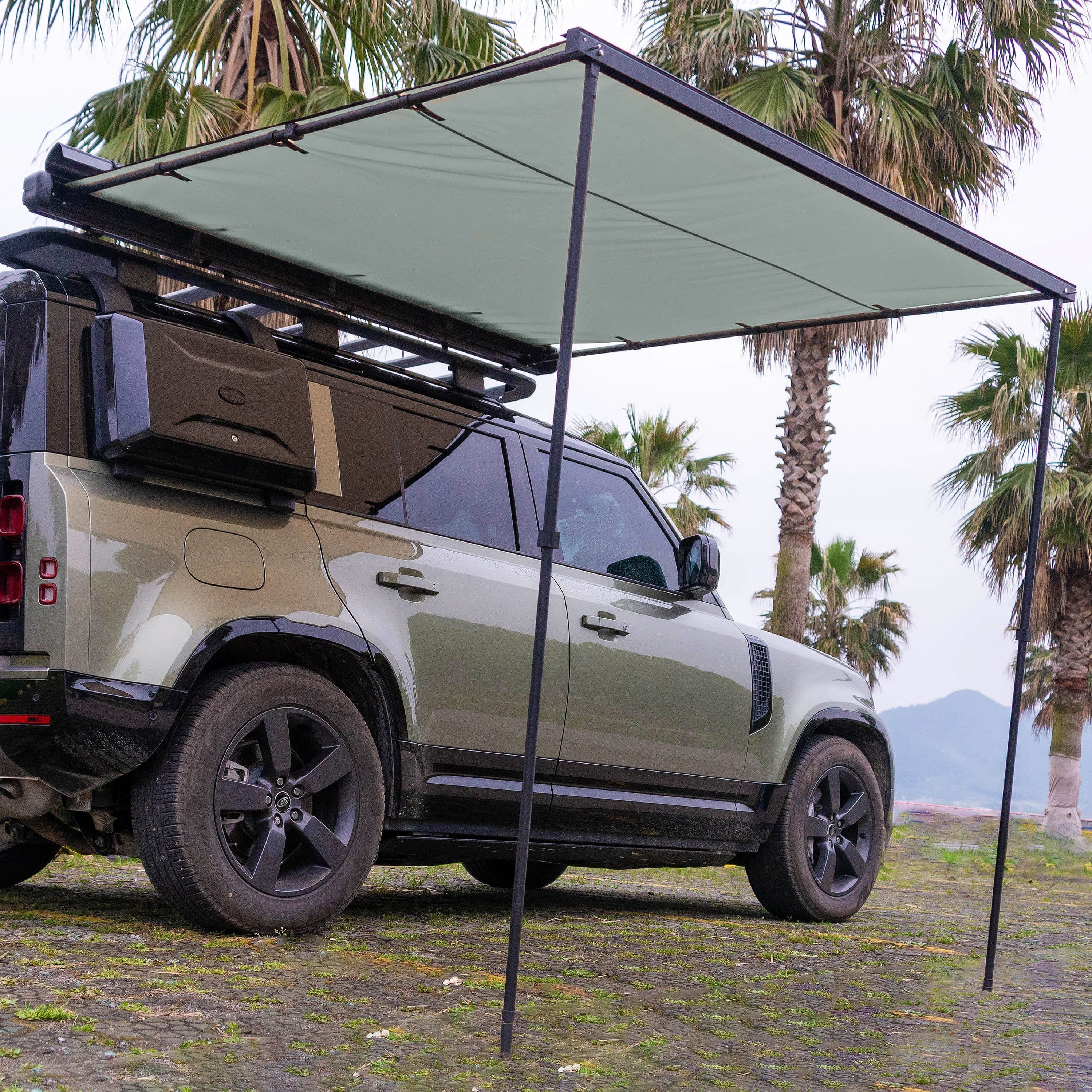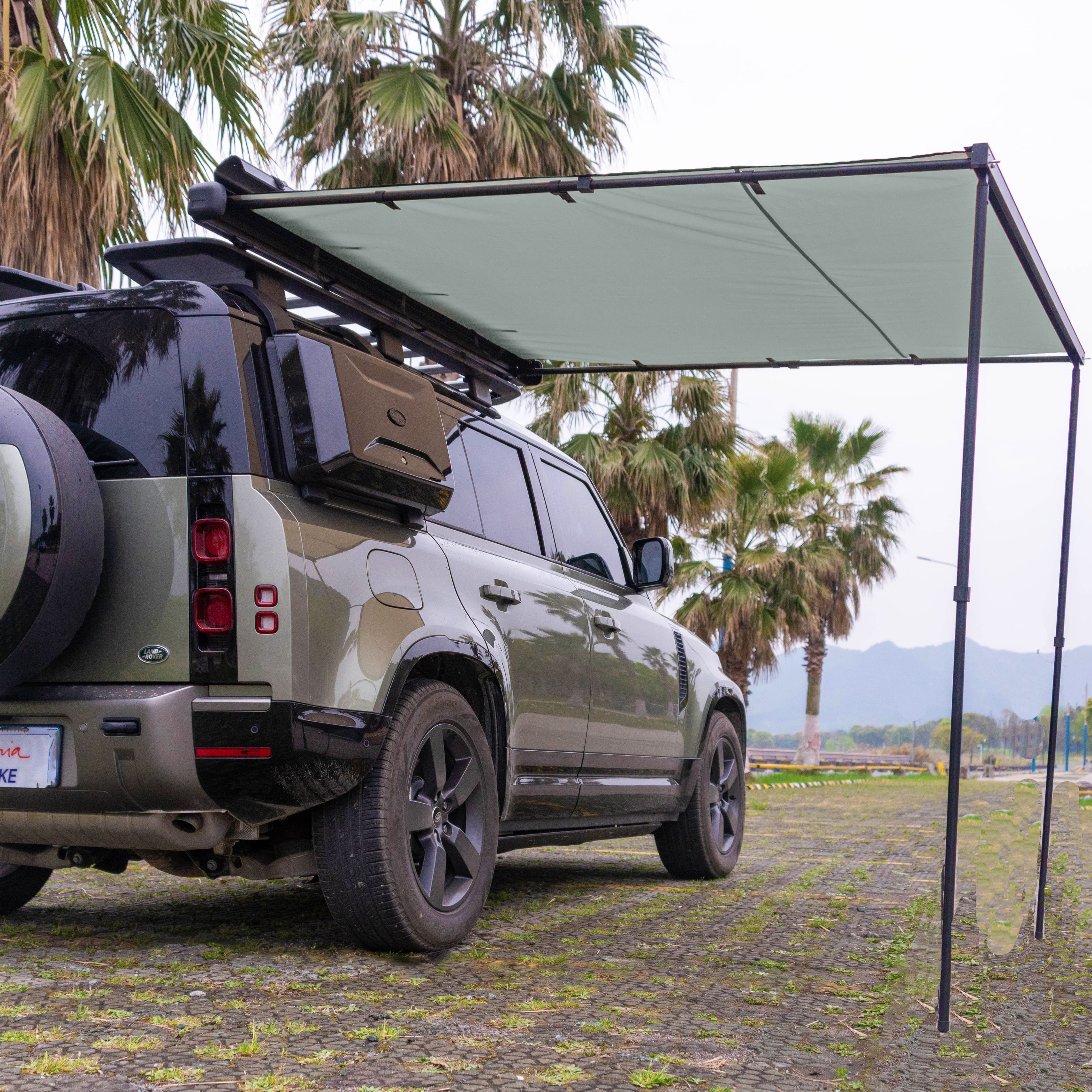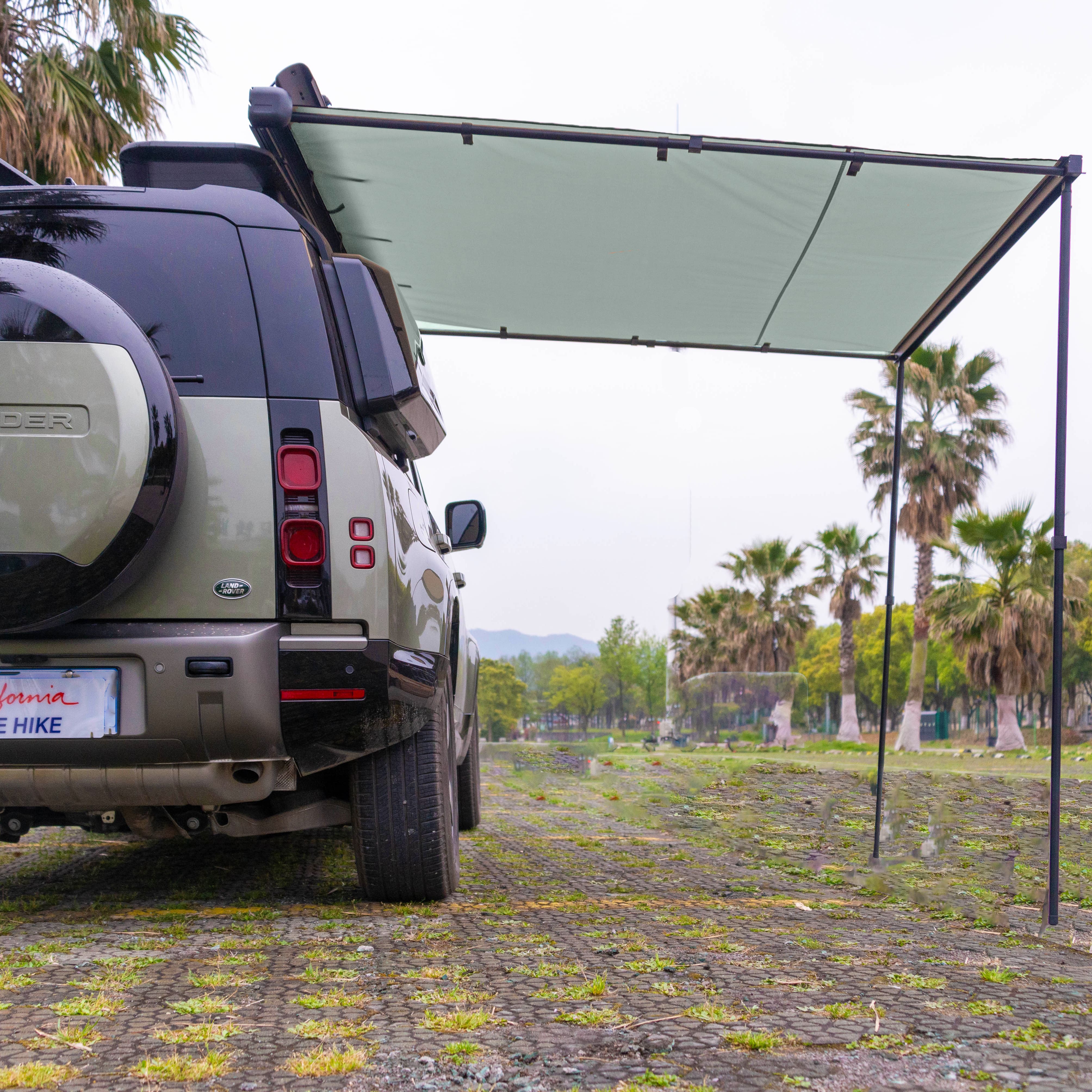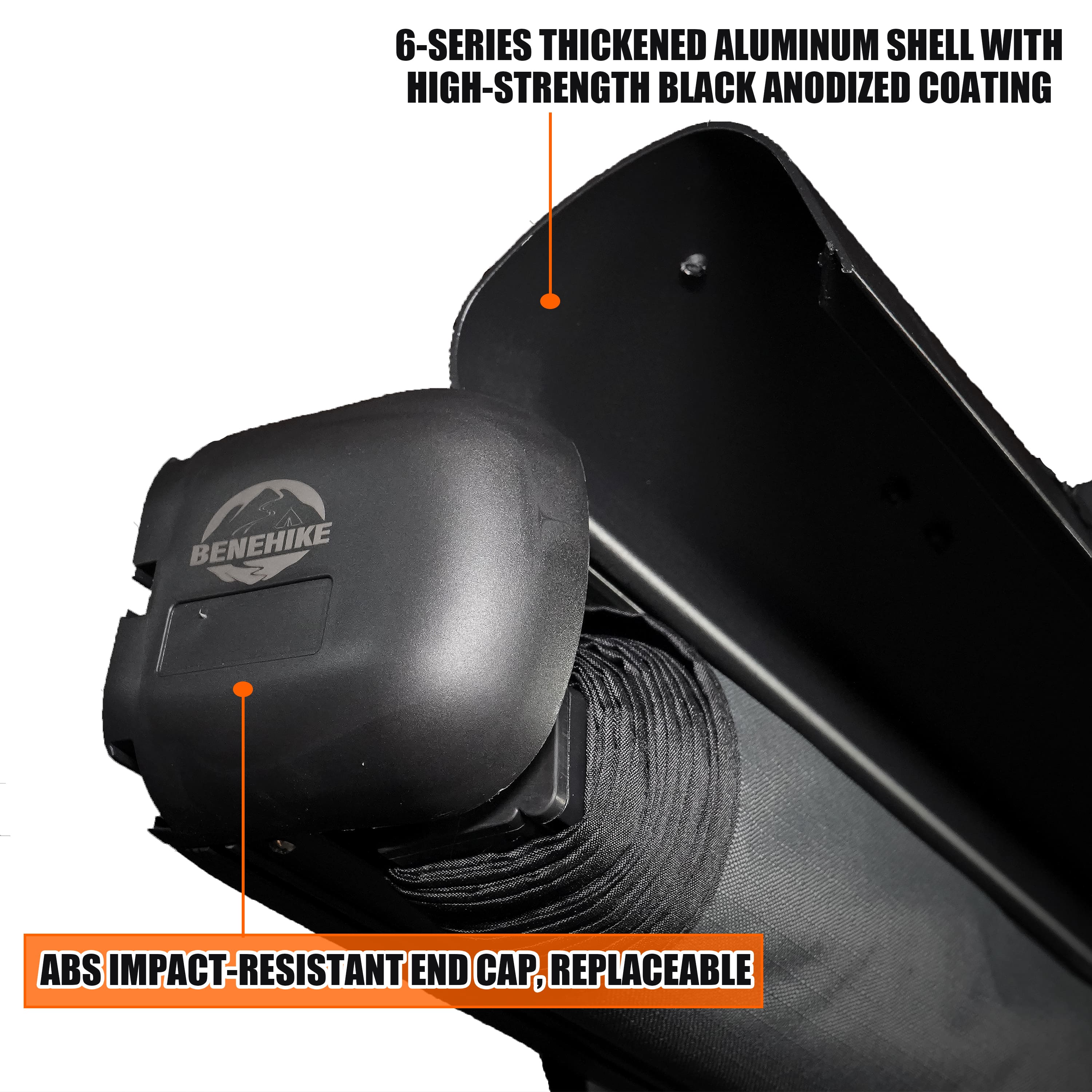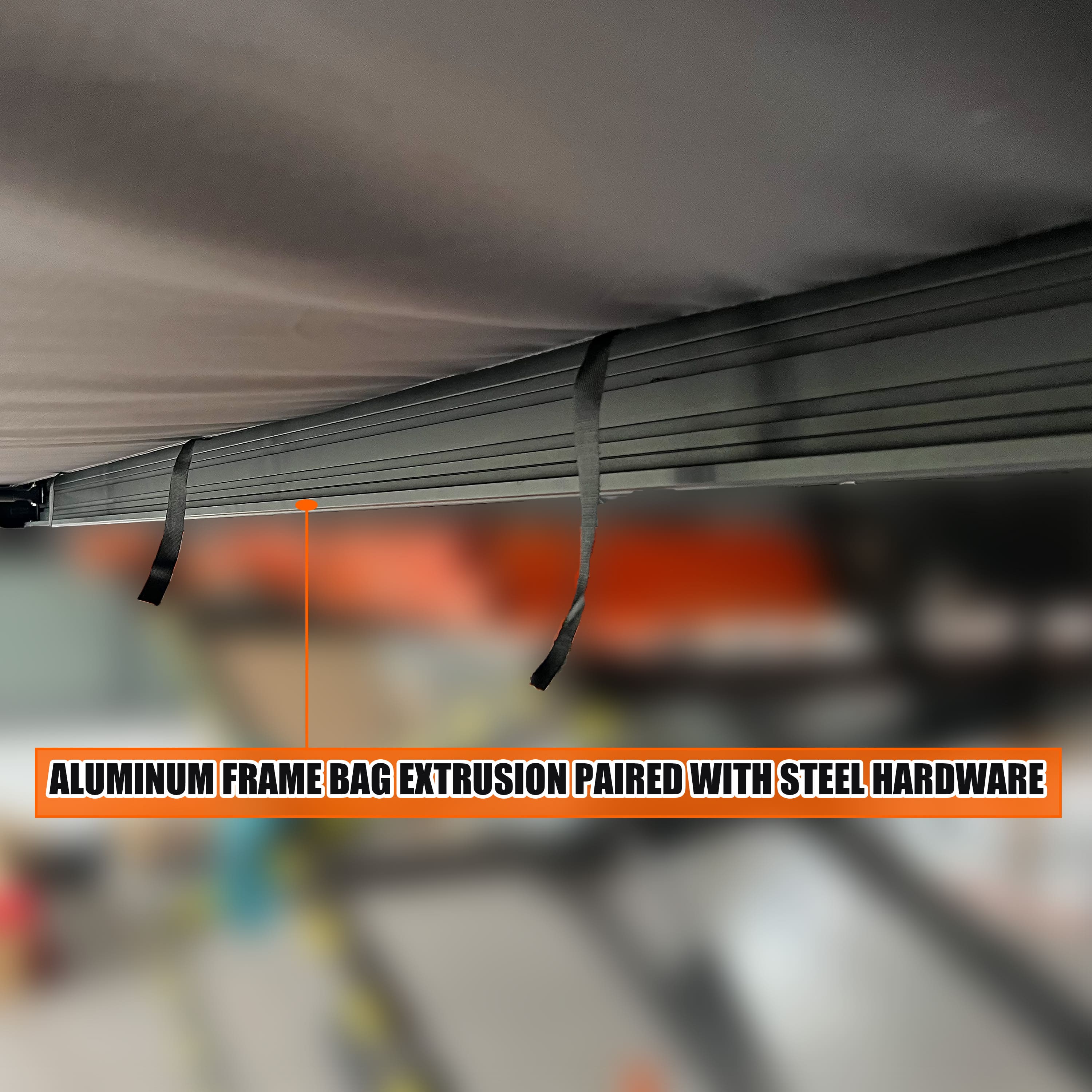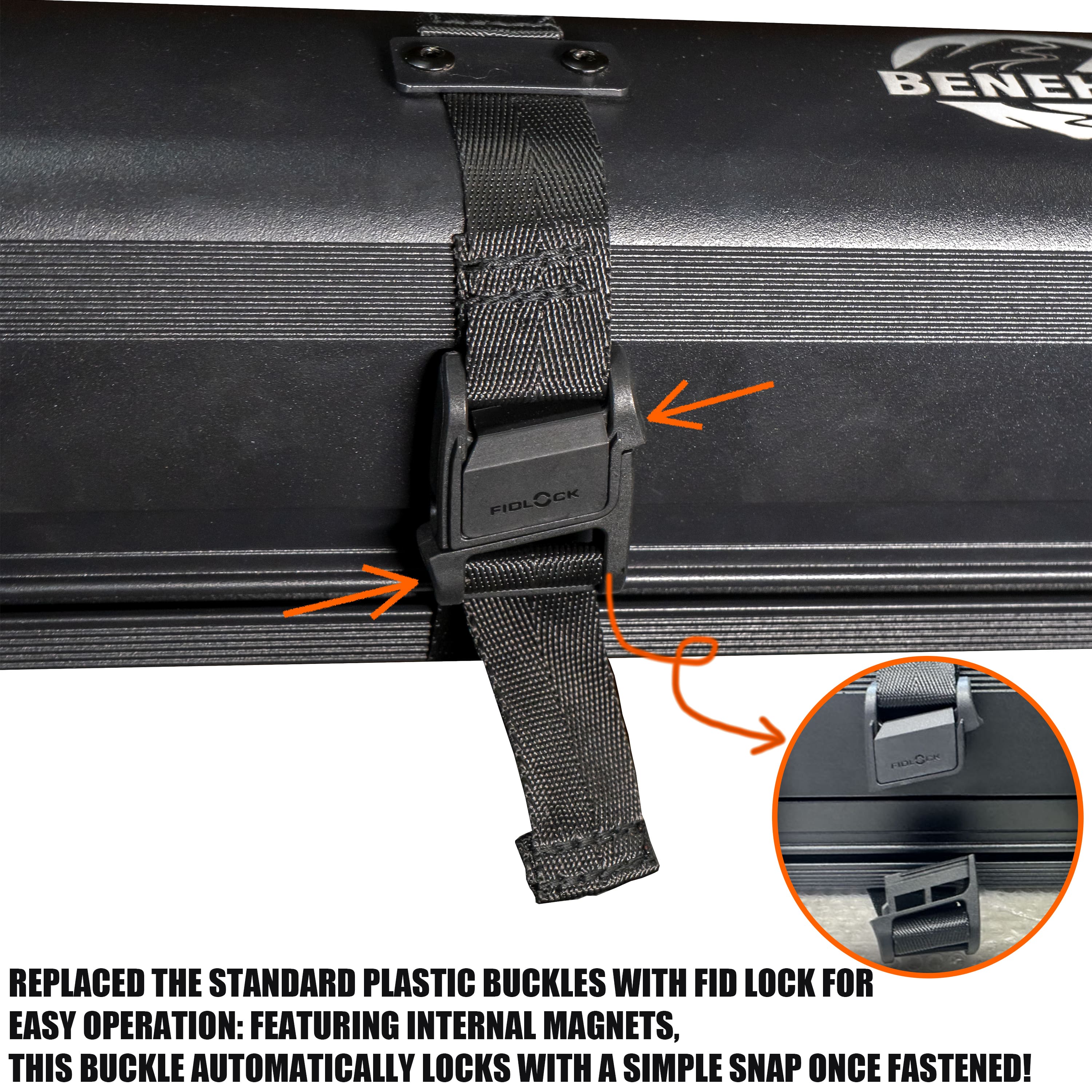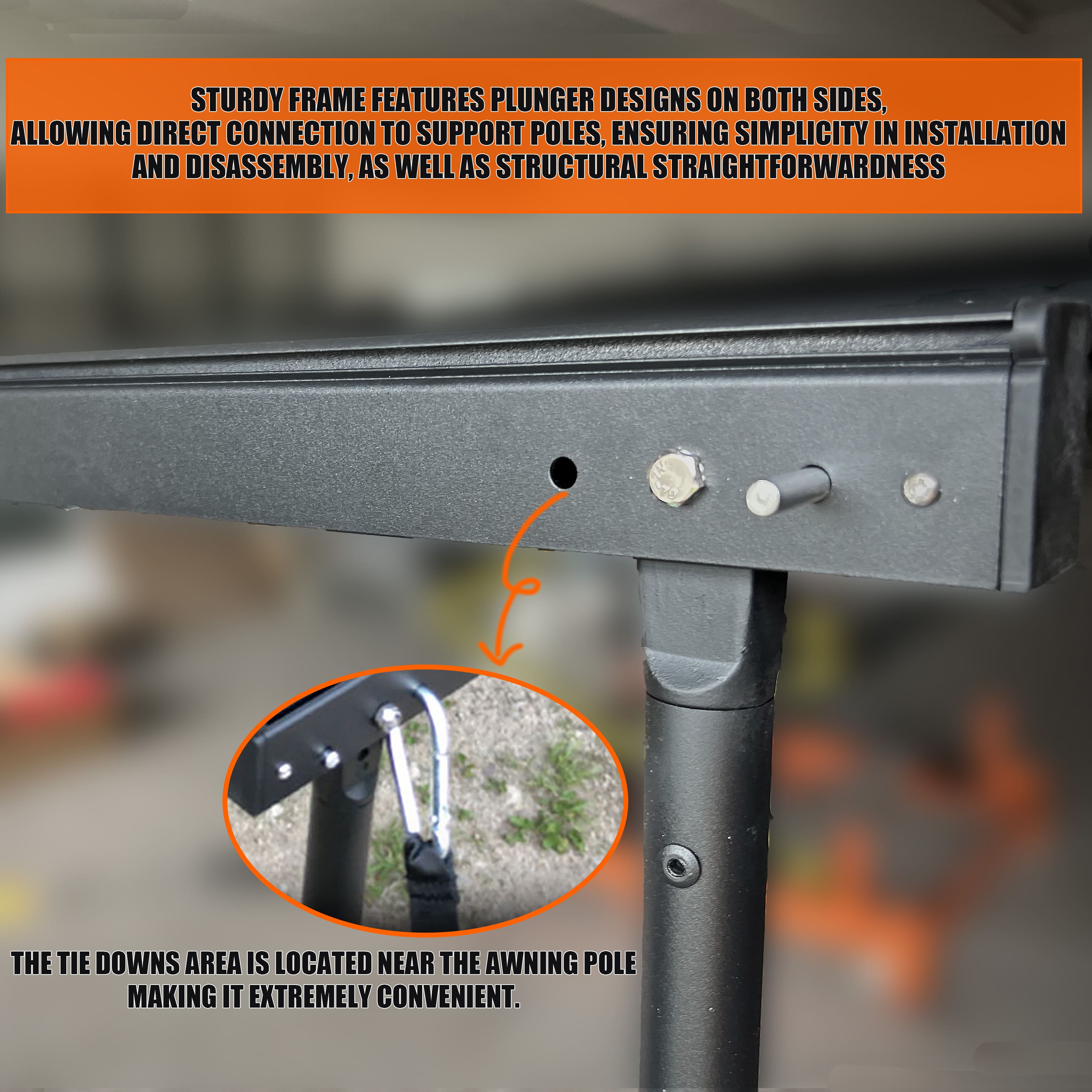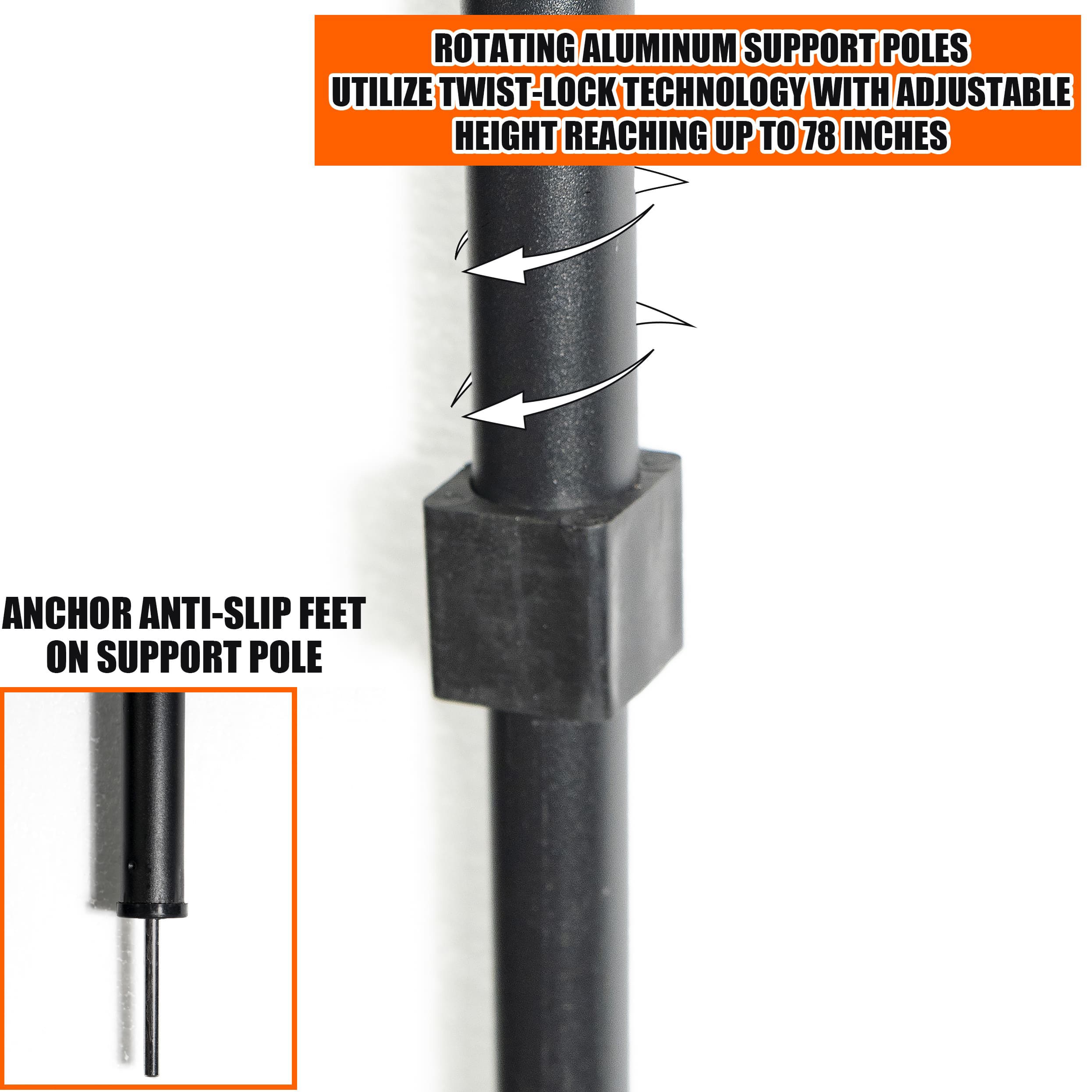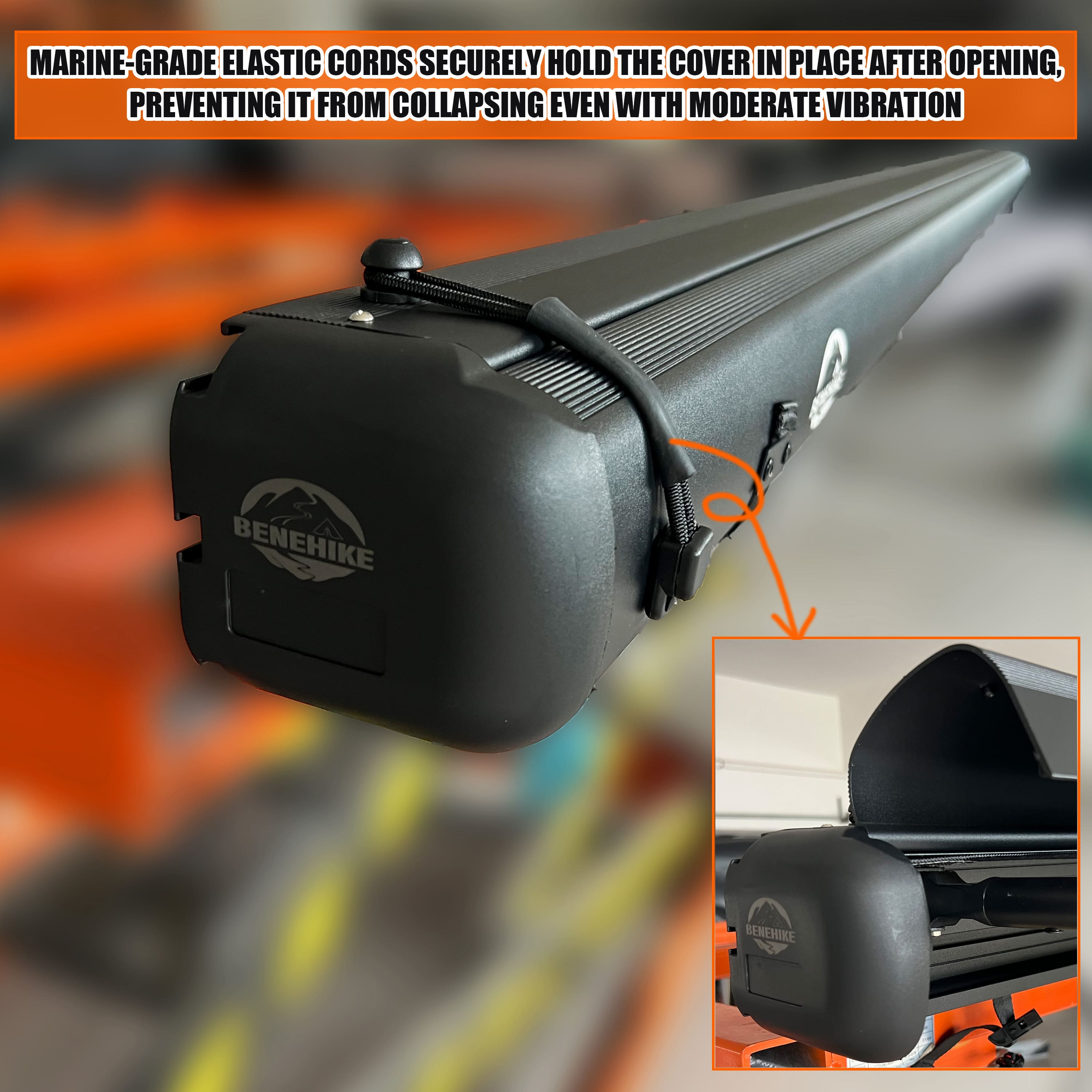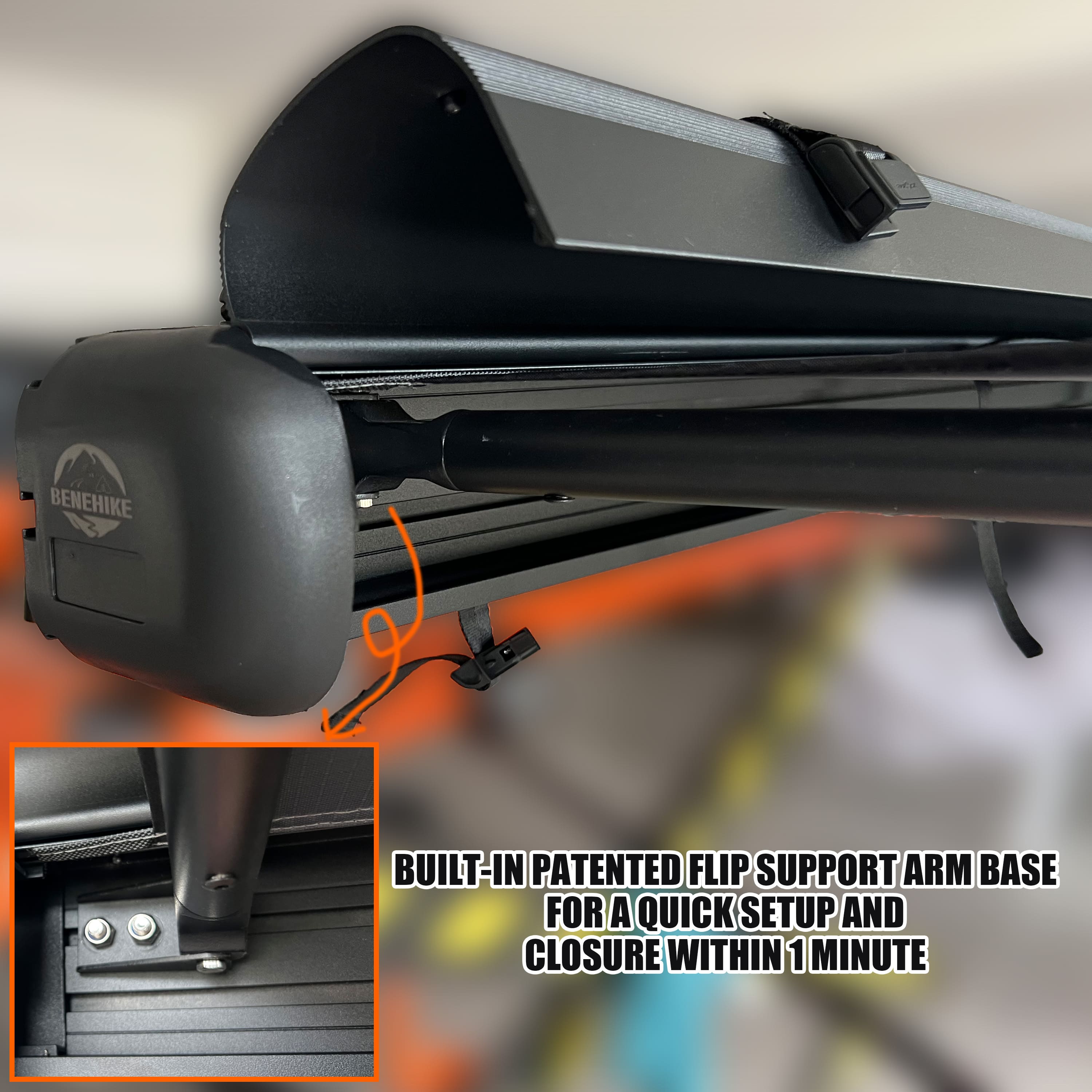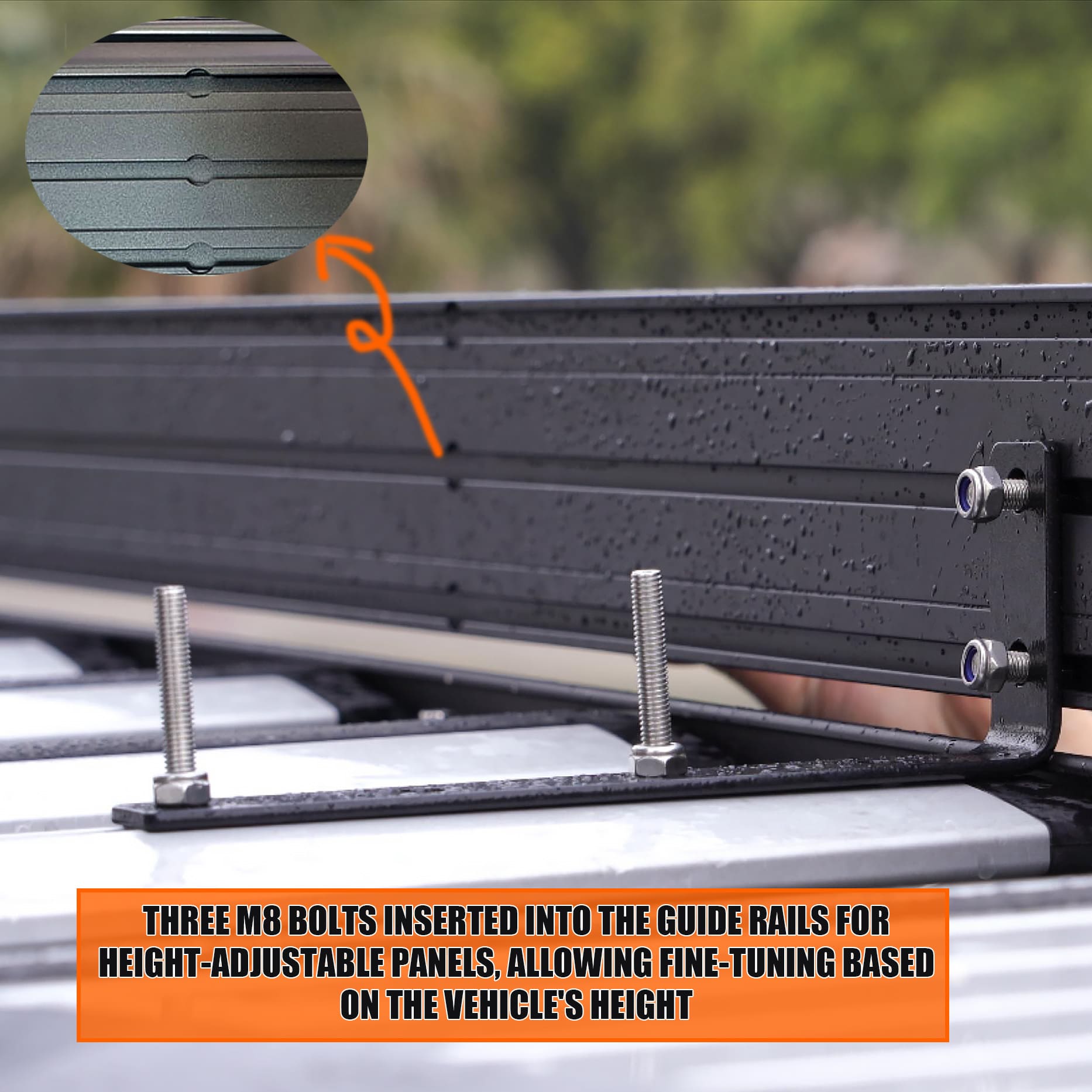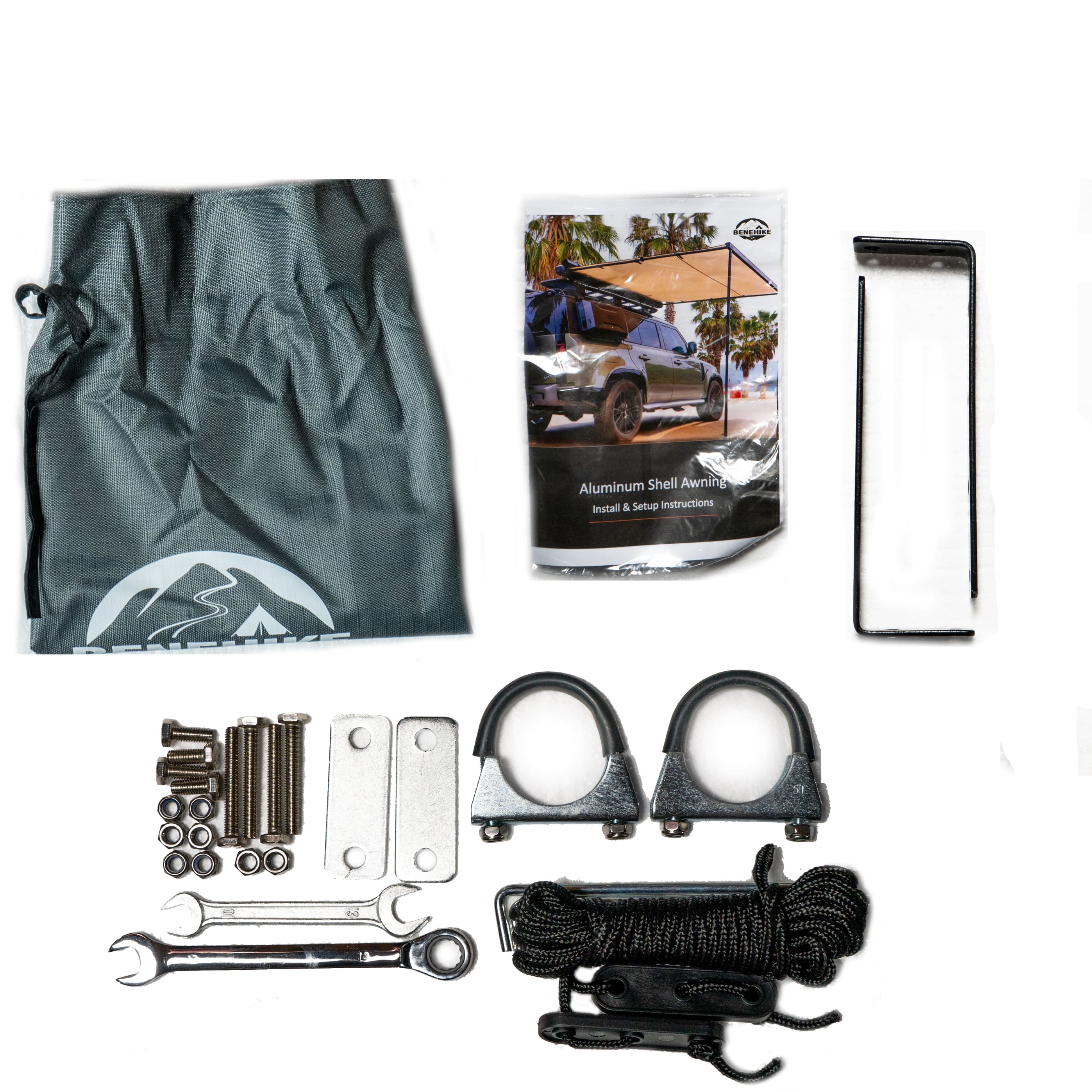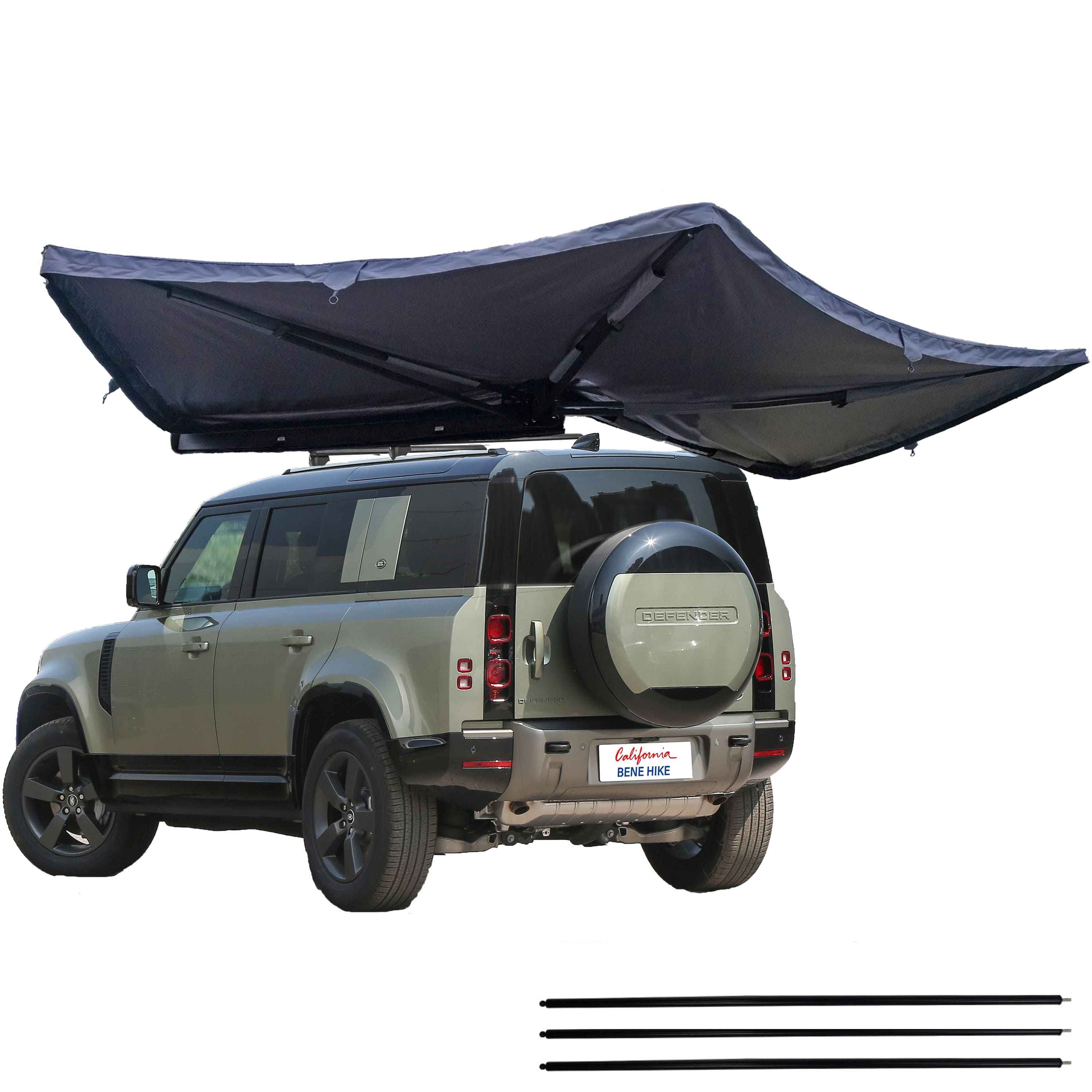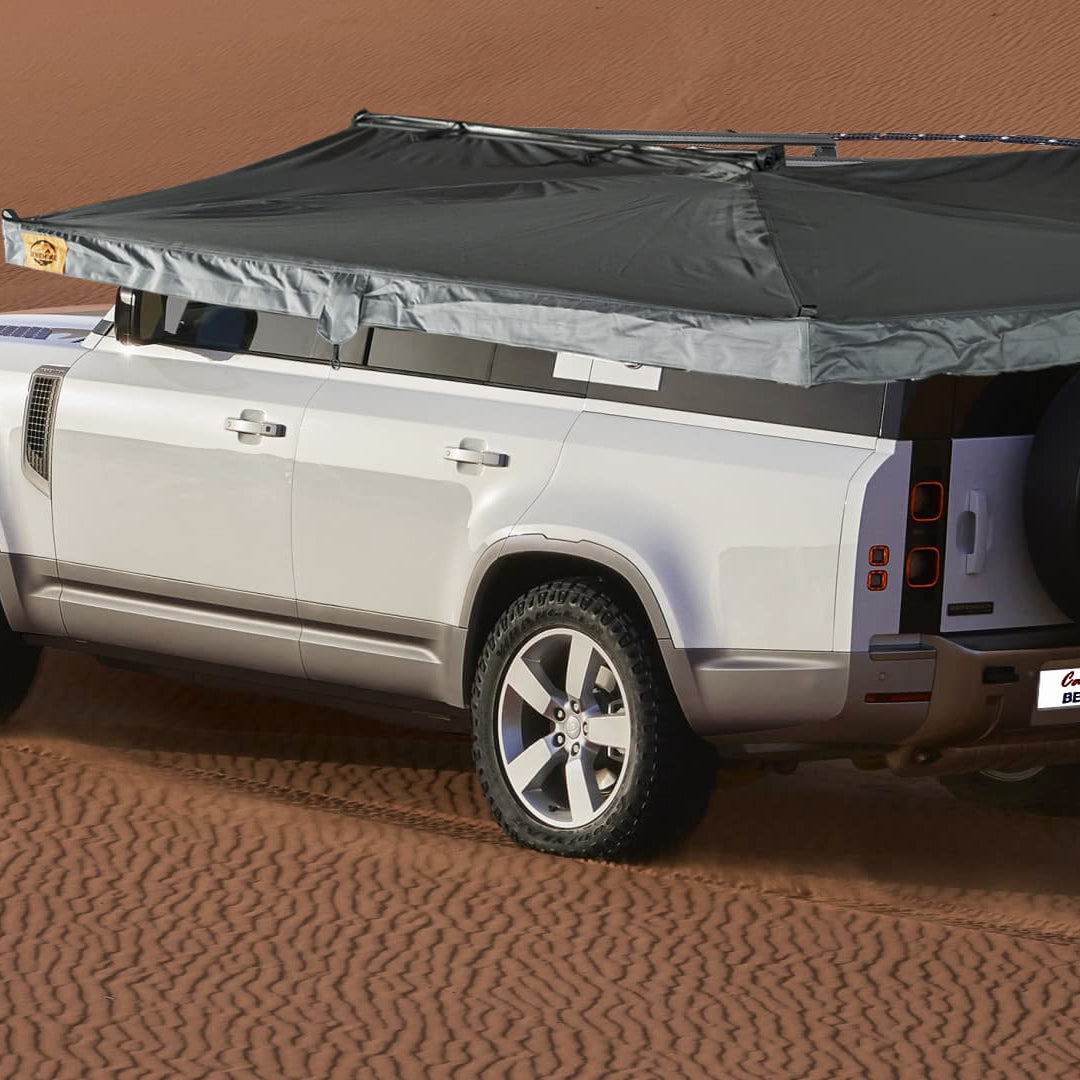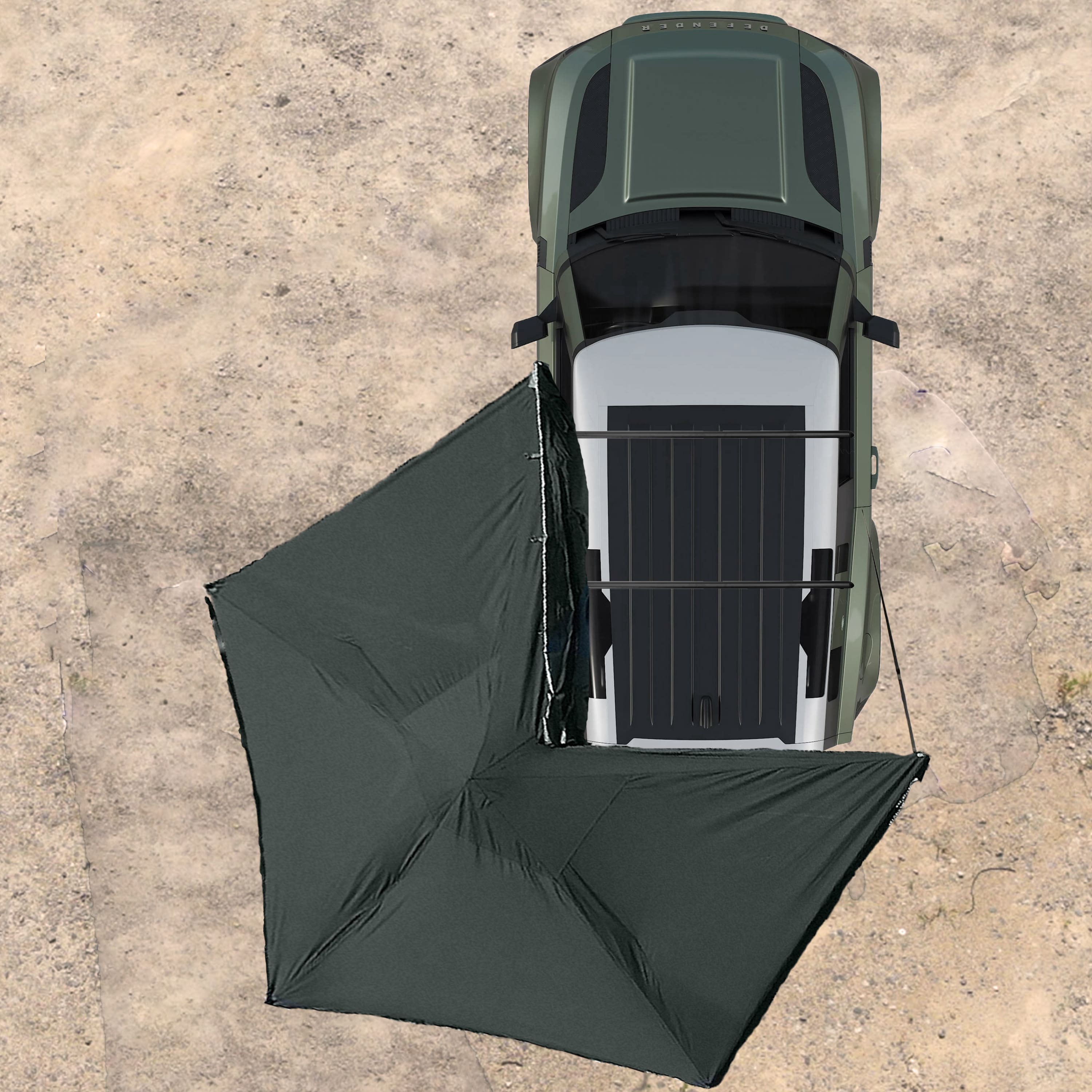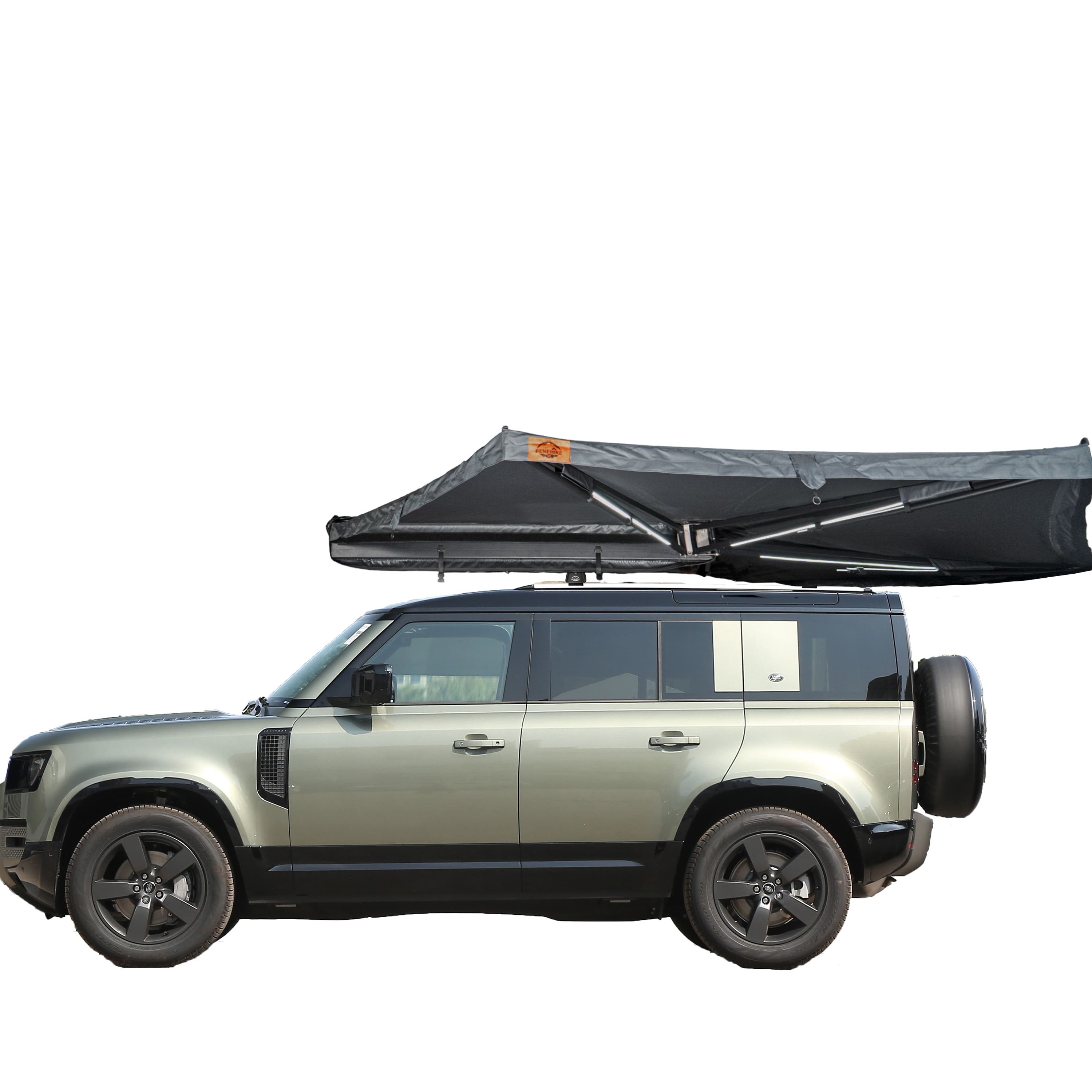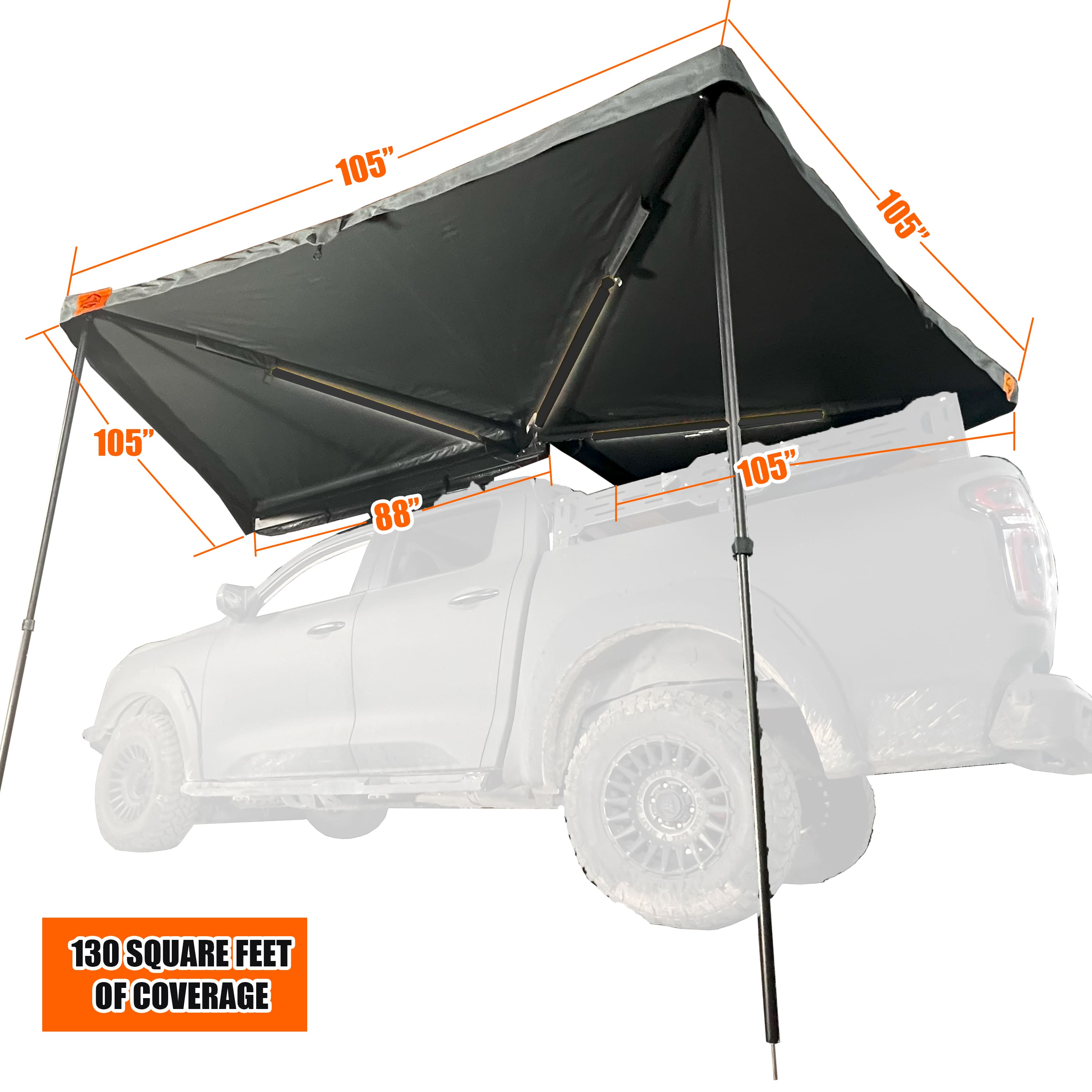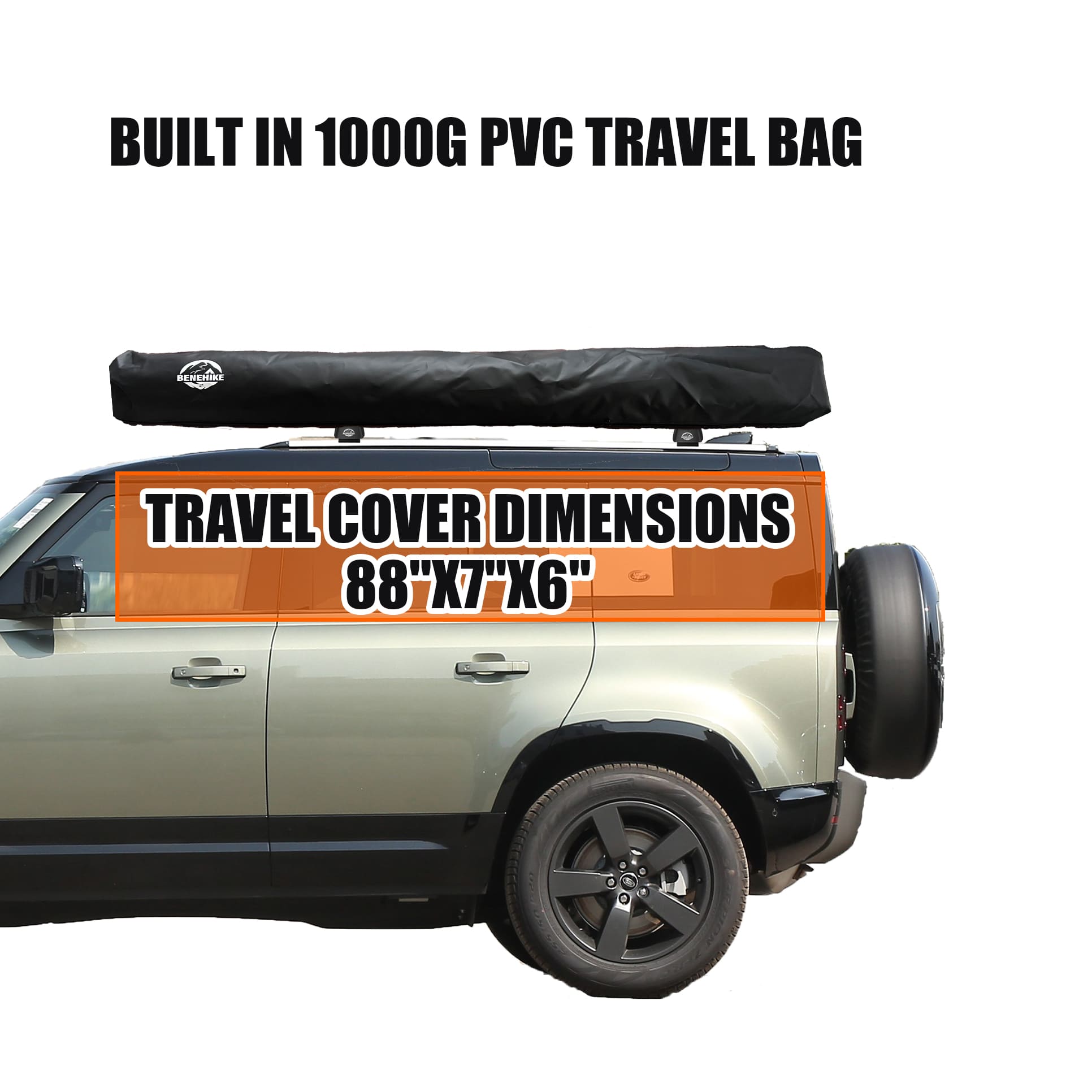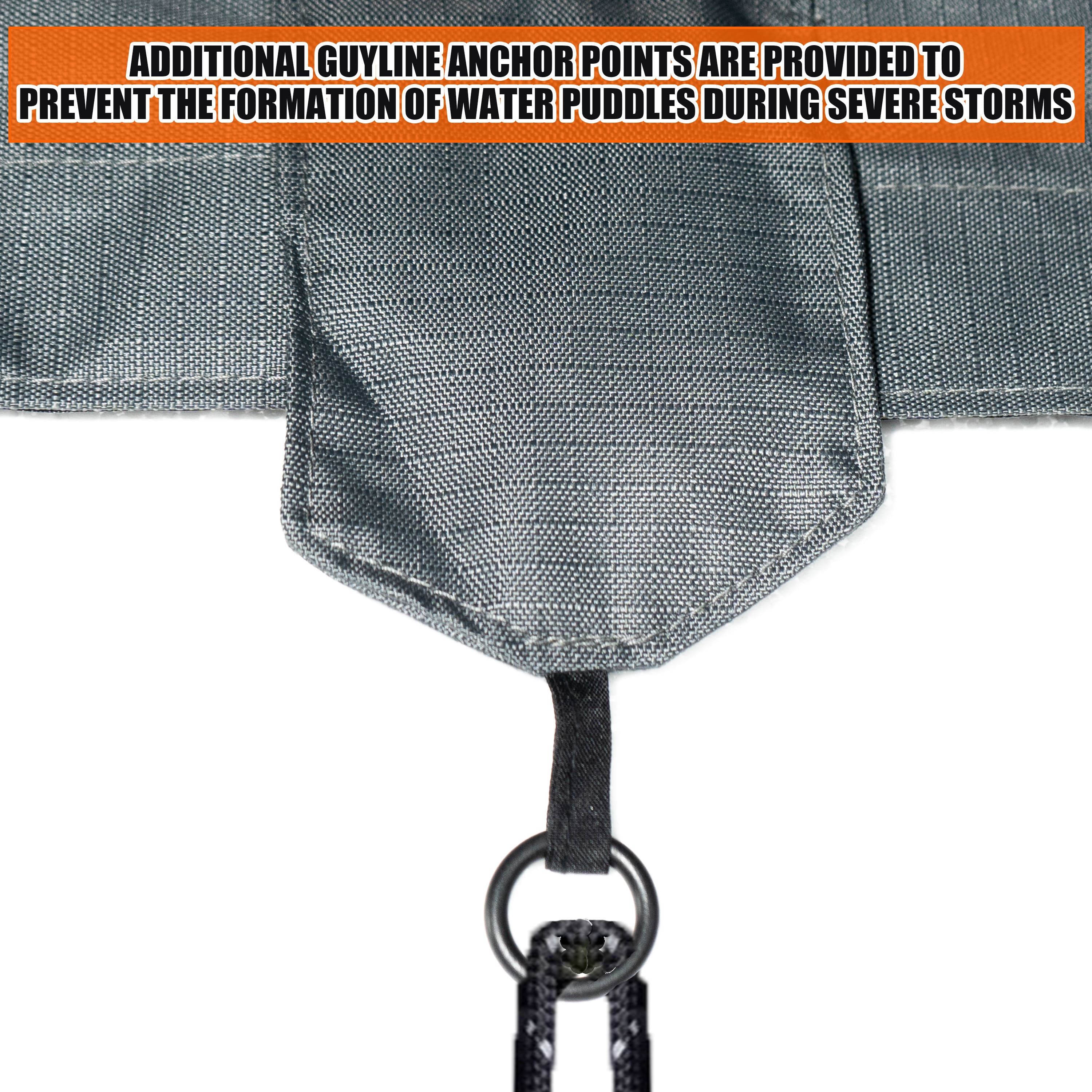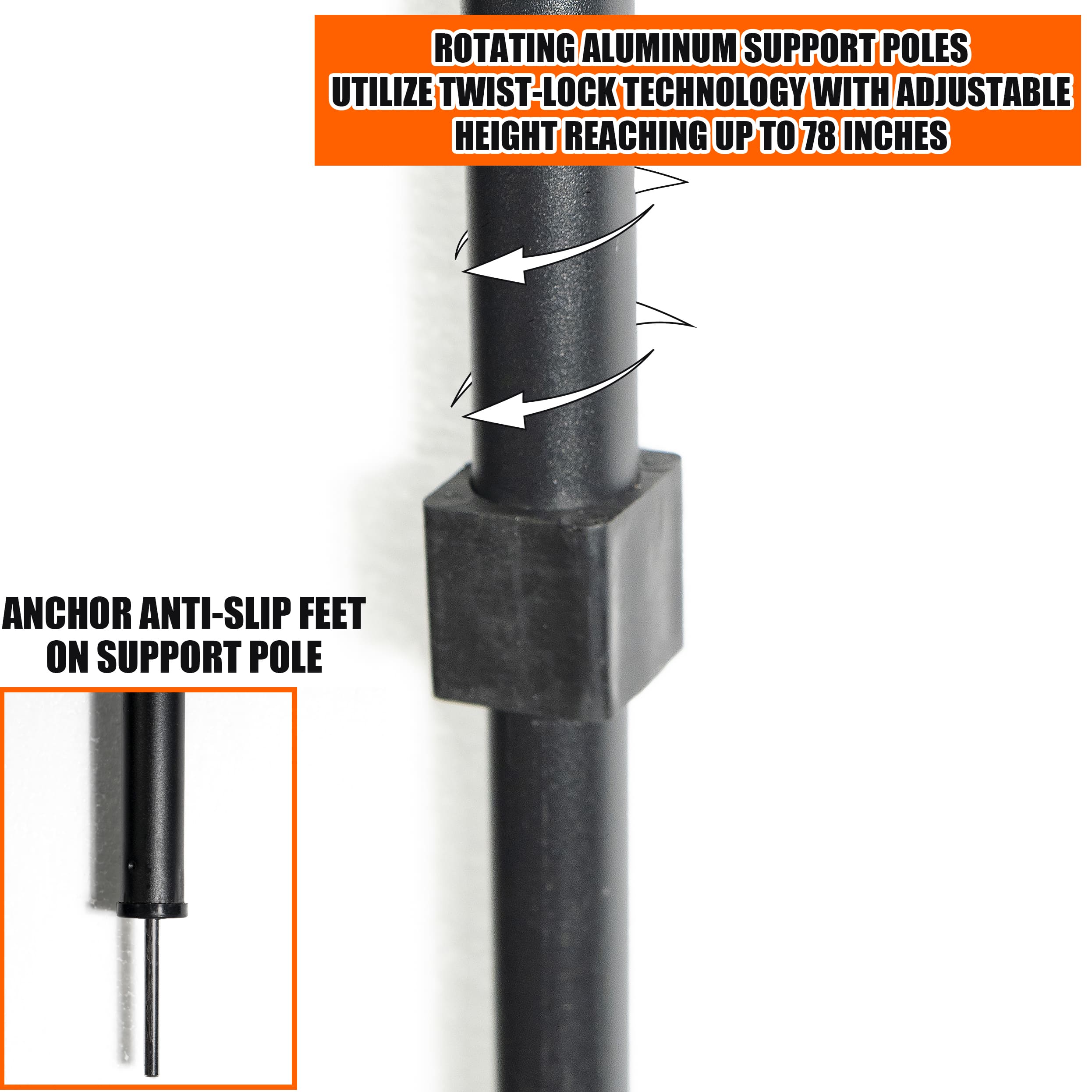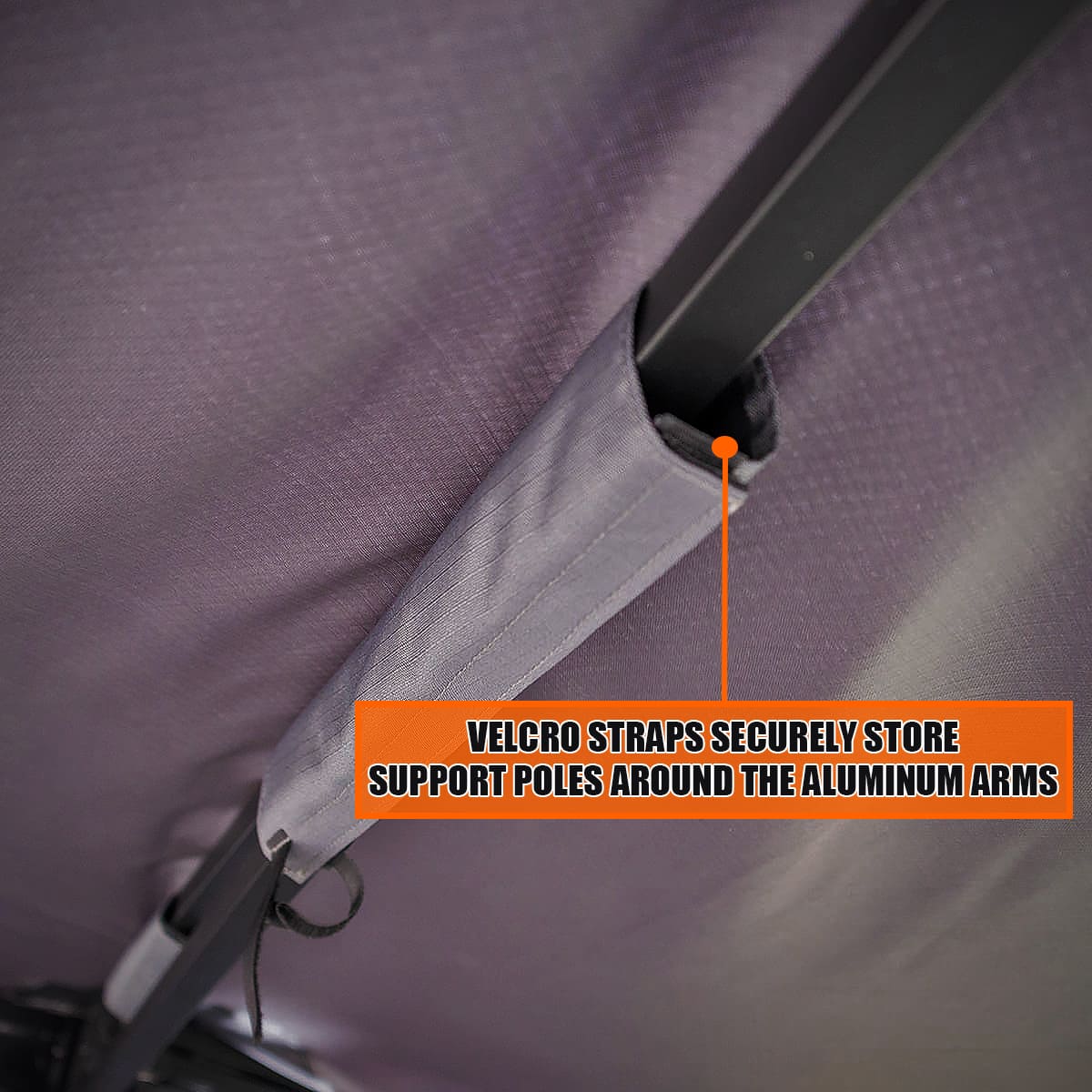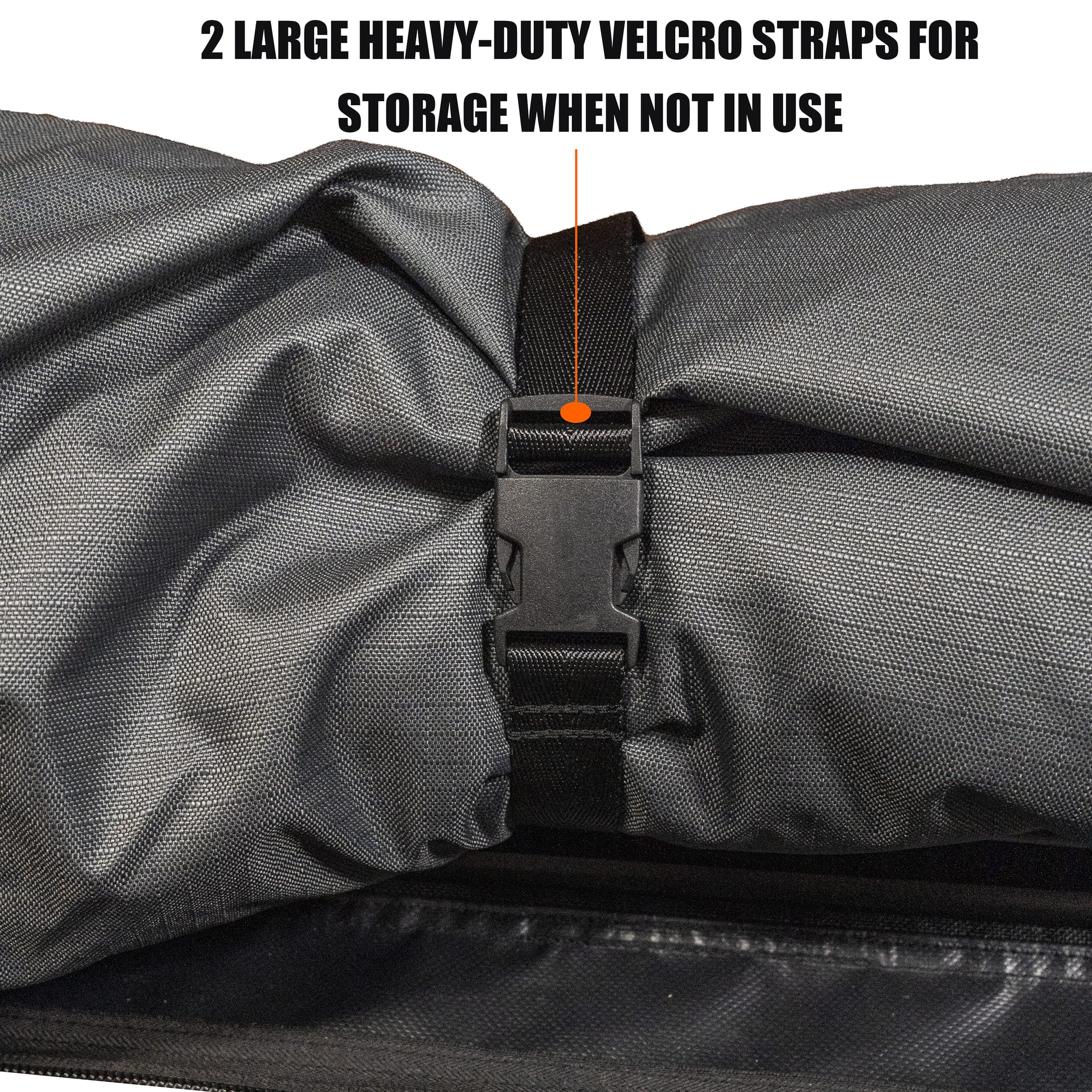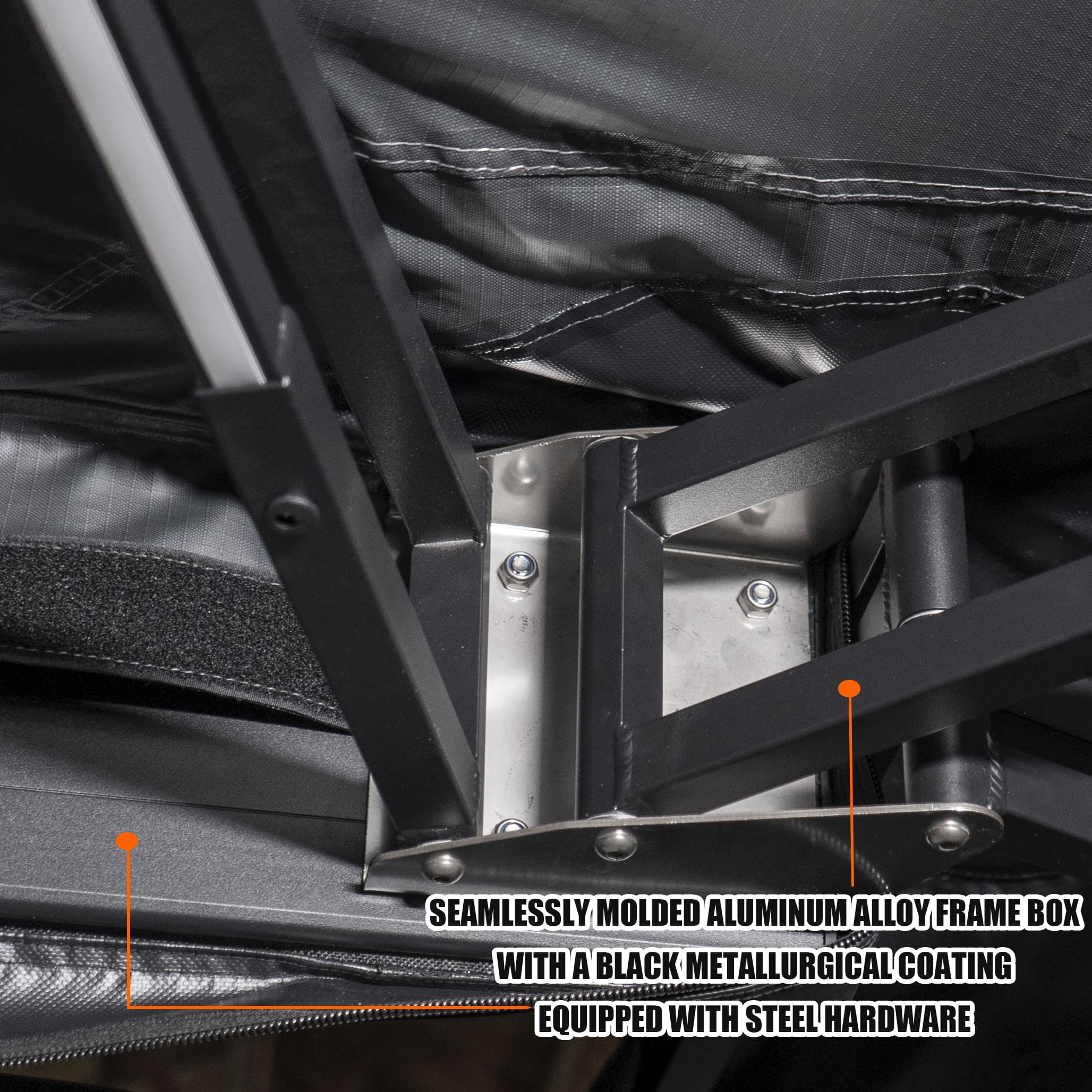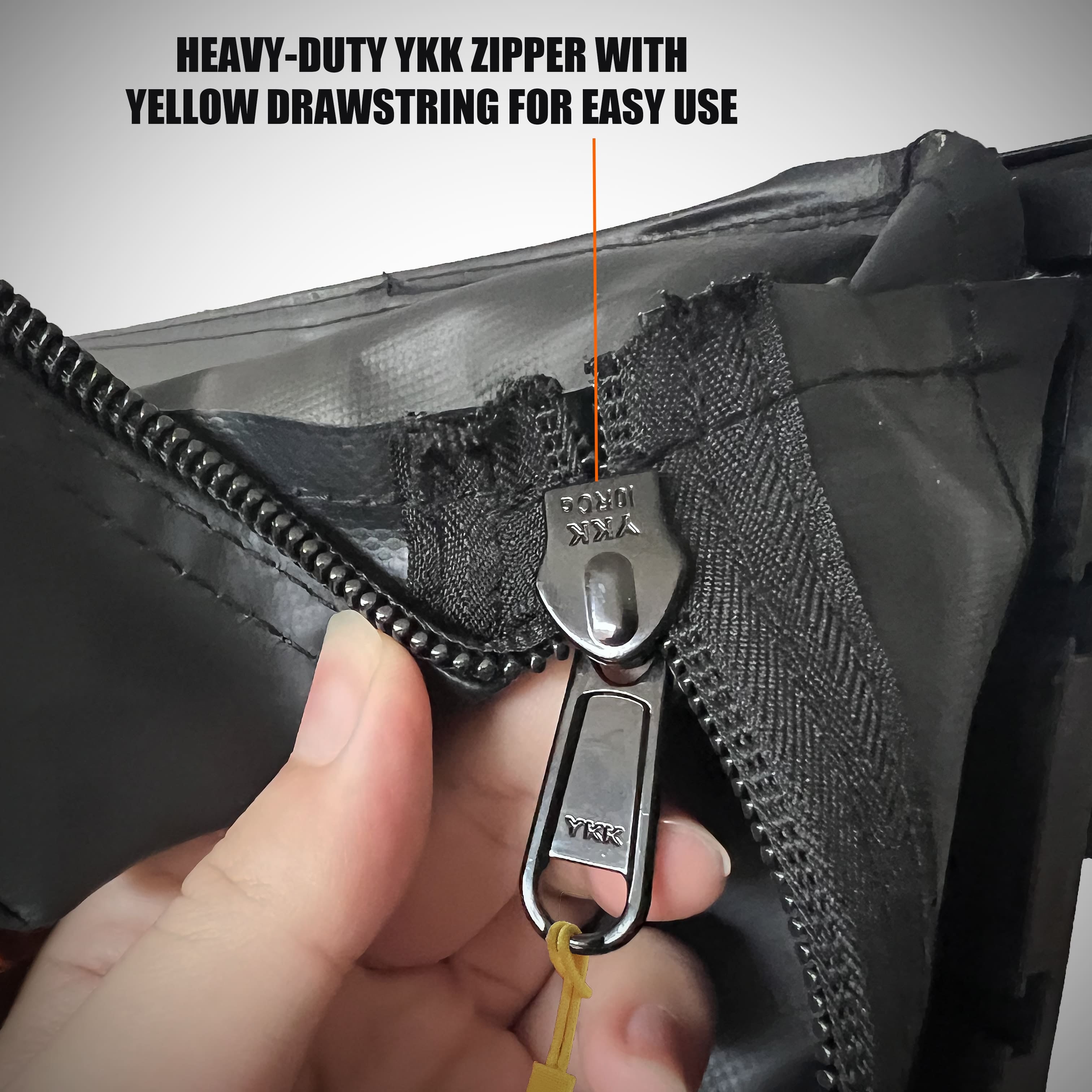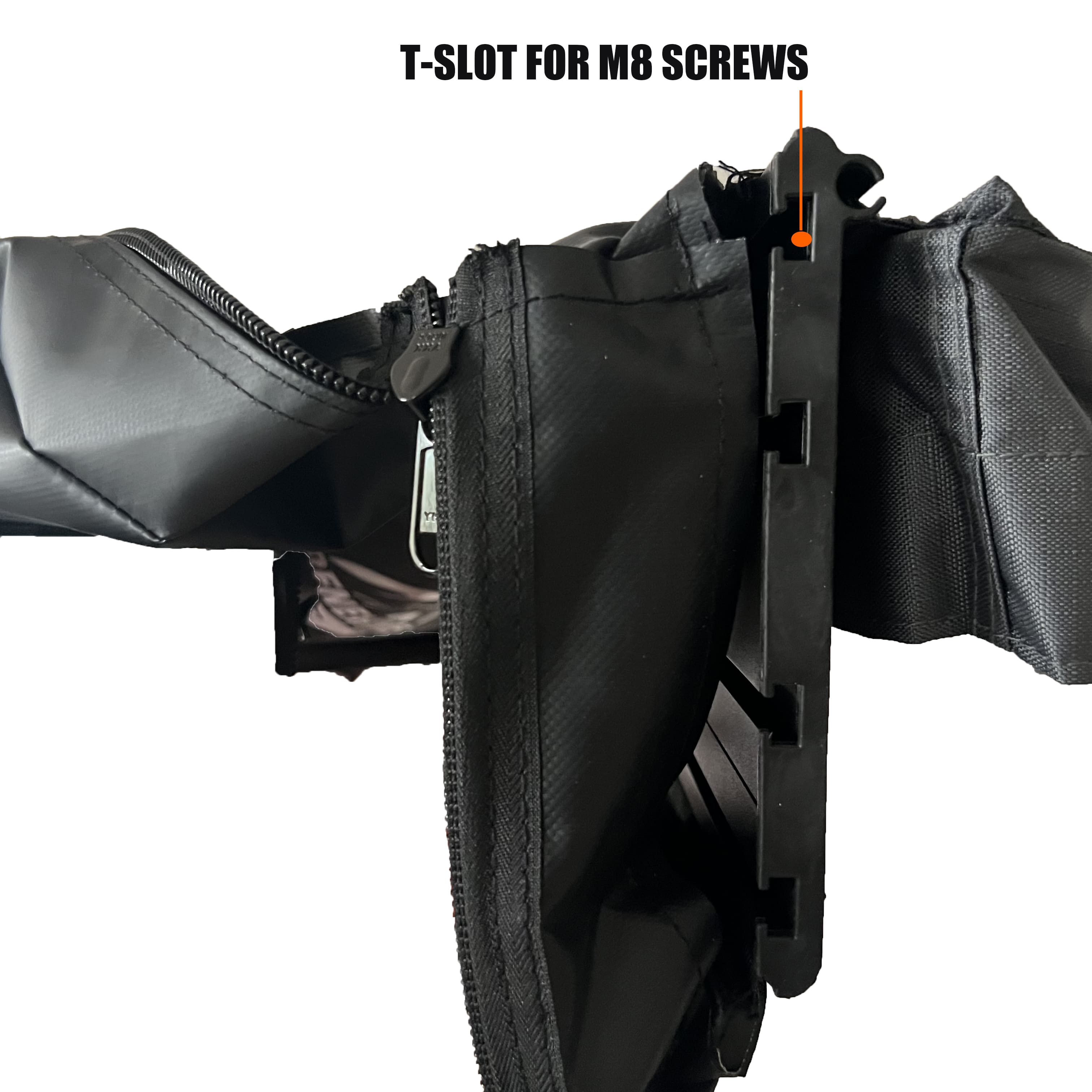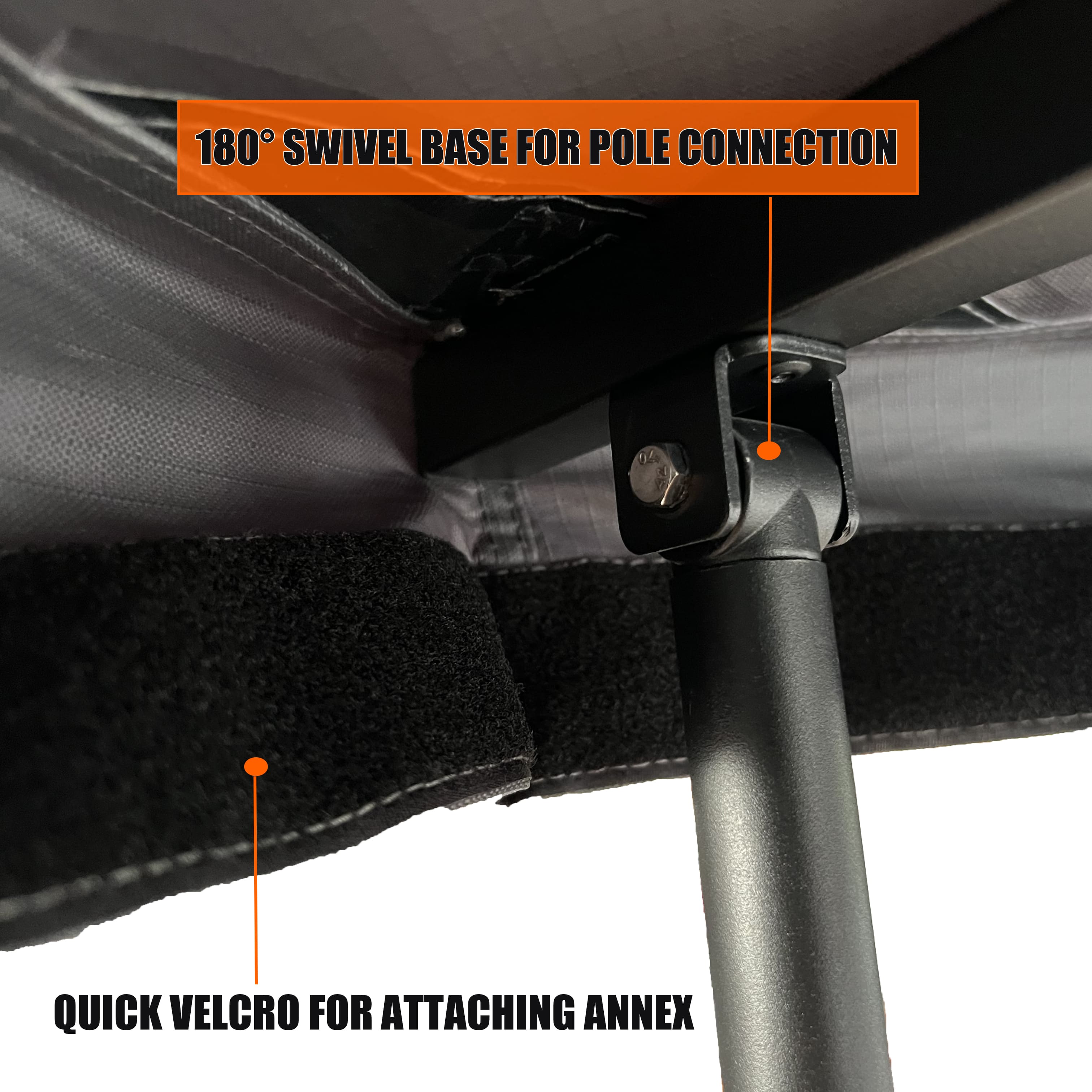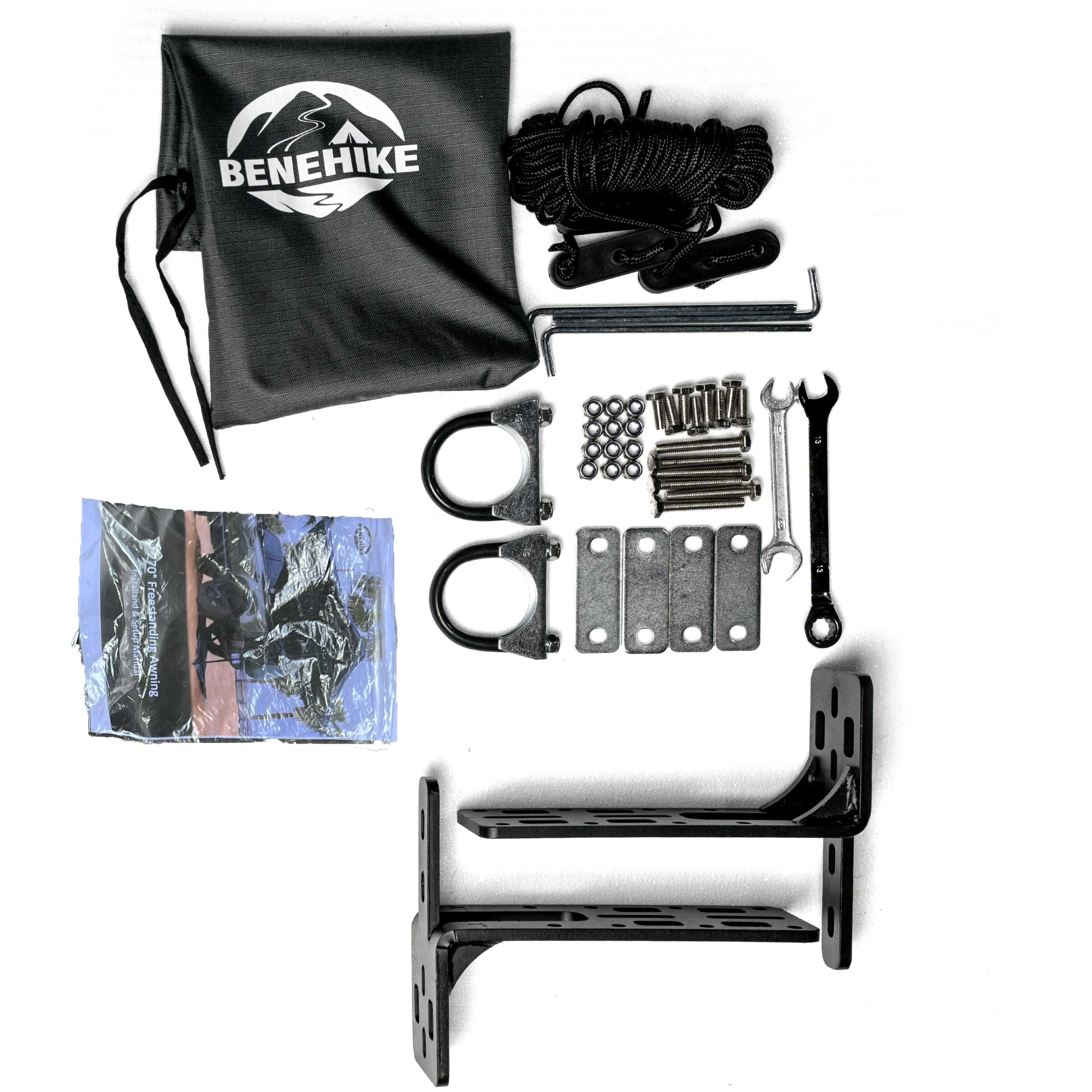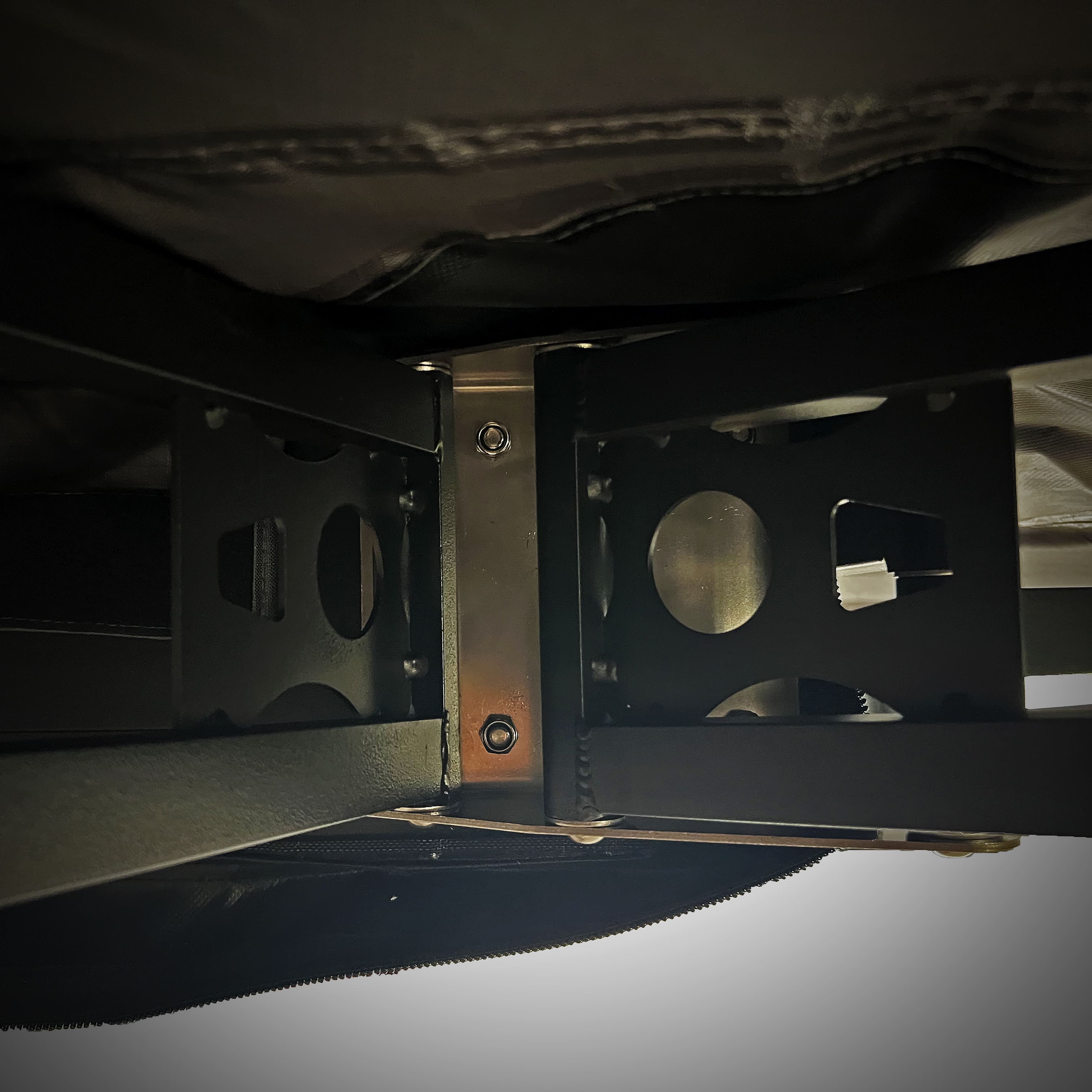Navigation
- Introduction
- Understanding Roof Top Tents
- Factors to Consider for Vehicle Compatibility
- Mounting a Roof Top Tent
- Conclusion
Introduction
In outdoor adventures, roof top tents (RTTs) is witnessing a surge of interest among enthusiasts who yearn for an elevated camping experience. RTTs offer a unique blend of homely comfort with the excitement of being one with nature. They combine the mobility of a camper with the simplicity of a tent, making them an attractive option for adventurers. But before you indulge in the purchase of an RTT, it is crucial to understand the compatibility between the RTT and your vehicle. A properly compatible RTT ensures a perfect fusion of safety and convenience, ensuring your excursions into the wilderness are both joyous and worry-free.
Understanding Roof Top Tents
What is a roof top tent?
A roof top tent is a portable shelter that mounts directly onto the roof rack of a vehicle. It's a step up from traditional camping tents, offering a raised and potentially more secure and comfortable sleeping arrangement. Unlike conventional tents, RTTs don't require a flat, smooth surface to set up, which increases the number of potential camping spots. They're also a symbol of convenience, offering a quick and easy setup, the ability to camp virtually anywhere your vehicle can go, and heightened safety by keeping you elevated from ground-level threats such as wildlife and flooding.
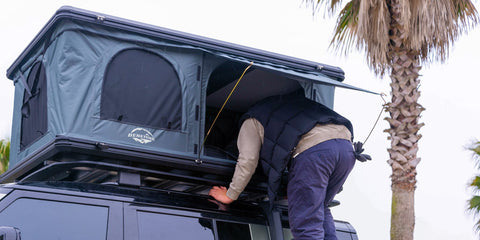
Types of Roof Top Tents
Hard shell tents are widely recognized for their robust construction, superior resistance to weather elements, and swift setup process. These features render them an optimal selection for regular campers and those venturing into severe weather conditions.
In contrast, soft shell tents require slightly more time for assembly but typically provide increased sleeping quarters. They also tend to be more cost-effective, thereby making them an attractive option for families or large groups.
Hybrid tents seamlessly amalgamate the characteristics of both, offering a well-rounded balance of space, resilience, and convenience.
Understanding these types can help you make an informed decision about which tent best suits your vehicle and your camping preferences.
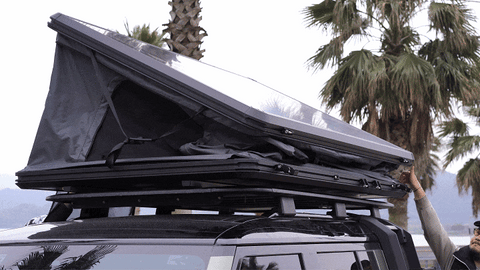
Factors to Consider for Vehicle Compatibility
Roof Rack Capacity
The capacity of your vehicle's roof rack is the first and foremost factor when evaluating RTT compatibility. The roof rack needs to support the weight of the tent along with its occupants and gear. This is where understanding the difference between dynamic weight capacity (the weight it can carry while the vehicle is in motion) and static weight capacity (the weight it can handle when the vehicle is stationary) comes in handy. It is important to note that the static weight capacity is usually higher than the dynamic one, so the tent and its contents should be within the dynamic weight limit when the vehicle is on the move.

Roof Type and Dimensions
Roofs of vehicles can vary from flat and curved to having raised rails, each type interacting differently with the installation of a roof top tent. Equally important are the dimensions of your vehicle's roof. Ensuring precise roof measurements is integral to confirming a tent that fits securely and seamlessly, which mitigates the likelihood of potential mishaps. It is pivotal to cross-verify these dimensions with those stated by the tent manufacturer. Additionally, one must confirm that there is adequate space to unfurl and fold the tent without inflicting any damage to either the vehicle or the tent itself.
Vehicle Weight and Load Capacity
The cumulative weight of your vehicle, inclusive of the rooftop tent's additional load, must be within the vehicle's prescribed maximum load capacity. This limit, also known as the Gross Vehicle Weight Rating (GVWR), is the utmost weight your vehicle can safely bear, encompassing its own weight, passengers, fuel, and any supplementary cargo. Overburdening the vehicle can negatively impact its handling and performance and may precipitate structural damage or even severe accidents. Therefore, it is essential to calculate the total weight of your vehicle after adding the tent and ensure it does not exceed the GVWR.
Vehicle Type and Model
Not all types and models of vehicles are suitable for roof top tents. Compact cars or vehicles with a low roof load capacity may not be able to safely support a roof top tent. On the other hand, SUVs, trucks, and other larger vehicles are usually better equipped to handle the additional weight and size of a roof top tent. The vehicle's height can also impact the ease of accessing the tent, with taller vehicles potentially requiring additional steps or a longer ladder. Furthermore, the make and model of the vehicle can influence the availability and selection of compatible roof racks and tents.
Before you make any purchase decision, be sure to check the provider's for detailed information about vehicle compatibility. At Benehike, a provider of a wide range of roof top tents, you have a great chance of finding your own roof top tents.
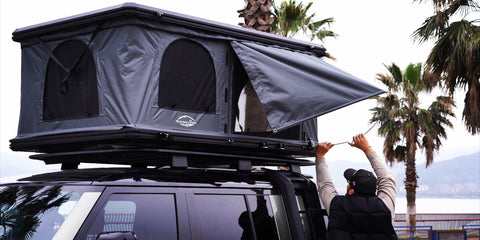
Mounting a Roof Top Tent
The process of mounting a roof top tent on your vehicle involves several steps, including checking the tent and all its accessories, installing the mounting tracks and ladder, securing the tent to the roof rack, and finally, ensuring all components are securely fastened.
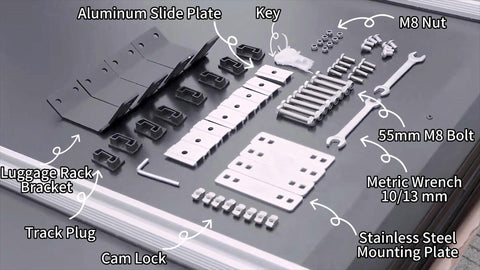
- Acquisition and Preparation: Upon selection and procurement of your rooftop tent, identify a level, open area for unpacking and preparing the tent for installation. It's imperative to verify that all the necessary accessories and hardware are included in the package. This usually comprises mounting channels, bolts, washers, a ladder, ladder mounting brackets, and tent mounting brackets.
- Inspection: Thoroughly inspect the quality of the tent, ensuring all the components - including zippers and doors - are in optimal working condition. Carefully check for any damages to the rooftop tent that could have transpired during the shipping or handling process.
- Roof Rack or Crossbar System Installation: In case it is not pre-installed, proceed to set up your roof rack or crossbar system. The spacing between the crossbars should be adjusted correctly as per your roof rack manufacturer's guidelines.
- Mounting Tracks and Ladder Installation: Next, secure your mounting tracks to the base of your tent using the provided bolts and nuts. Following that, mount your ladder to the tent using a similar process. Ensure the ladder is straight and swings without any hitch.
- Positioning the Tent: The next step involves placing the tent on your vehicle, preferably with the help of at least one other person. Center it on your roof rack as best as possible, with the mounting tracks and crossbars perpendicular to each other
- Securing the Tent: Secure the tent with the provided sliding mounting brackets, two for each point of contact the tent has with the roof rack. Repeat this process for each corner of the tent. Once all the brackets are in place, fasten the nuts with your ratchet wrench until you see a slight bend in the metal mounting plate 6 .
- Finishing Touches: Lastly, put the end caps for the mounting tracks back onto the ends, and your tent should be all set 7 .
Remember, the exact installation process may vary based on the type of tent and the specific design of your vehicle and roof rack. Always refer to the manufacturer's installation guide and consider seeking professional help if you are unsure about any step in the process. At Benehike, you can check a manual guide for installation attached to every model.
Conclusion
In conclusion, a rooftop tent can undoubtedly augment your camping experience, providing both comfort and novelty. However, it is vital to ensure the tent's compatibility with your vehicle, taking into account both safety and convenience. By paying heed to the aforementioned factors and garnering a solid understanding of the various types of rooftop tents, you will be well-equipped to make an informed decision, thus enriching your outdoor adventures.

